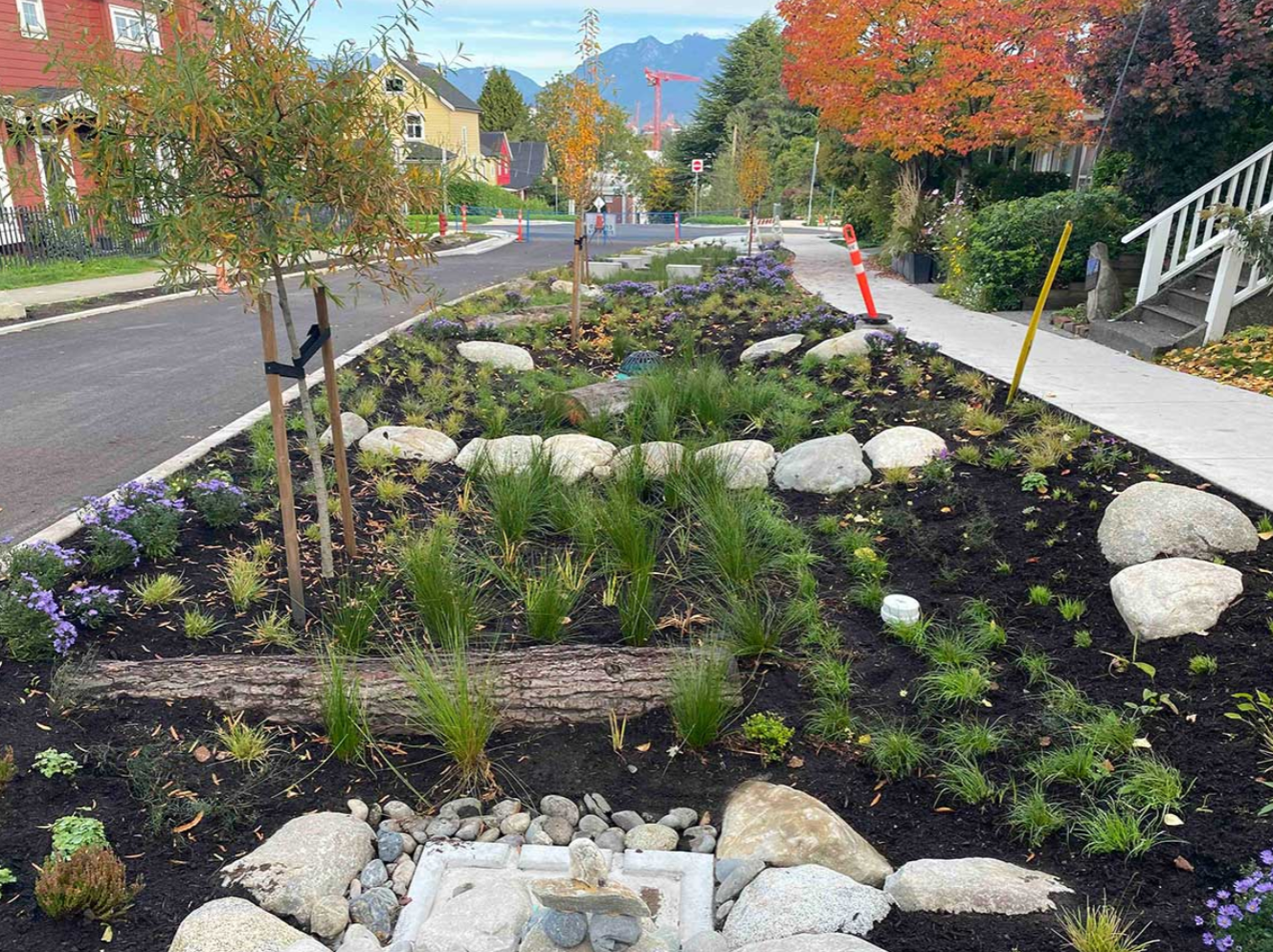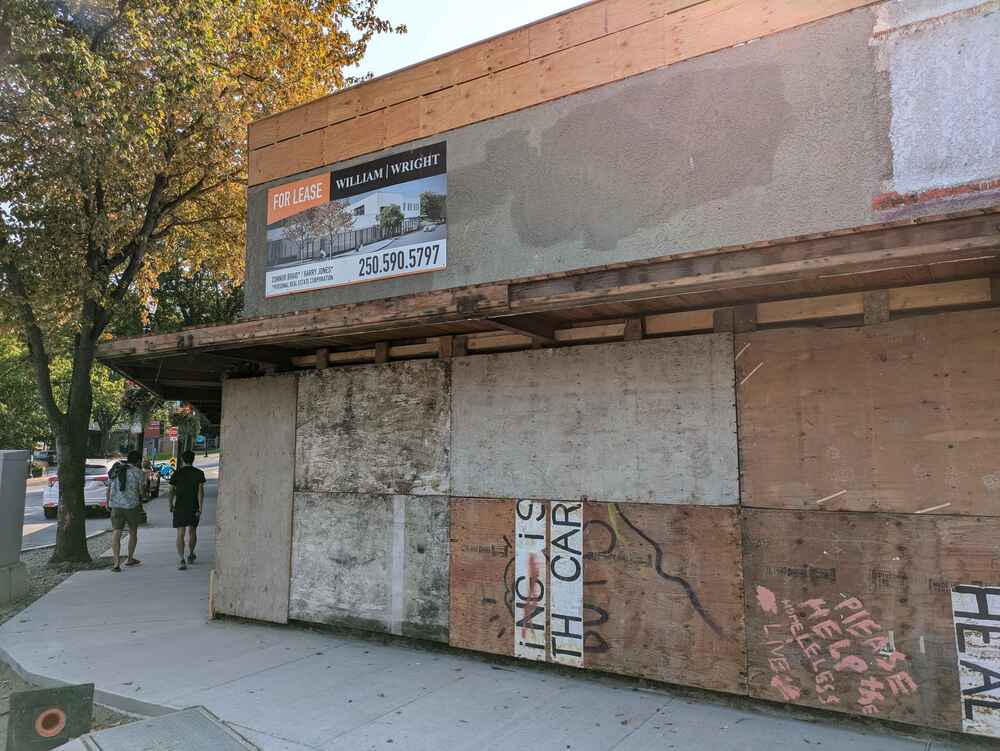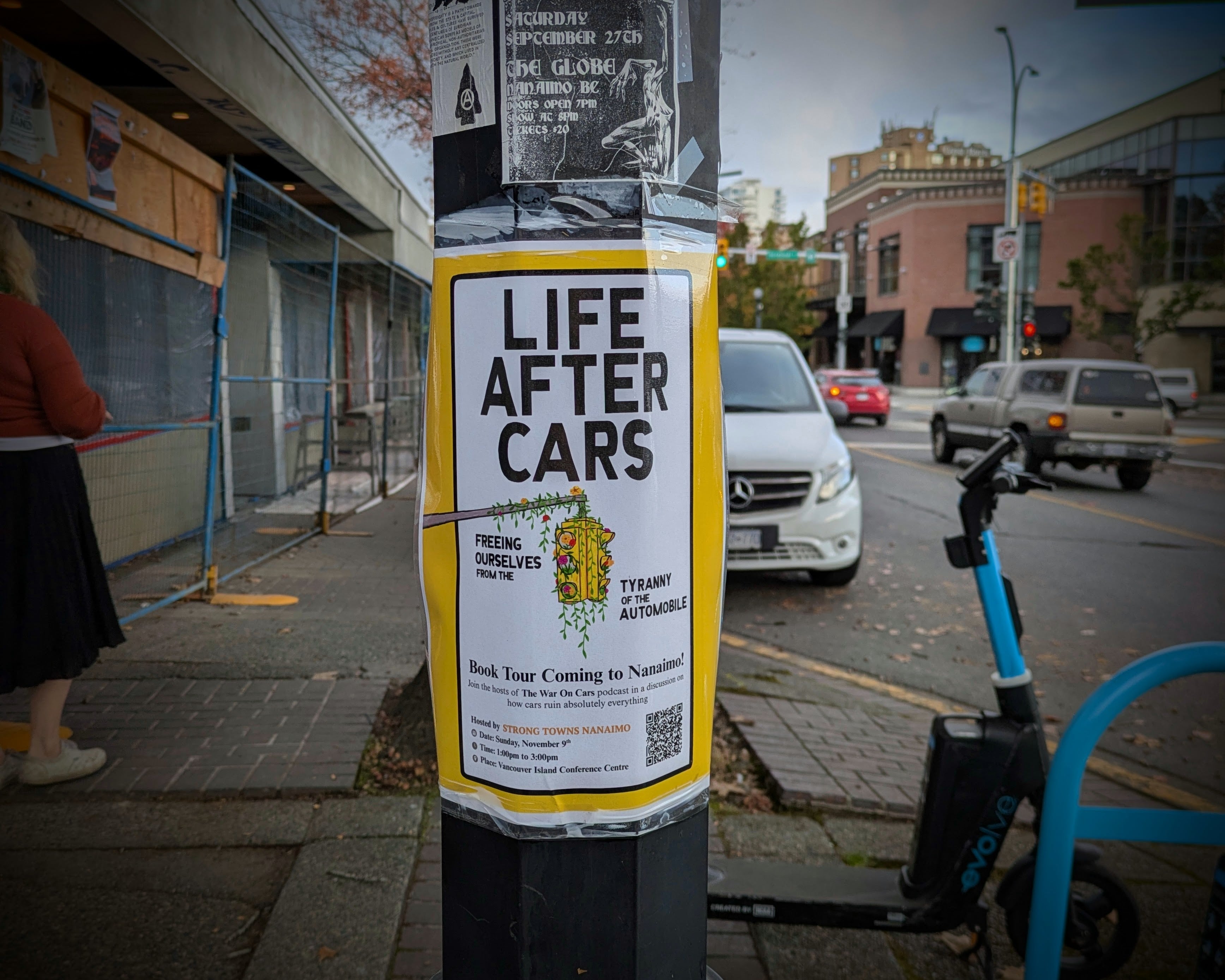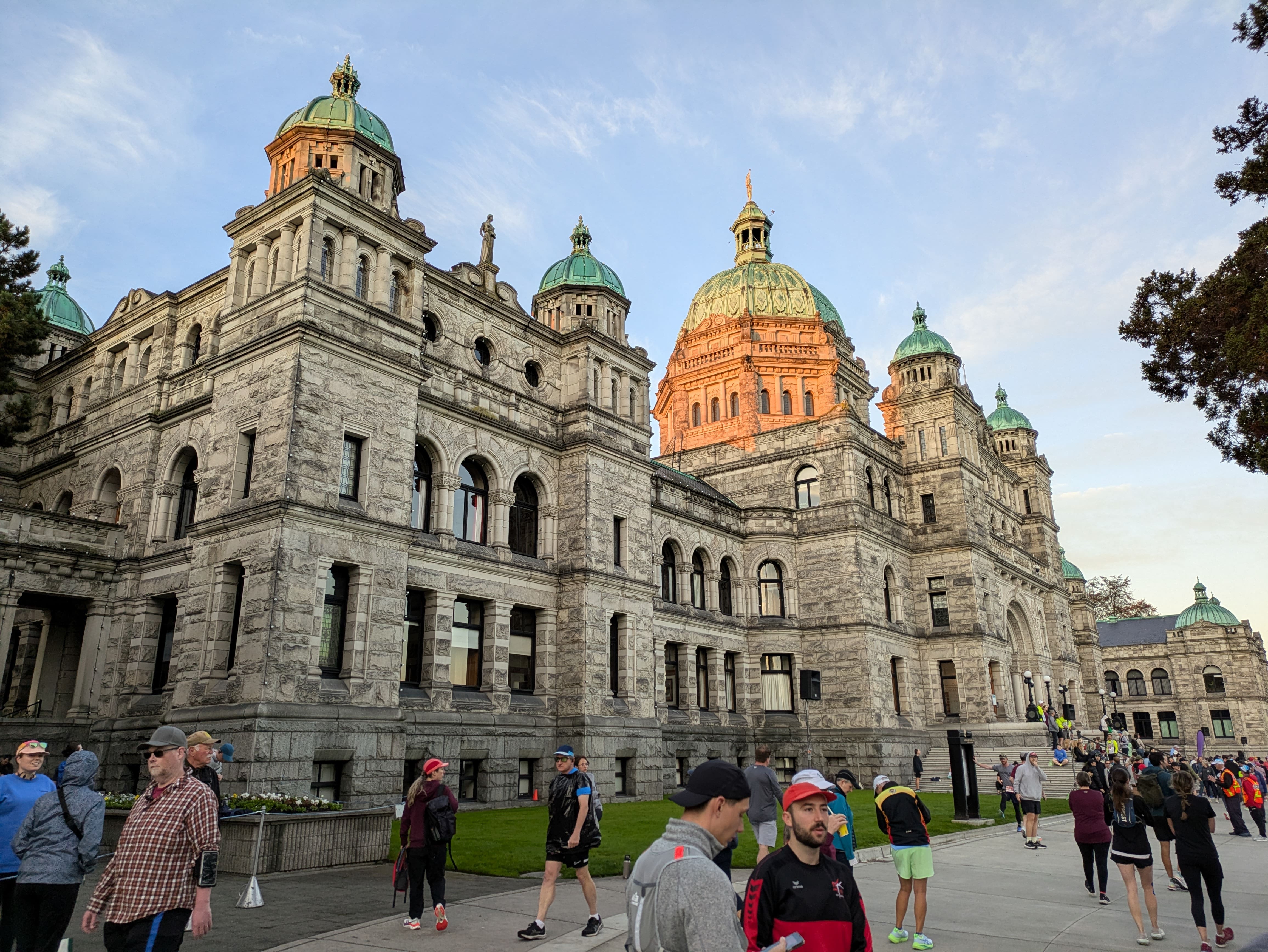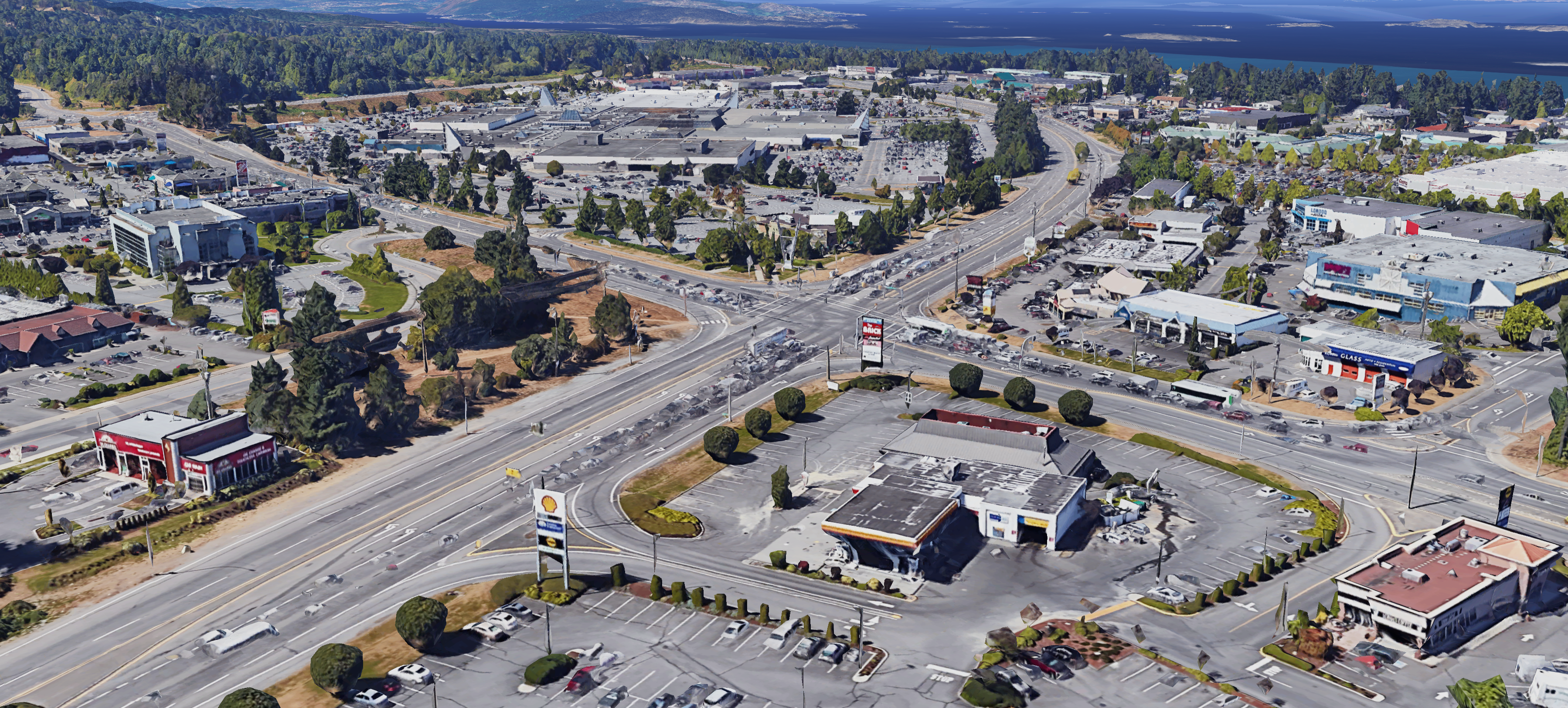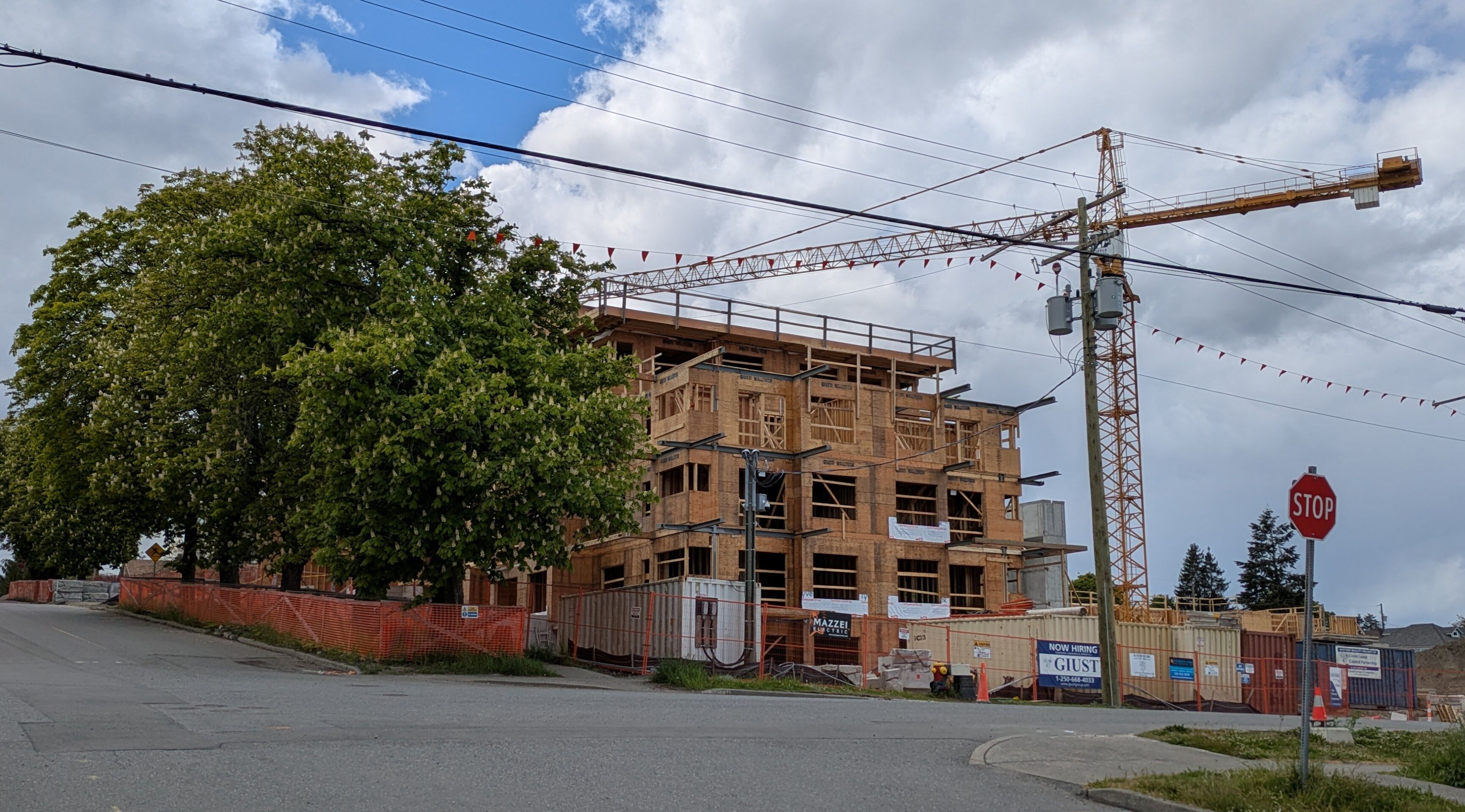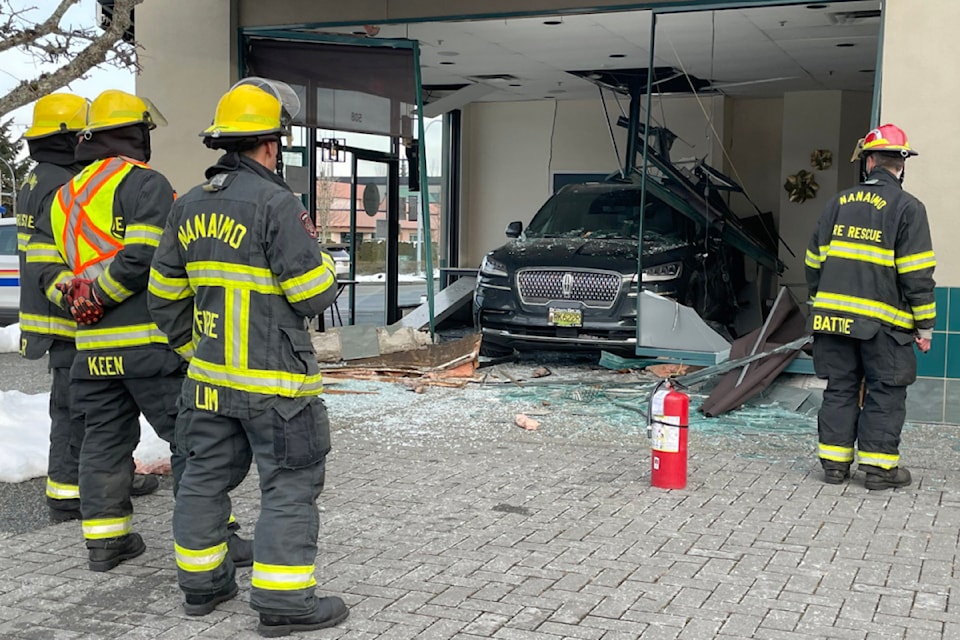- What’s “Missing Middle Housing” Anyways?
- Why We Should Build More Missing Middle Housing
- How Nanaimo Can Build More Missing Middle Housing
- Nanaimo’s Missing Middle Gallery
- Nanaimo Neighbourhood Gallery
Nanaimo’s best neighbourhoods aren’t homogeneous. They’re diverse, eclectic, varied, and textured. They feature housing of all shapes and sizes. They house young families and aging souls alike. This is a collaborative project with Sidewalking Victoria showcasing our city’s diverse housing types.
What’s “Missing Middle Housing” Anyways?
Imagine a typical neighbourhood with homes. You might notice that there are large apartment buildings or high-rise condos on one end, and then there are single-family houses with yards on the other end. However, what’s often “missing” in many neighbourhoods is the middle ground or the in-between.
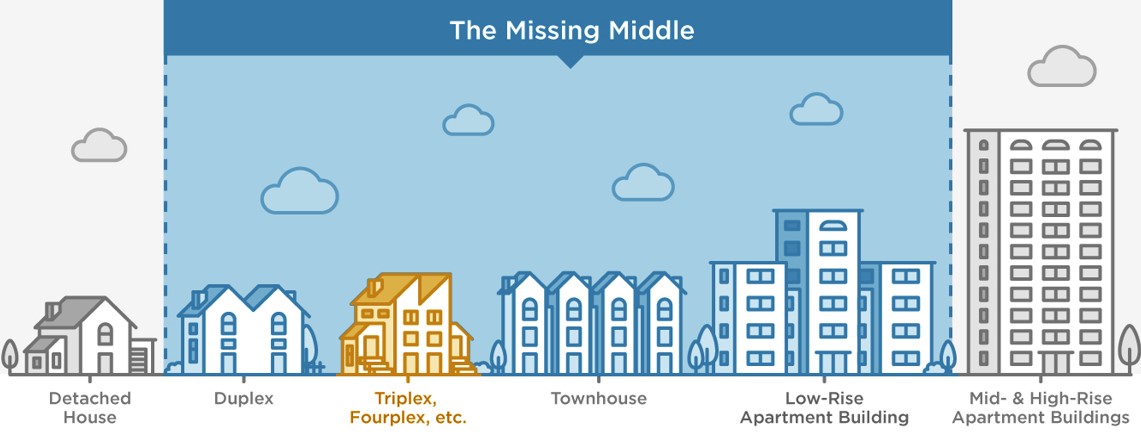 Various “Missing Middle” Housing Options (City of Vancouver)
Various “Missing Middle” Housing Options (City of Vancouver)
Missing middle housing refers to a range of housing options that fall between those two extremes mentioned earlier. These are housing types that are more diverse and can cater to different needs and lifestyles. They are often designed to fit into existing neighbourhoods in a way that complements the existing character while providing more housing choices.
Why We Should Build More Missing Middle Housing
By encouraging the development of missing middle housing, cities can create more diverse, vibrant, and sustainable communities that meet the changing needs of their residents. Building more missing middle housing is a holistic approach that addresses various urban challenges, from affordability and housing shortages to community-building and sustainable development. It’s a way to create more inclusive, vibrant, and resilient cities that can accommodate the diverse needs of their residents.
Increasing Overall Housing Supply
Many cities are facing housing shortages and rising property prices, making it challenging for people to find affordable homes. By introducing missing middle housing options, we can increase the overall housing supply, providing more choices for potential buyers and renters.
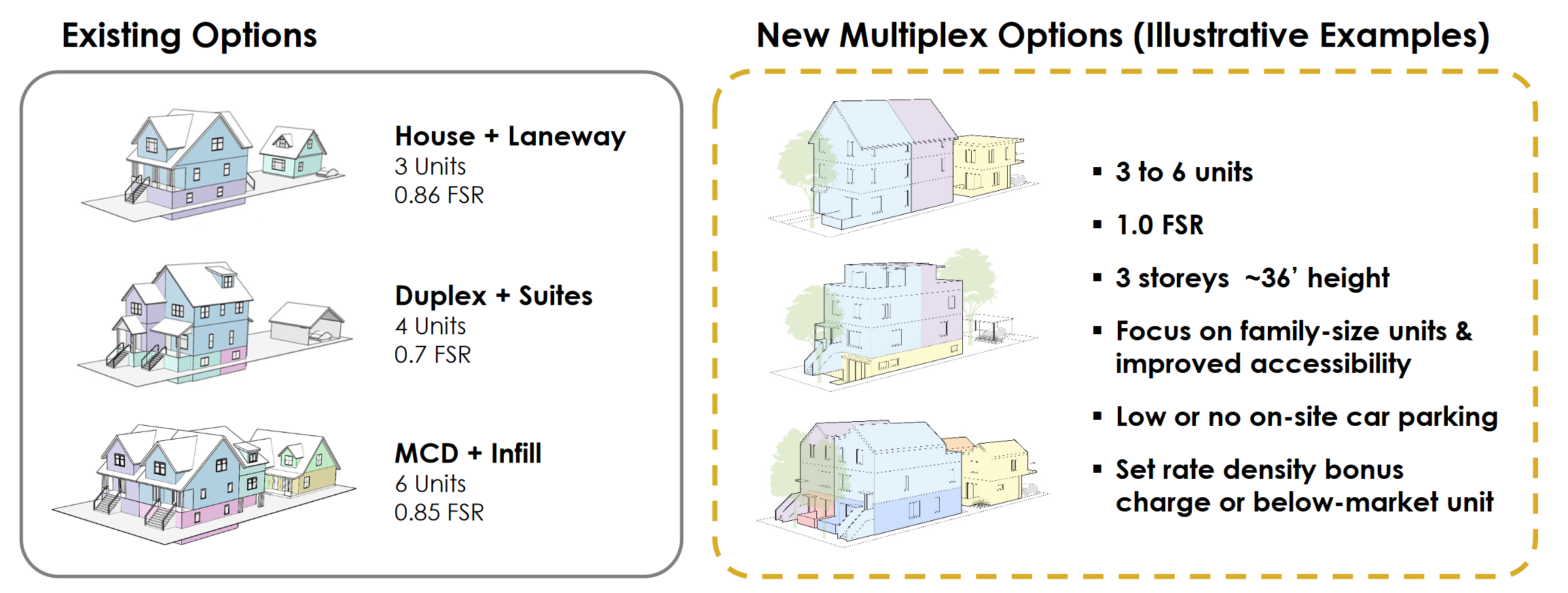 Missing Middle Housing Expands Housing Supply Through a Wider Variety of Housing Forms (City of Vancouver)
Missing Middle Housing Expands Housing Supply Through a Wider Variety of Housing Forms (City of Vancouver)
Cities and regions around the world are experiencing housing shortages. The demand for housing is often outpacing the rate at which new homes are being built. This mismatch between demand and supply results in skyrocketing property prices, making it increasingly difficult for people, especially those with lower incomes, to find affordable housing options.
Improving Housing Affordability for All
Missing middle housing often offers more affordable options compared to large single-family homes or high-rise apartments. This can help address the issue of housing affordability and provide opportunities for people with lower incomes to find suitable housing in desirable neighbourhoods.
 Two Extremes of Affordability; Missing Middle Housing Fills in the Gaps (Opticos Design)
Two Extremes of Affordability; Missing Middle Housing Fills in the Gaps (Opticos Design)
The lack of housing supply not only affects the availability of homes but also drives up housing costs. When demand is high and supply is low, sellers and landlords can raise prices, making it unaffordable for many residents. This can force people to live in overcrowded or substandard housing or push them to commute long distances from more affordable areas.
Offering Housing Diversity
People have diverse lifestyles, preferences, and family sizes. Missing middle housing provides a wider range of housing choices, accommodating various needs, from singles and young couples to families and older individuals. This diversity can lead to more inclusive communities.
 Variety of Housing Forms (Opticos Design)
Variety of Housing Forms (Opticos Design)
Large apartment buildings and single-family homes are not the only solutions. By introducing a variety of missing middle housing options, such as townhouses, duplexes, triplexes, and accessory dwelling units (ADUs), we can densify existing neighborhoods in a thoughtful and balanced way.
Improving Walkability in Neighbourhoods
Many missing middle housing options are designed to be located in or near existing neighbourhoods, promoting walkability and reducing the dependence on cars. This can lead to more pedestrian-friendly communities and contribute to reduced traffic congestion and improved air quality.
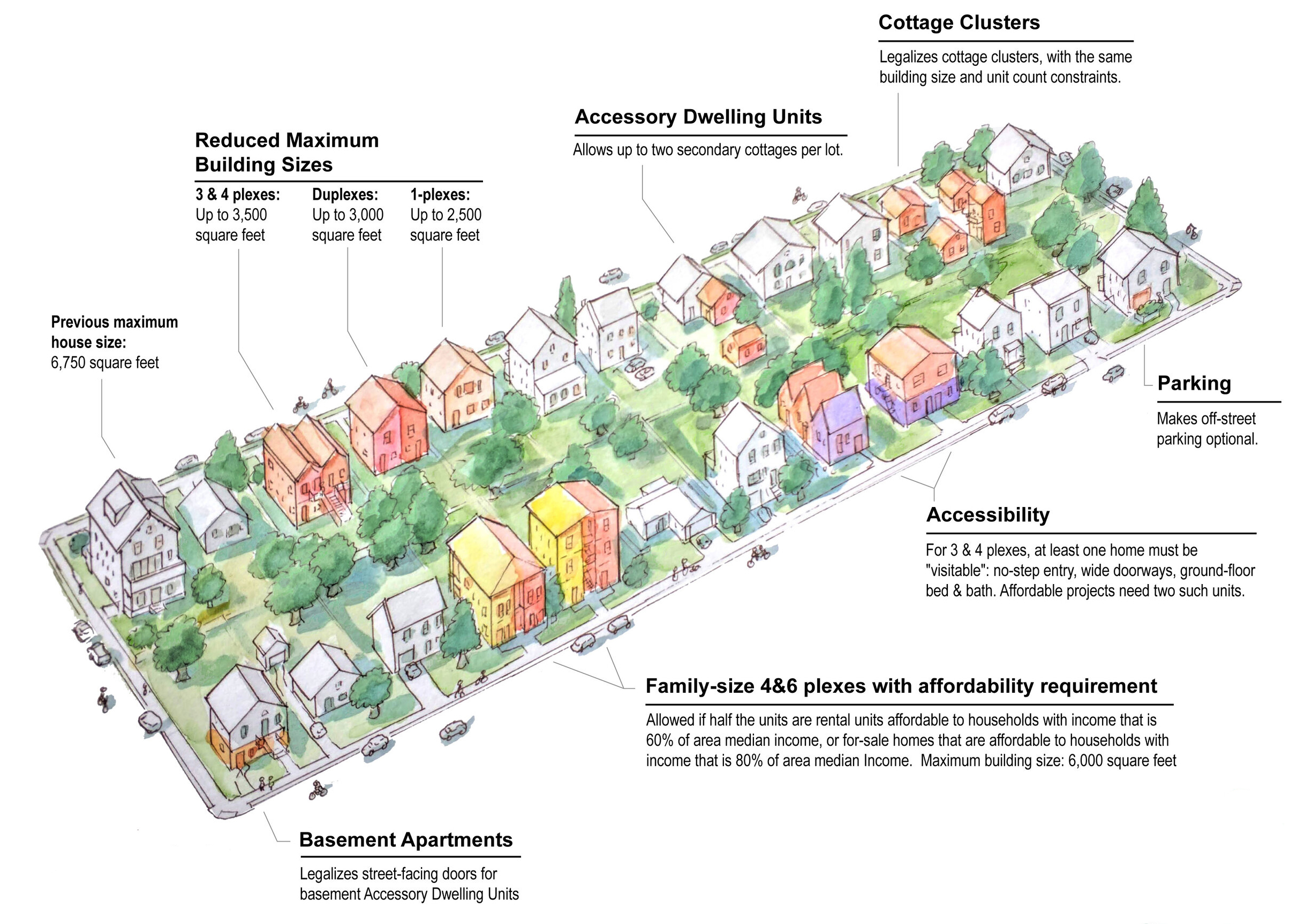 Denser Neighbourhoods Lead to More Walkable Human Spaces (Sightline Institute)
Denser Neighbourhoods Lead to More Walkable Human Spaces (Sightline Institute)
The availability of missing middle housing creates a diverse mix of residents in neighbourhoods. It allows people of various income levels, family sizes, and backgrounds to live in the same area, promoting social integration and creating more vibrant, inclusive communities.
Leveraging Existing Infrastructure, Reduce Urban Sprawl
By developing missing middle housing in already established neighbourhoods, cities can make more efficient use of existing infrastructure, such as utilities, transportation networks, and public services. This can be more cost-effective than building entirely new developments on the outskirts of the city.
Urban sprawl occurs when cities expand horizontally, consuming larger areas of land and leading to increased commuting distances and traffic congestion. Missing middle housing encourages infill development, which means using vacant or underutilized land within established urban areas. This helps to revitalize existing neighbourhoods, reduce urban sprawl, and improve walkability.
How Nanaimo Can Build More Missing Middle Housing
What can Nanaimo do, starting today, to help create more of these beautiful and diverse neighbourhoods? Here are just a couple of policies and actions that can be done to support more of this type of exciting housing in our city.
Amend Nanaimo’s Zoning Codes
There’s a reason you aren’t seeing more Missing Middle Housing. It’s because these types of homes are illegal to build in most parts of Nanaimo. Zoning conditions currently make building anything other than a single-family home in most of Nanaimo an arduous process. If affordability is one of our goals, today’s current zoning makes it so that only developers with the most money and time can put up with all the city’s requirements. These conditions are challenging for smaller local developers who can’t afford the time, risk, and extra money waiting to see if they can be approved by the city to build. If you visit the City of Nanaimo’s zoning map and look for where only Single Dwelling Residential is permitted you will be astounded (you can view Nanaimo’s zoning map here: NanaimoMap). If we want more Missing Middle, our city needs to zone for more diverse housing and give locals the opportunity to reinvest in their community.
Eliminate Parking Minimums
There are many nuanced policies and approaches that can be applied especially to each community, but there is one policy that is clearly damaging everywhere it exists: parking minimums. Parking minimums are the number of required parking spaces the city sets to be constructed in order for a business or developer to open their doors or start a project.
Parking minimums are arbitrary, expensive, do not match Nanaimo’s climate goals, and perhaps worst of all, they make it hard for small businesses to build an affordable home or start a small business. Nanaimo should remove or greatly weaken parking minimums. People wanting to build in Nanaimo constantly have to ask the city council for reductions in Parking.
This process takes time and money and is another contributing factor to why Missing Middle is ‘Missing.’ Eliminating minimums reduces construction costs for developers, encouraging diverse and innovative land use, ultimately creating more resilient and dynamic cities for residents and visitors alike.
Bottom-Up Community Action
On top of policy changes, there are actions we can take as community members to support Missing Middle Housing: advocating and writing to the city council in support of small-scale developments that arise in your neighbourhood, inquiring with local developers if you think you might be able to support Missing Middle on your own property, reading about where Missing Middle has succeeded and where it has failed in other cities in the past, and talking to your neighbours. The last thing you could do is start a local conversation (like this one!) about how your city can create places that are productive, affordable, and welcoming to people in all stages of life.
Nanaimo’s Missing Middle Gallery
Our city is already full of great examples of missing middle housing. A lot of walk-ups, duplexes, and co-ops were built at a time before cars dominated our streets, in older neighbourhoods around town. Places like the Old City Quarter, the Hospital, Brechin Hill, Rosehill, and Harewood are far more diverse and equitable places than Nanaimo’s car-dominated Northern neighbourhoods. You can click/tap on any image to enlarge it.
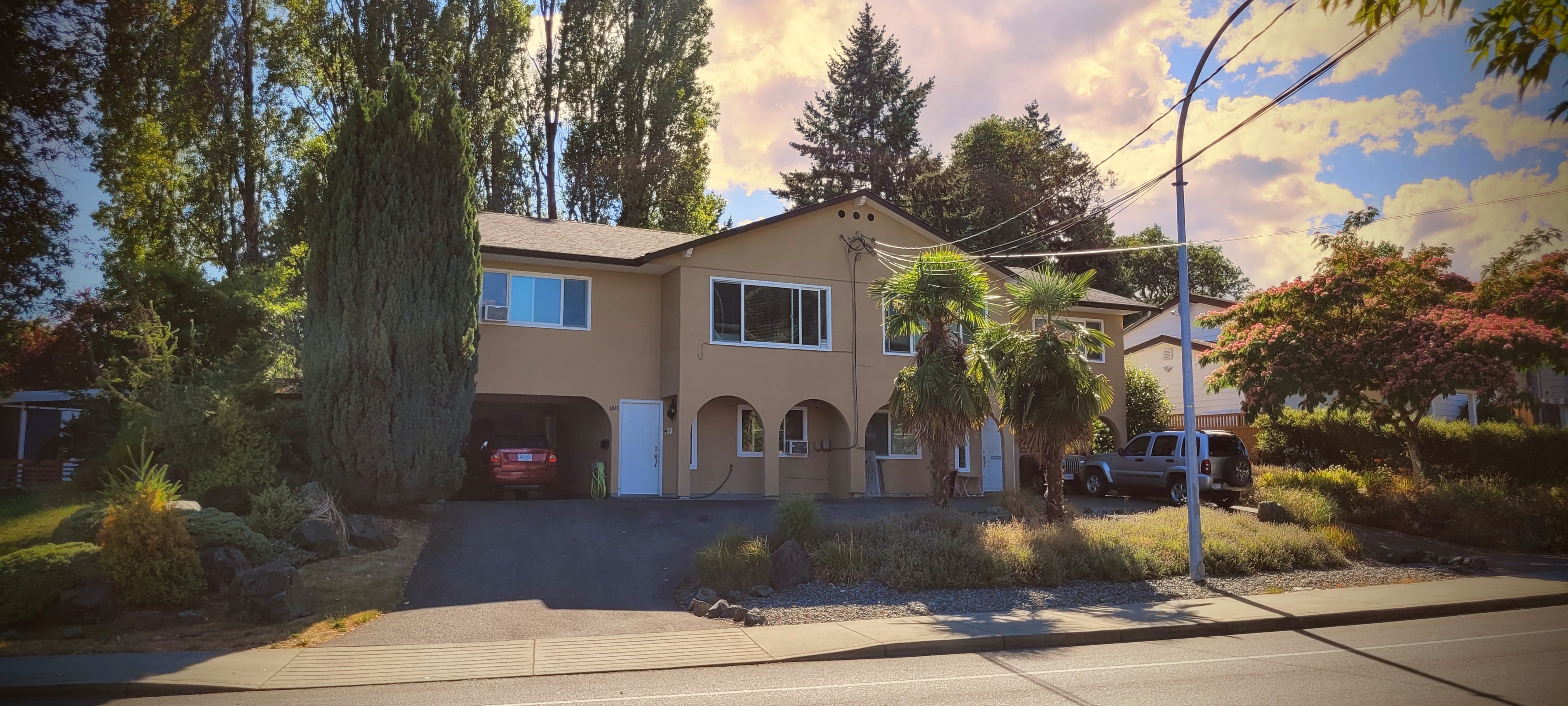
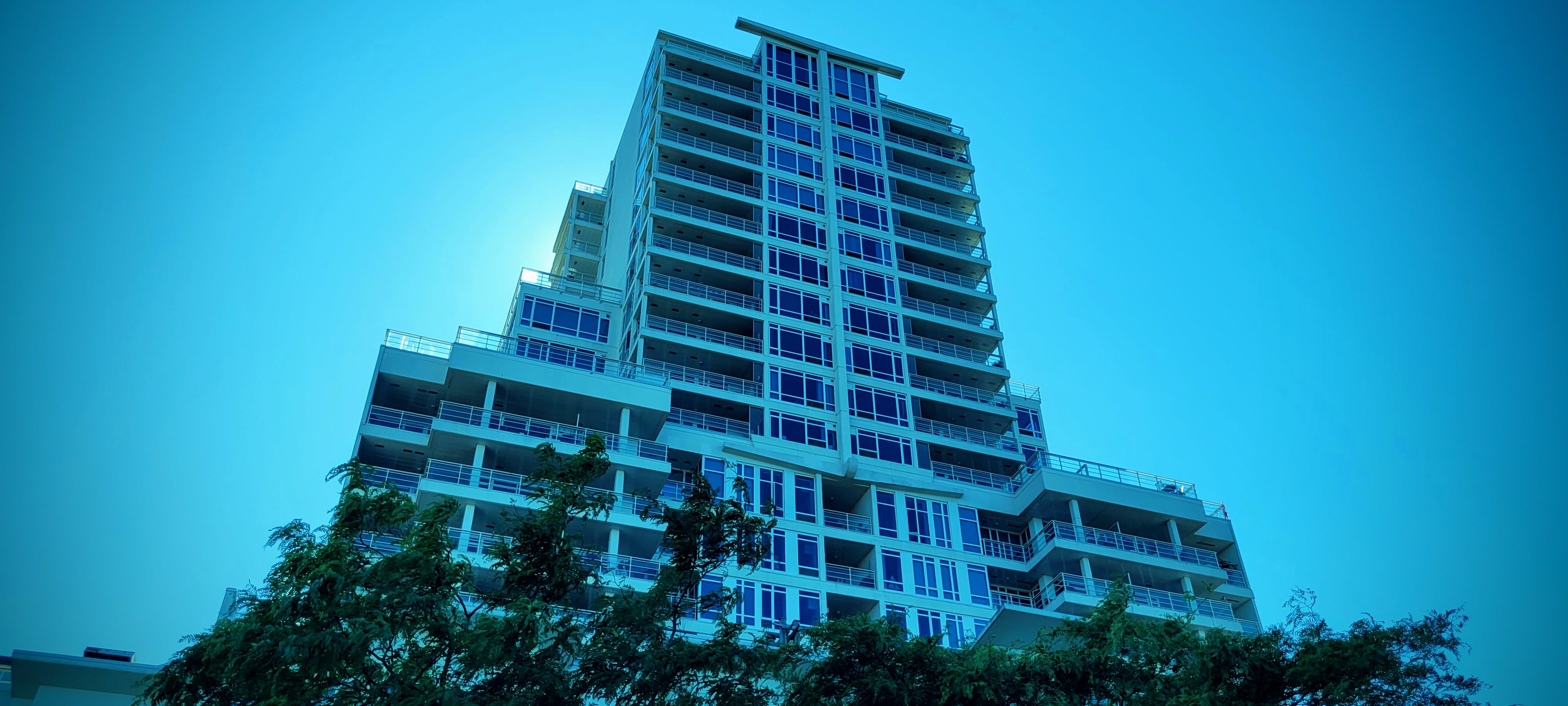
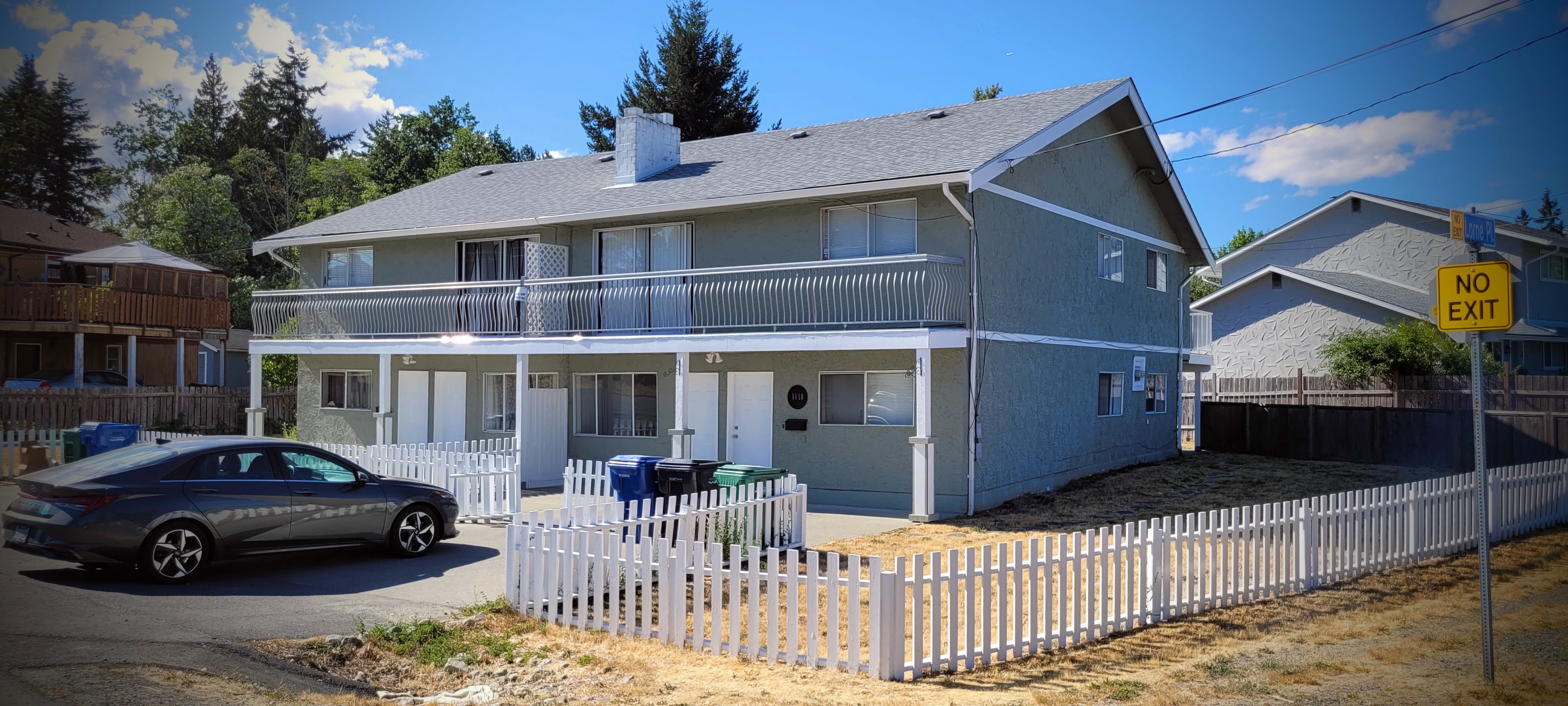
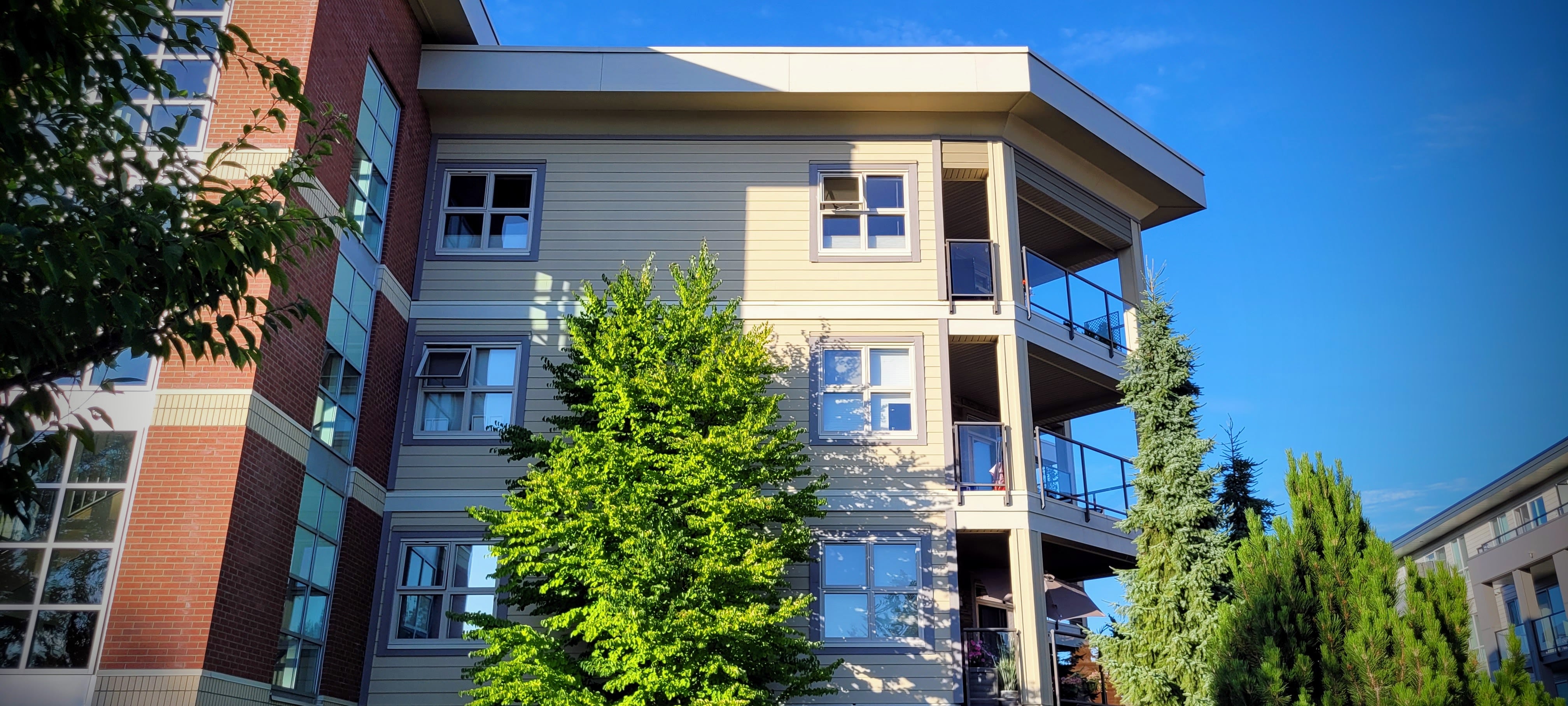
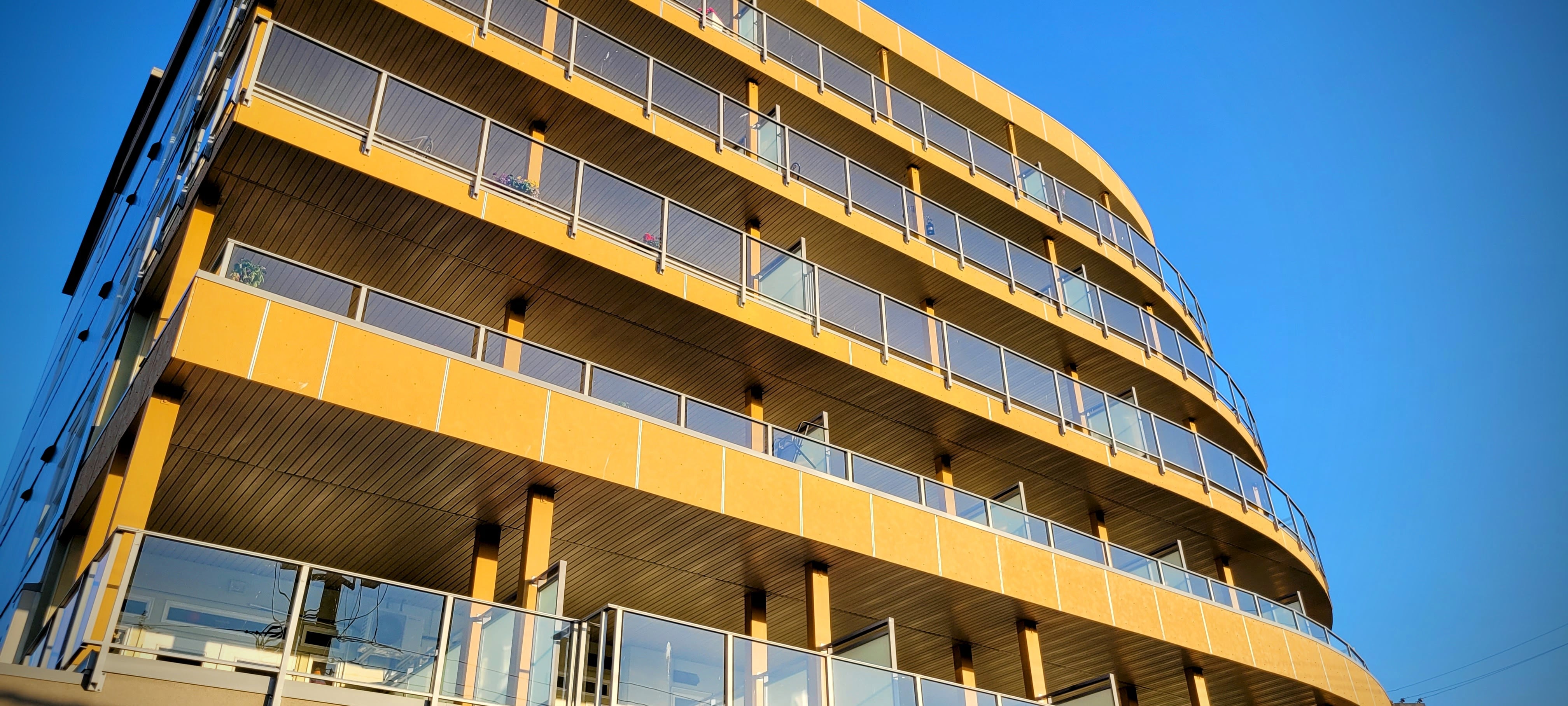
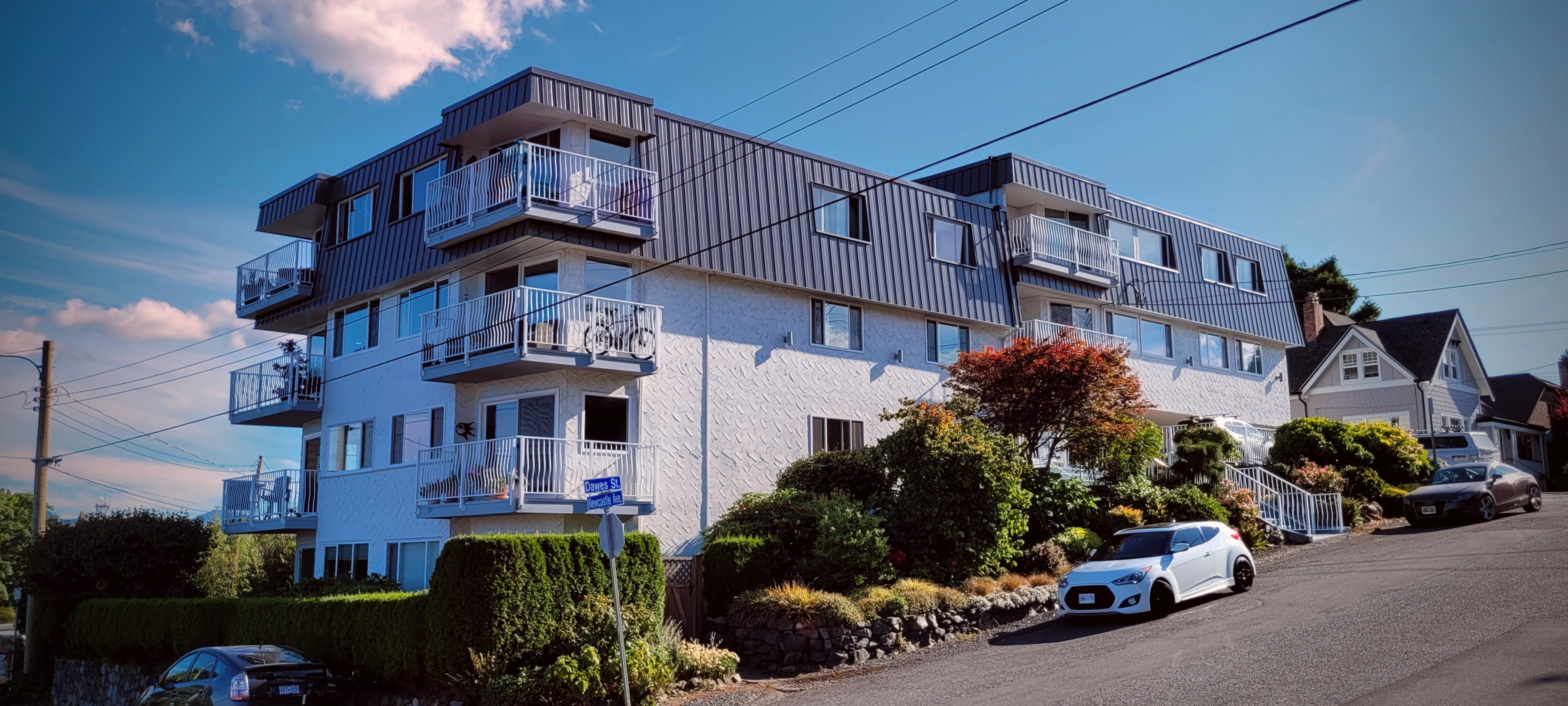
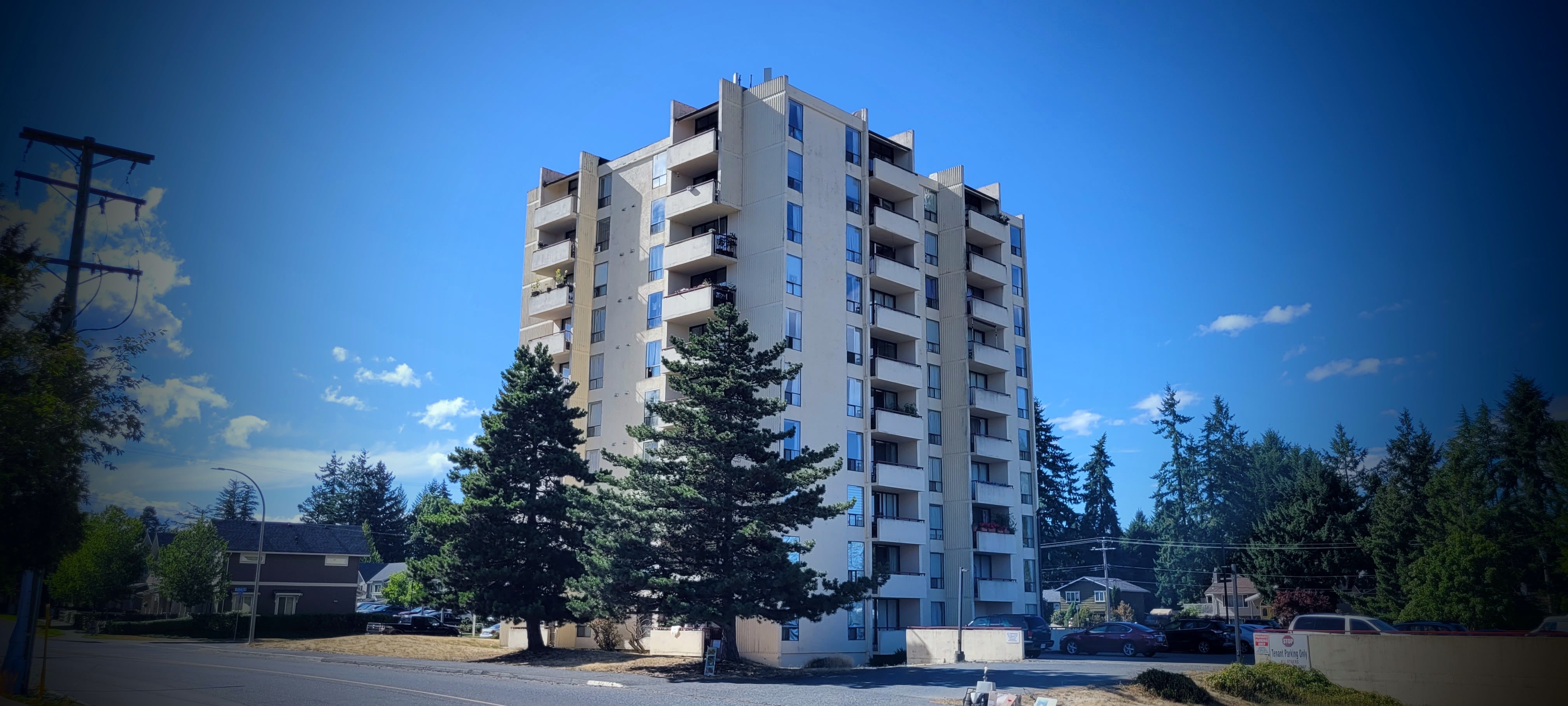
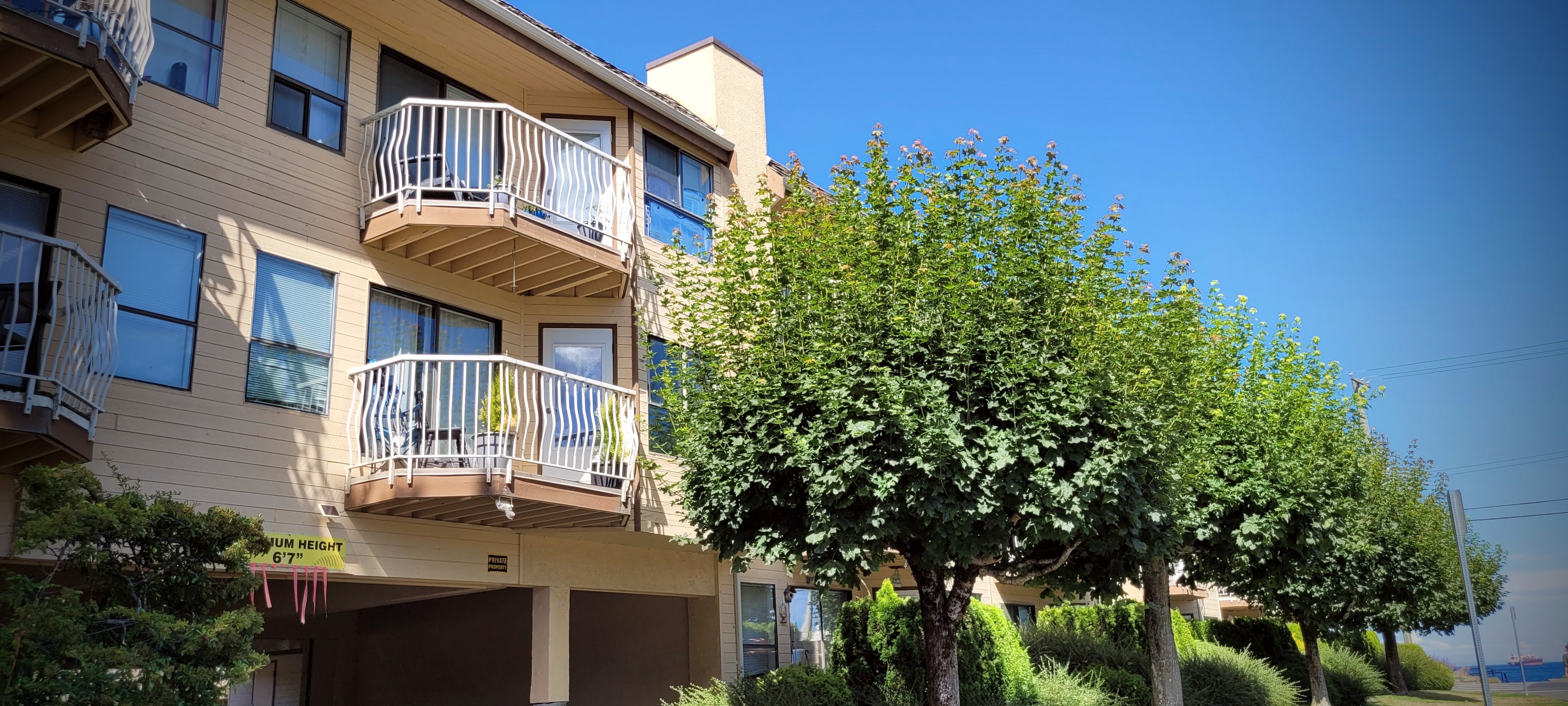
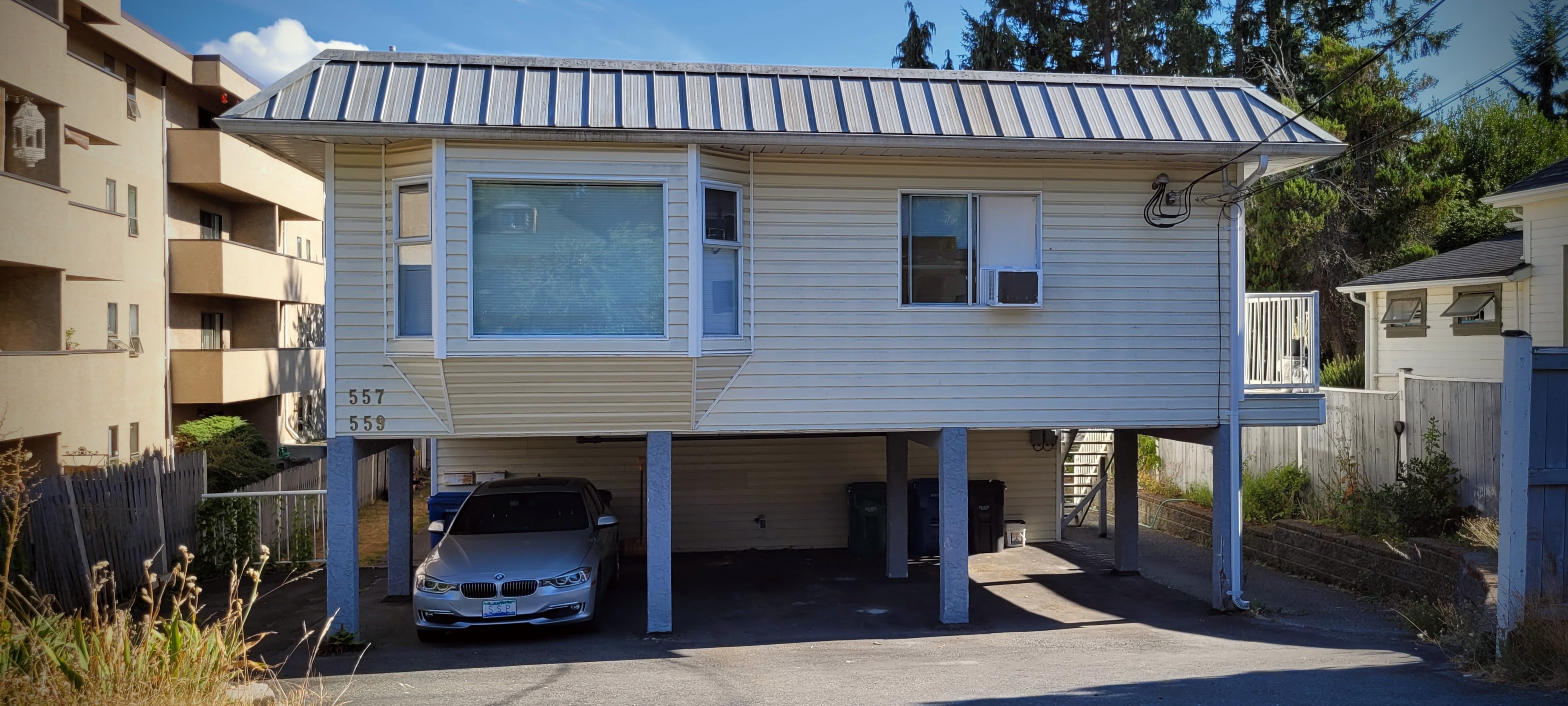
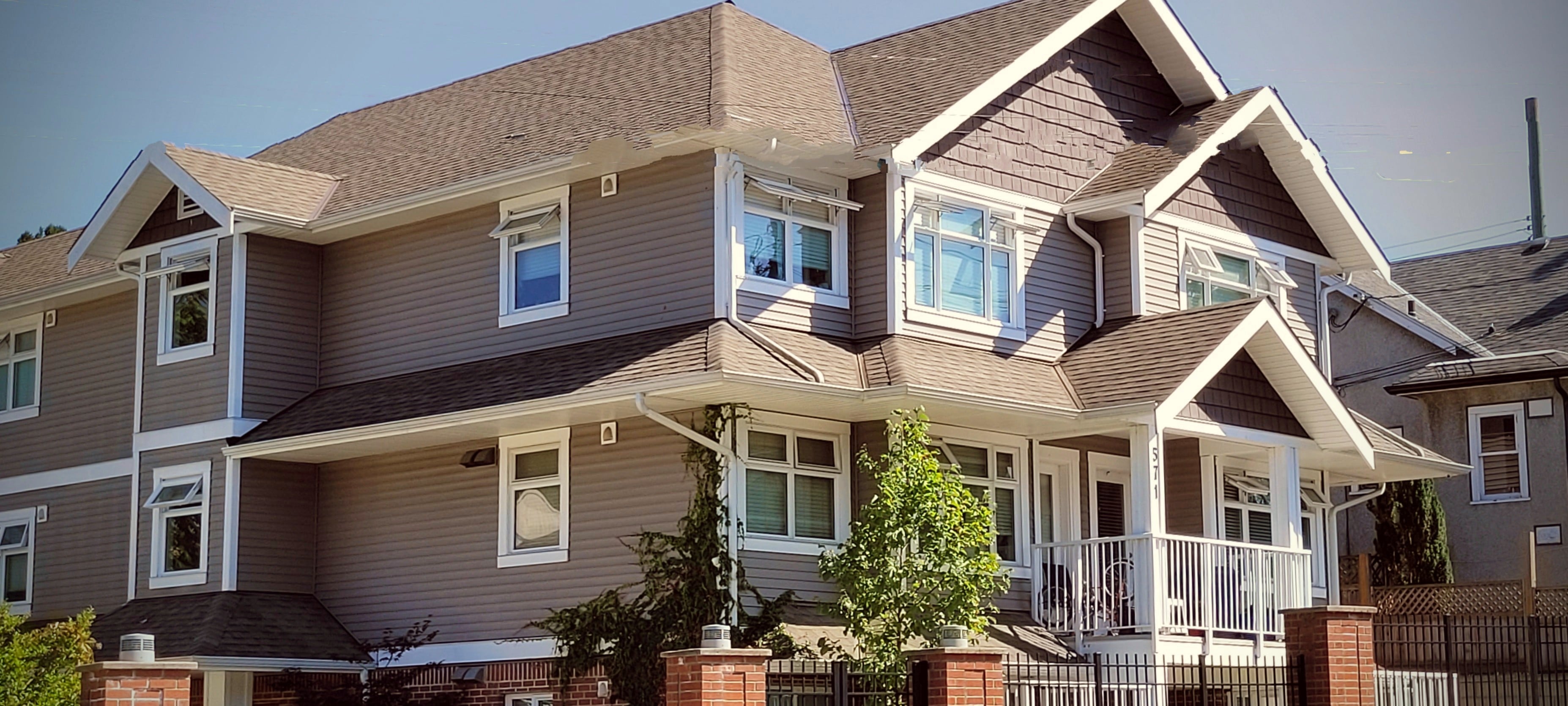
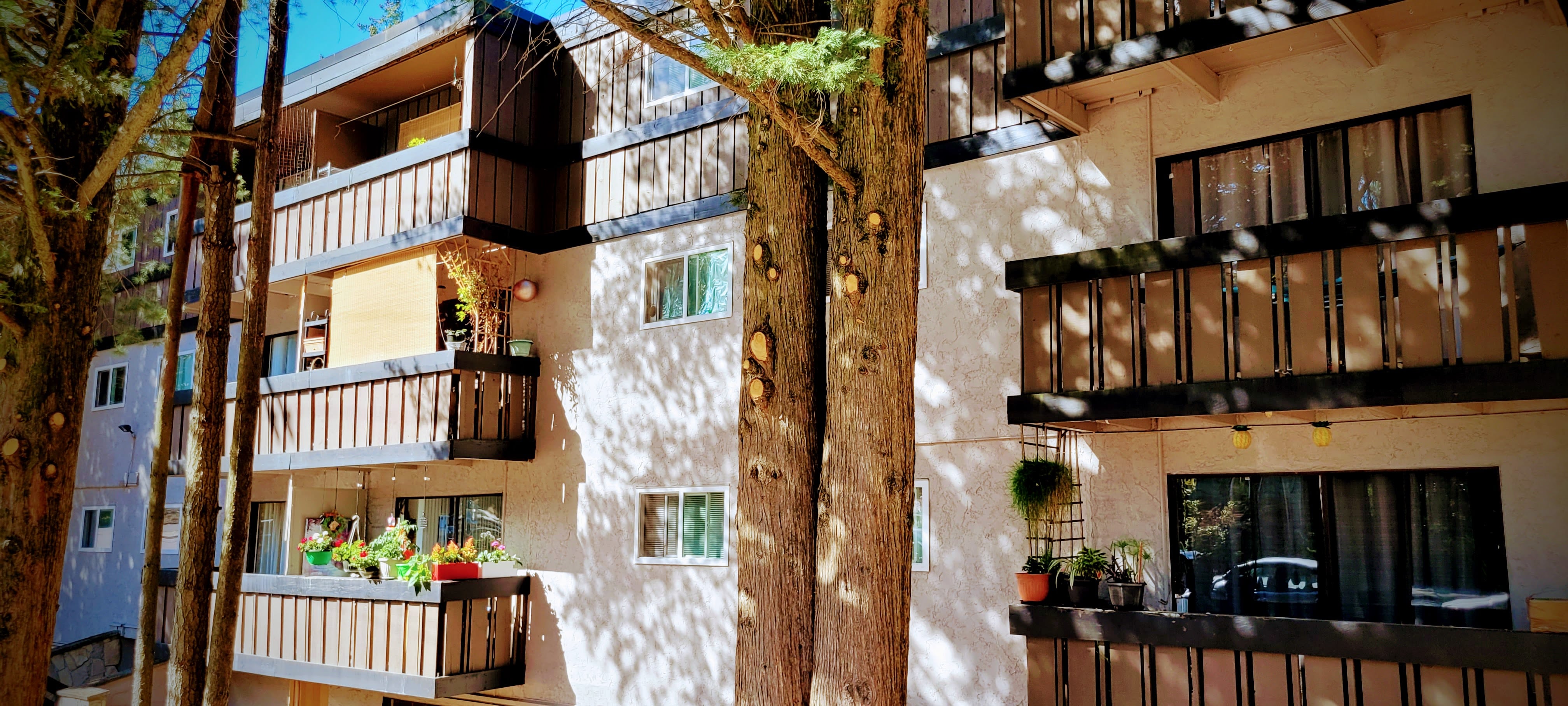
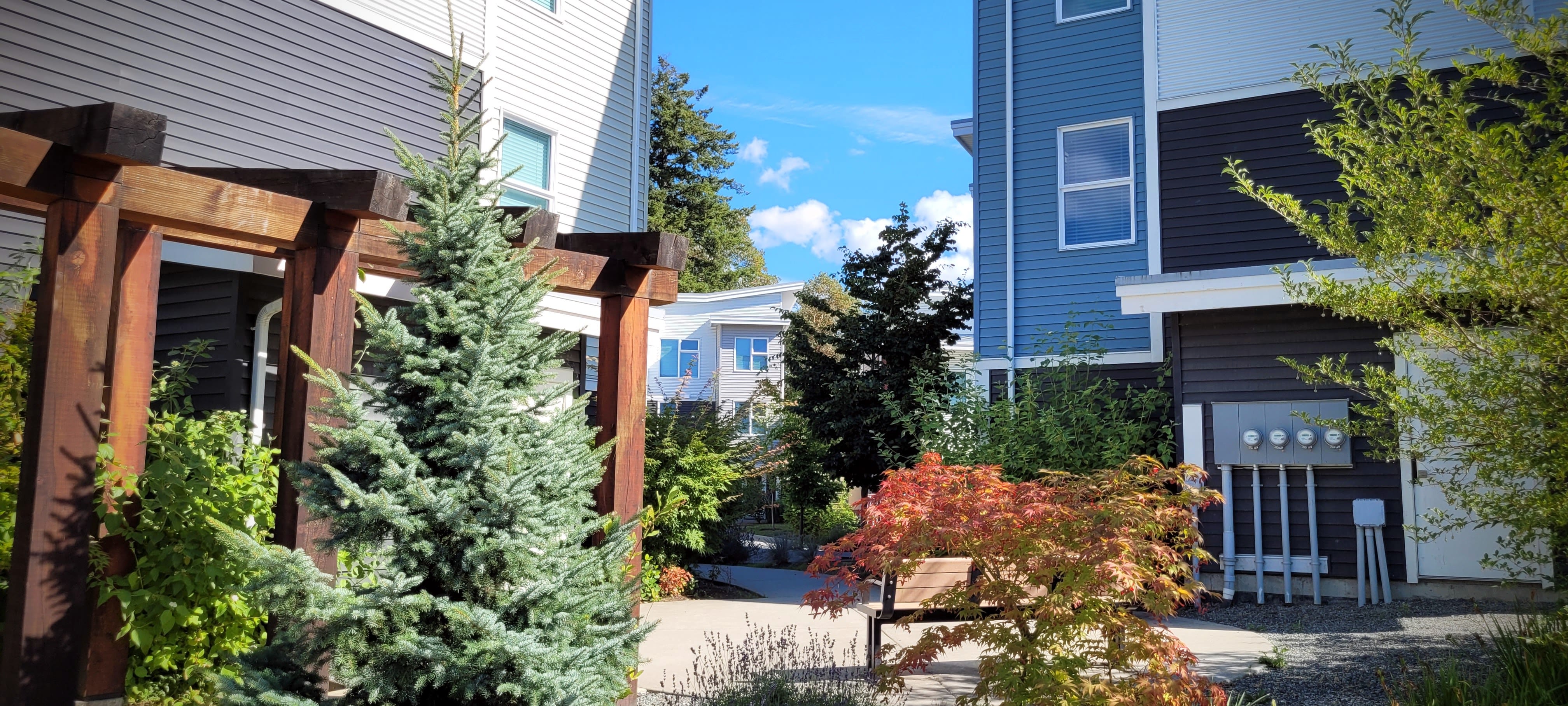
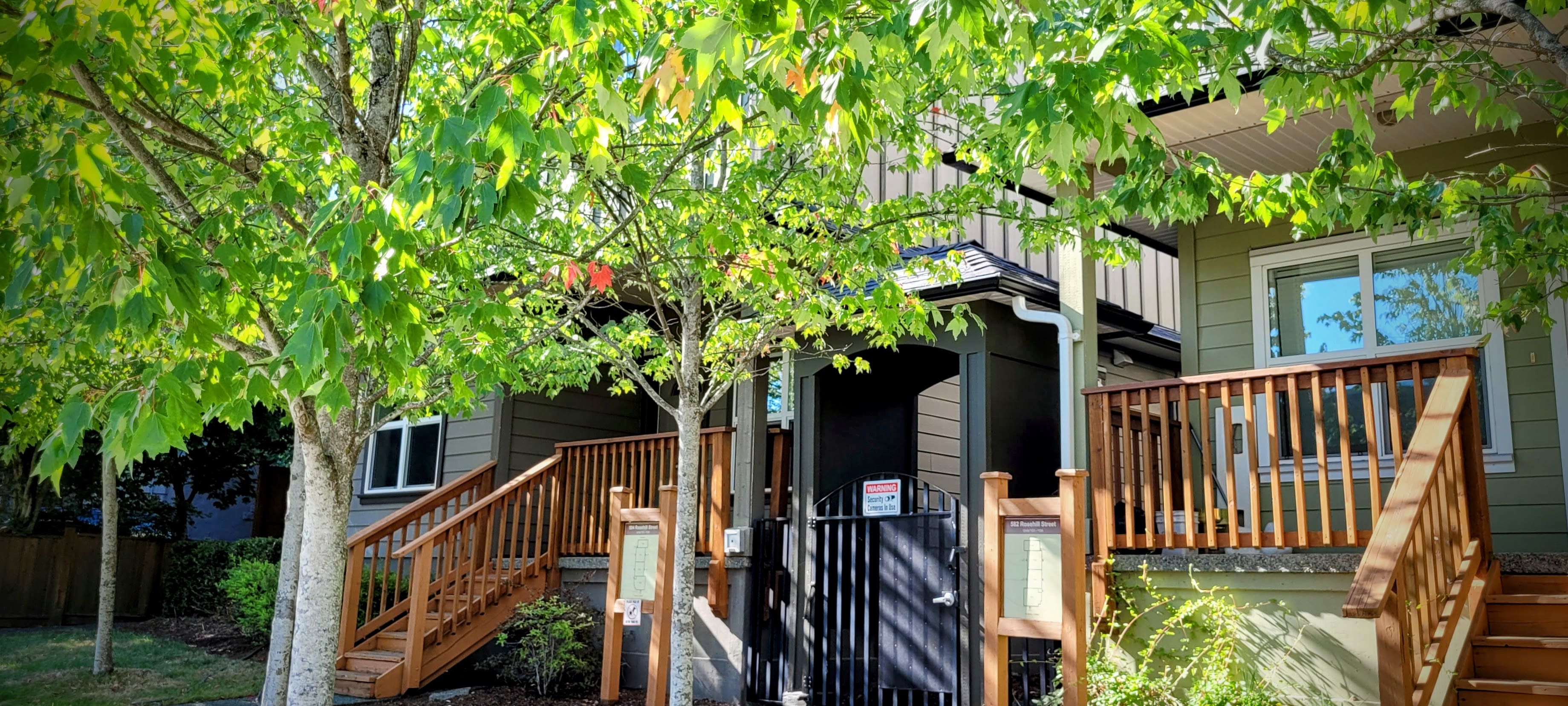
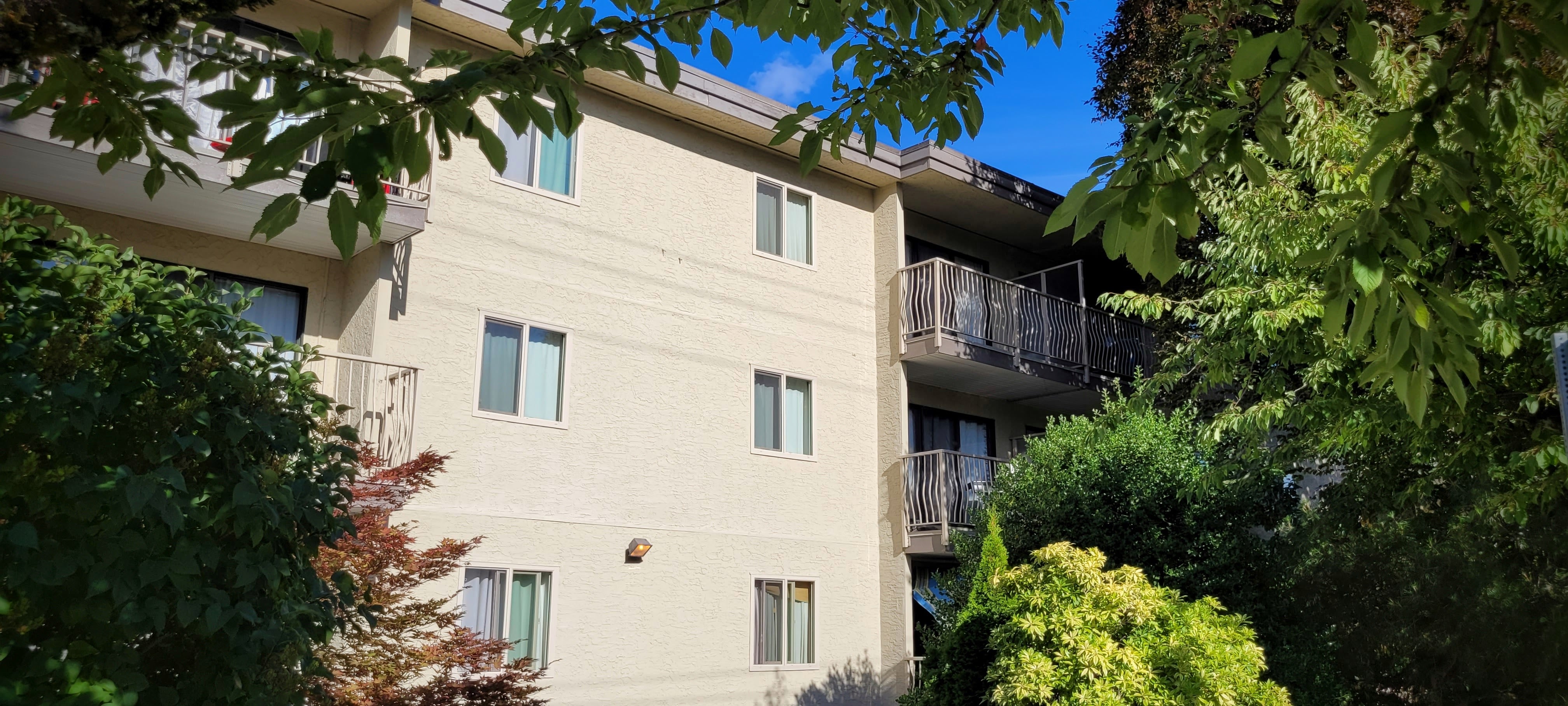
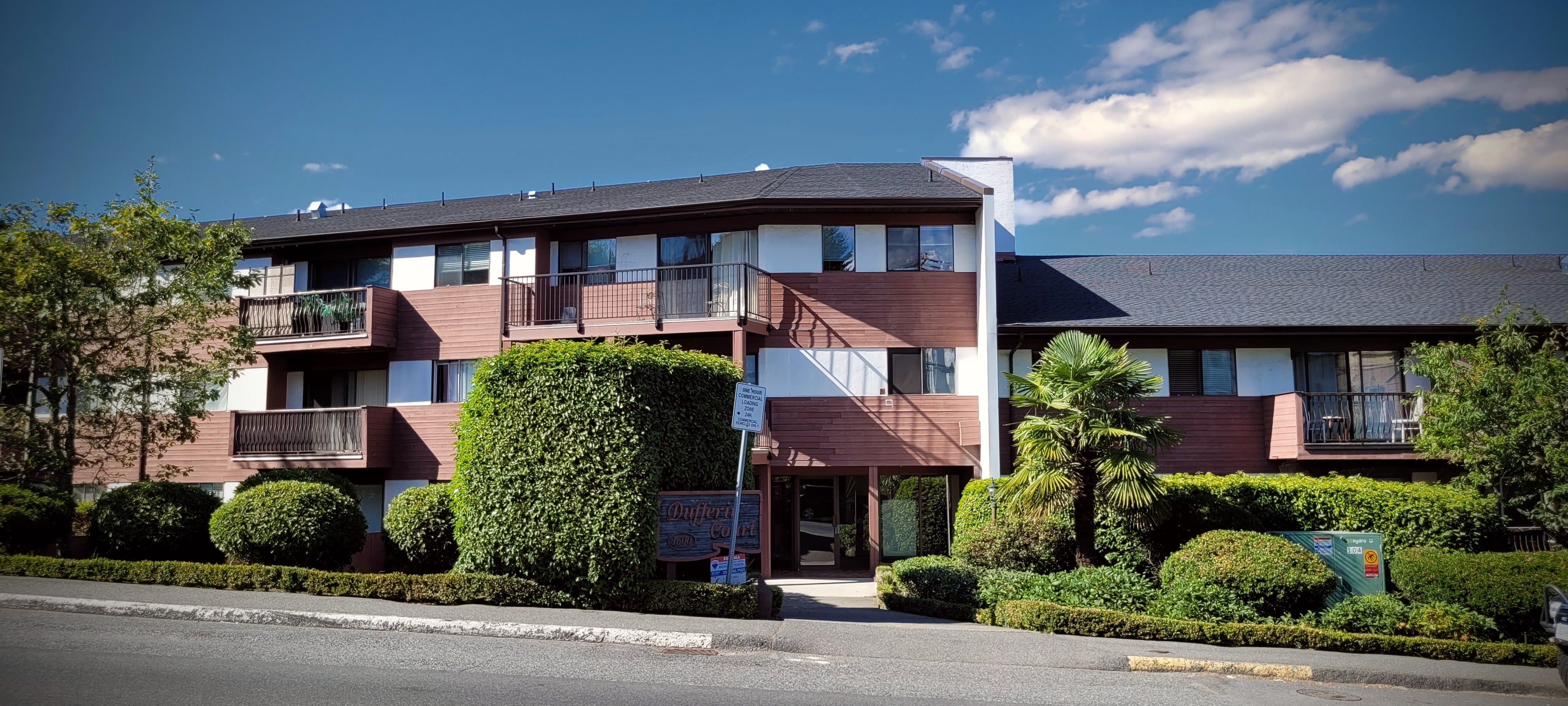
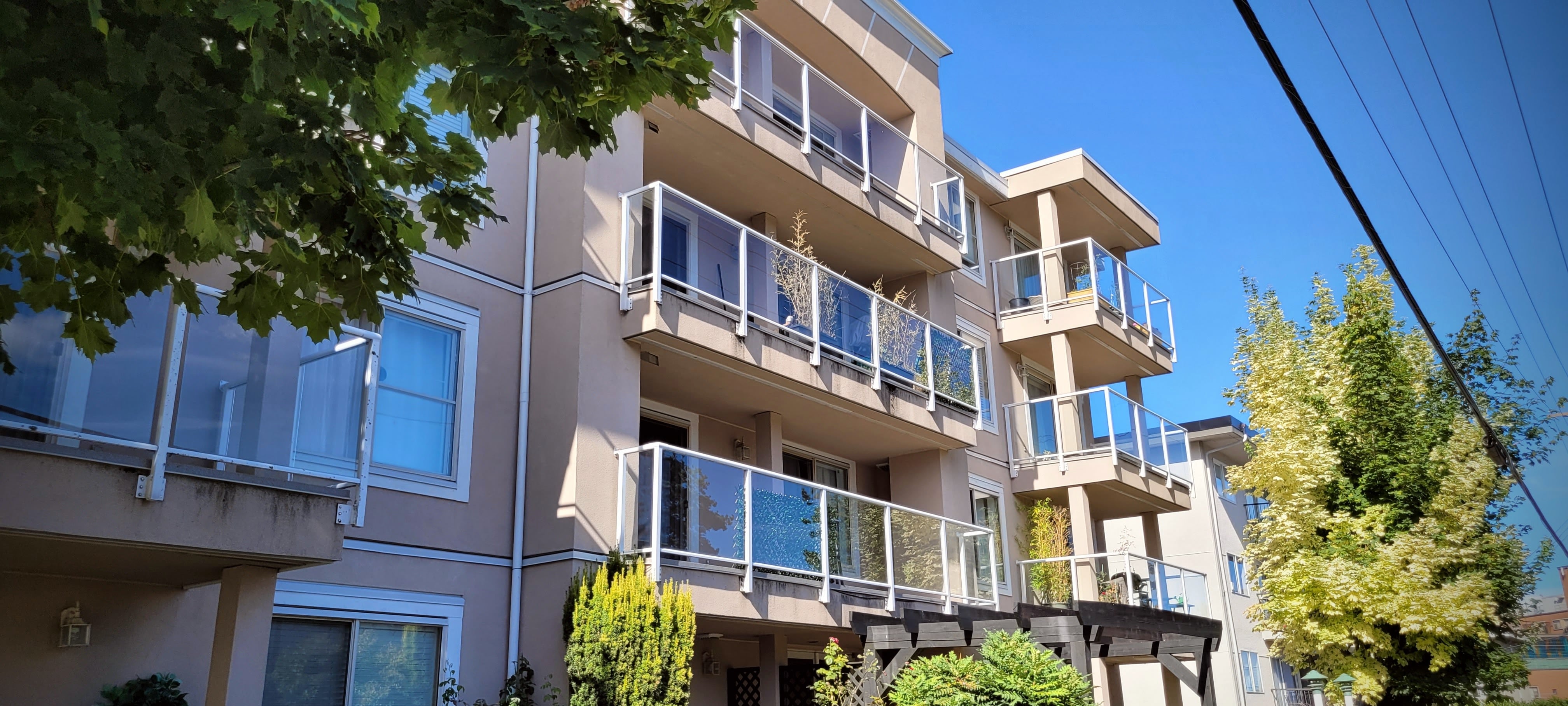
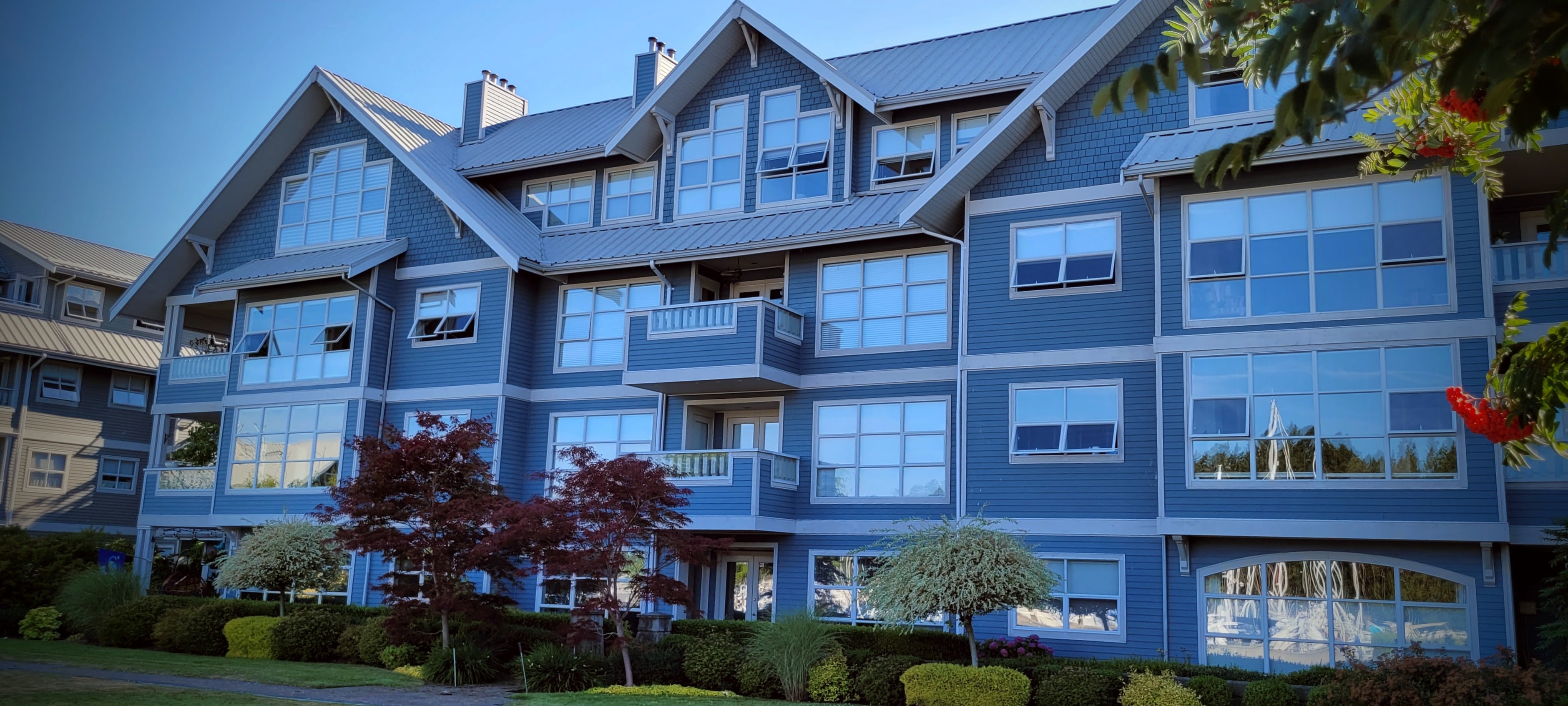
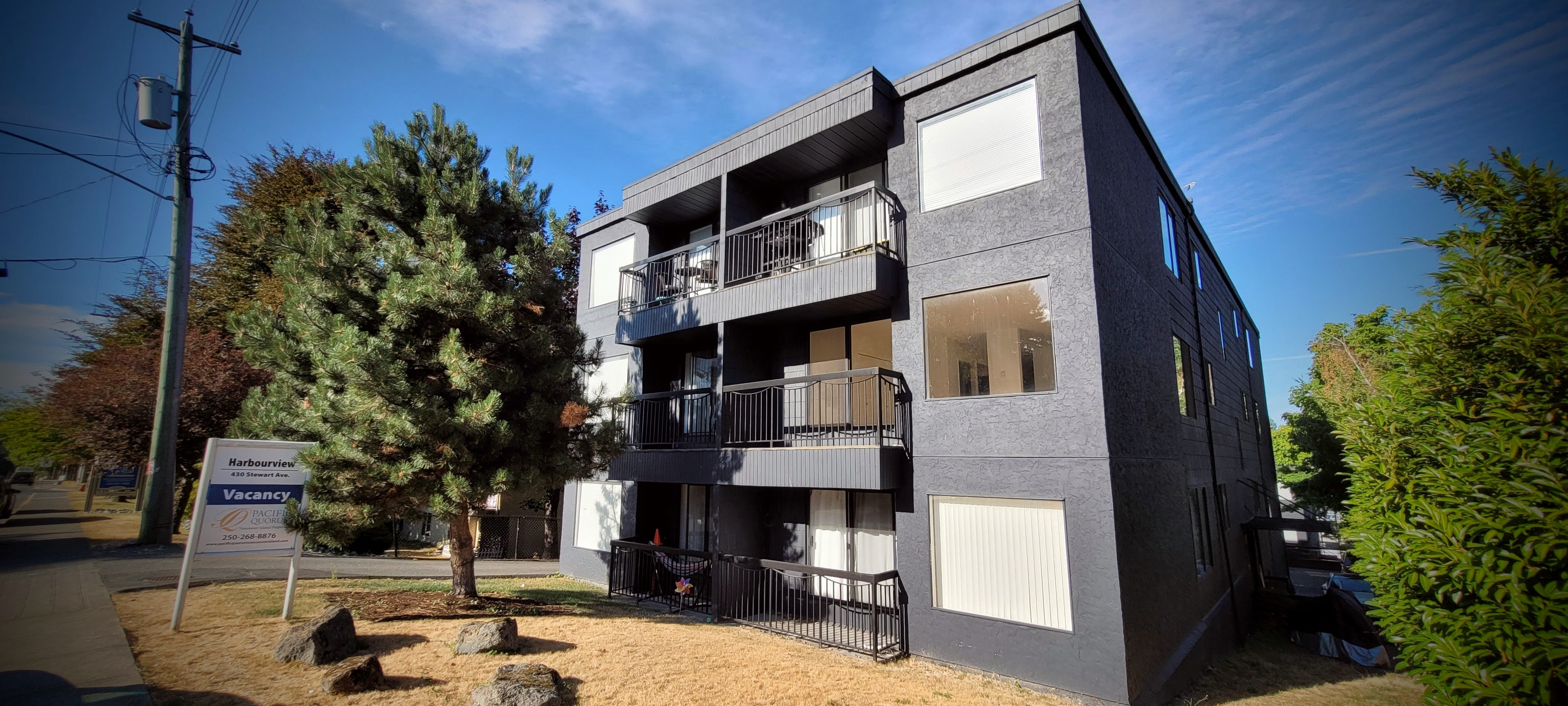
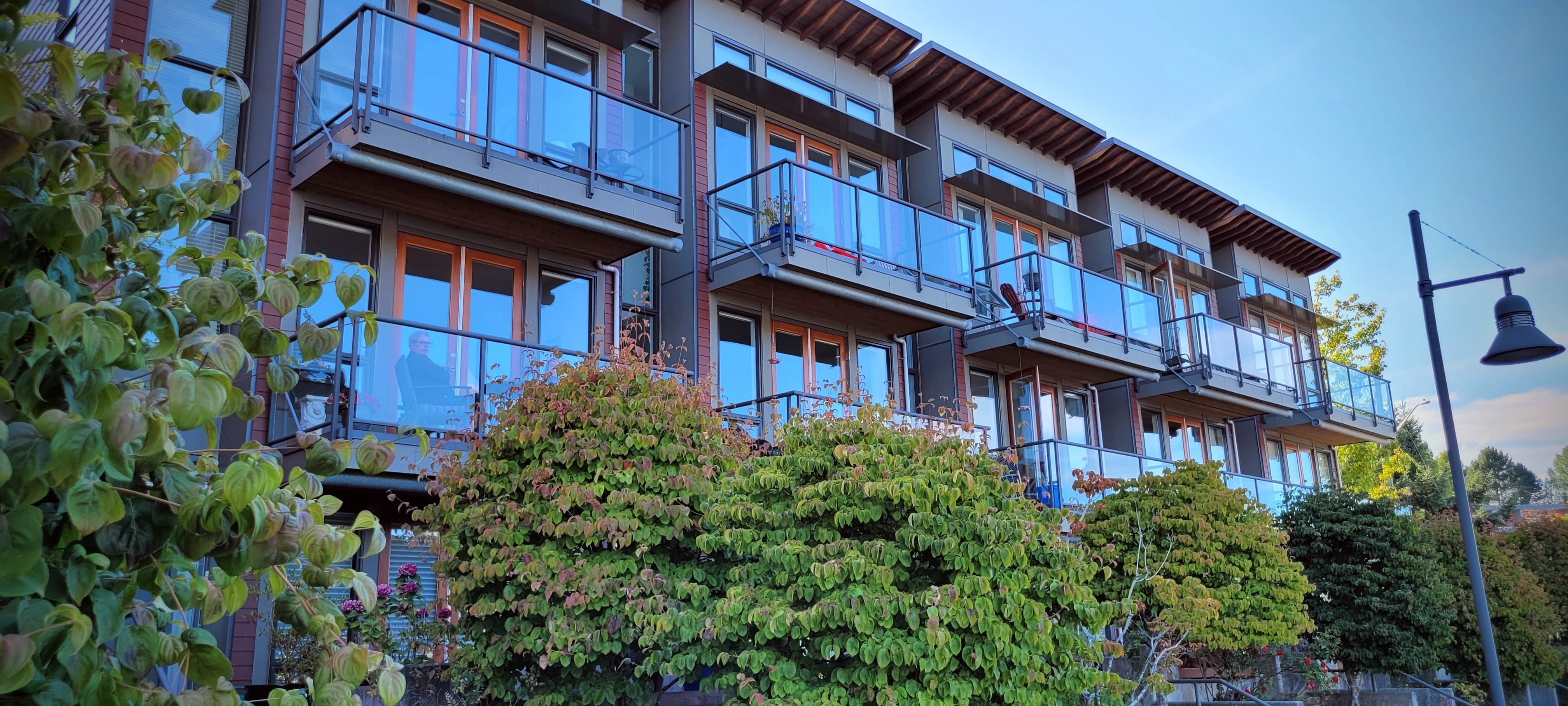
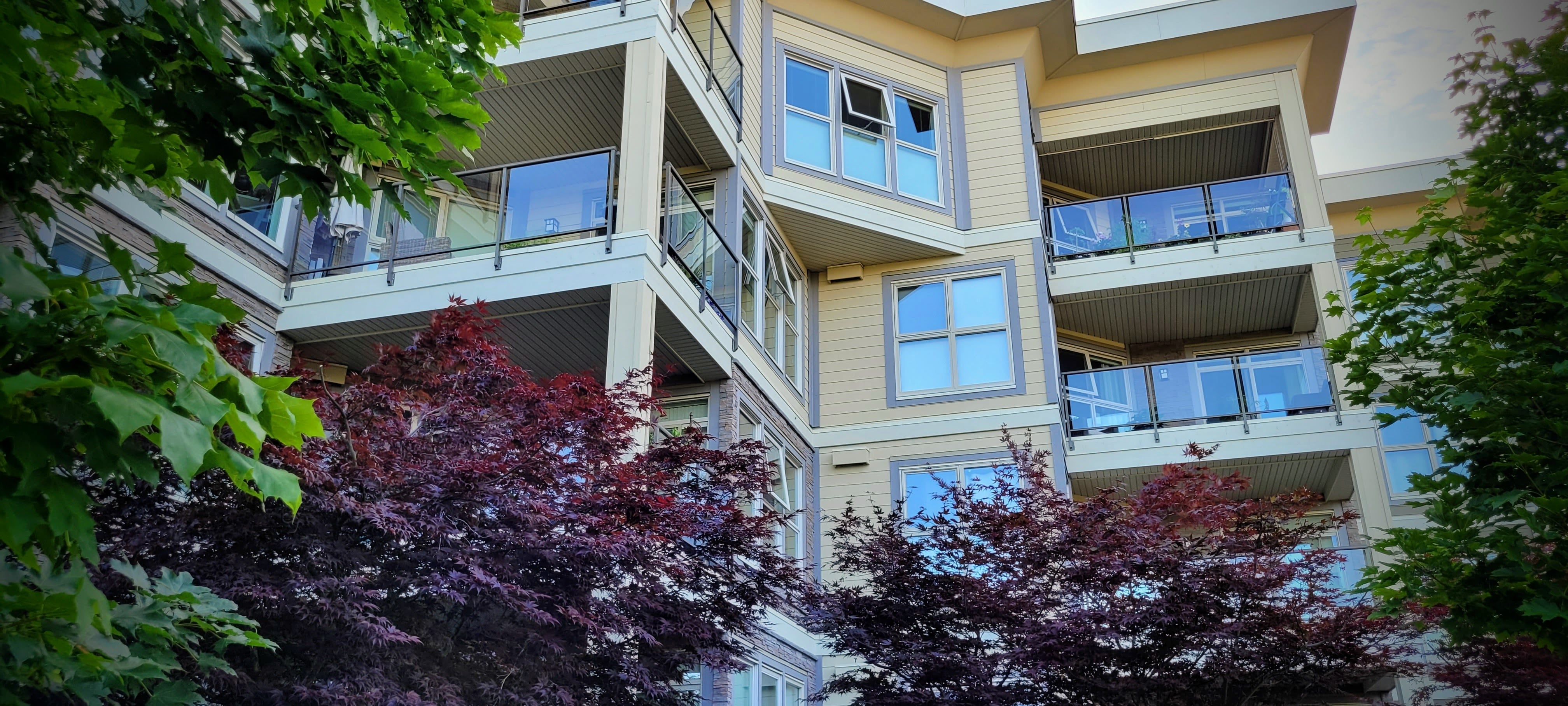
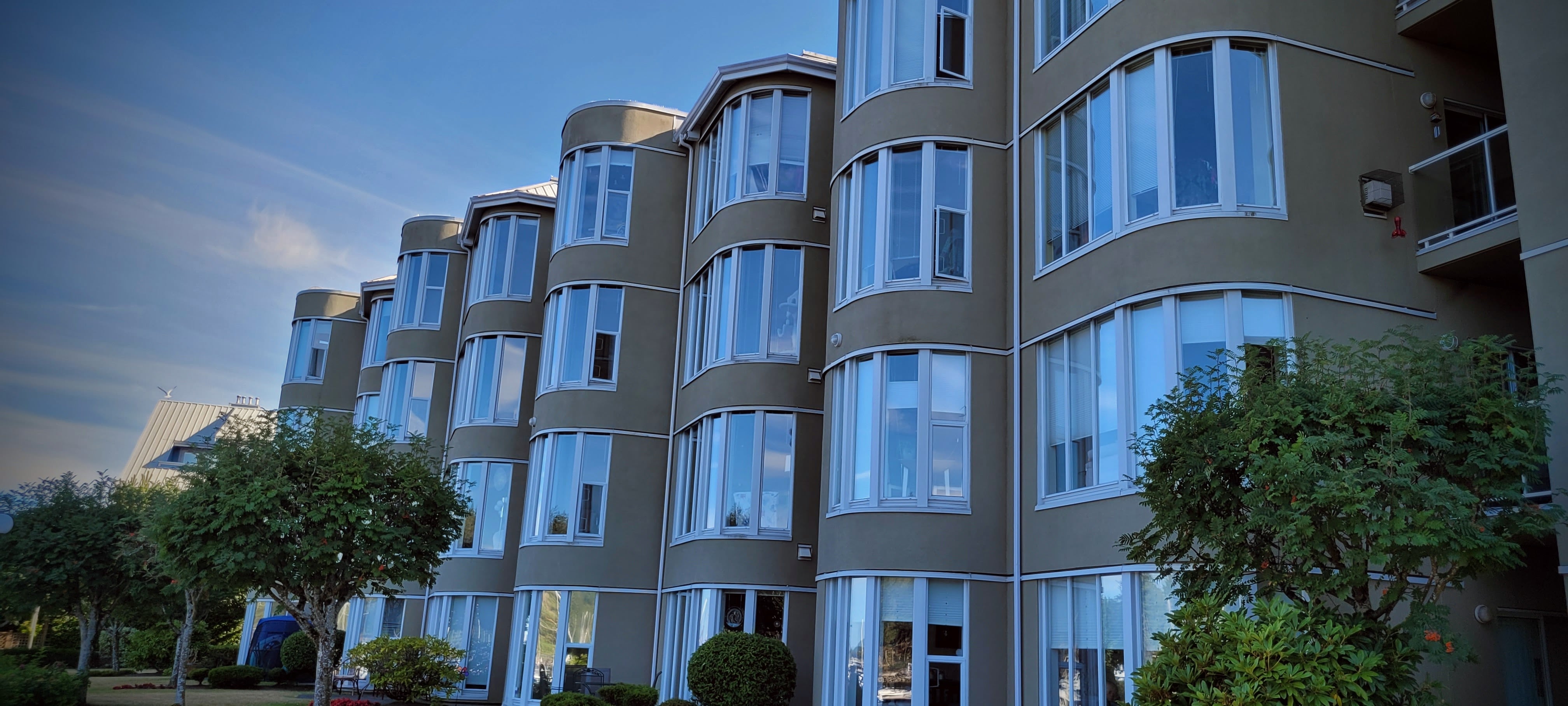
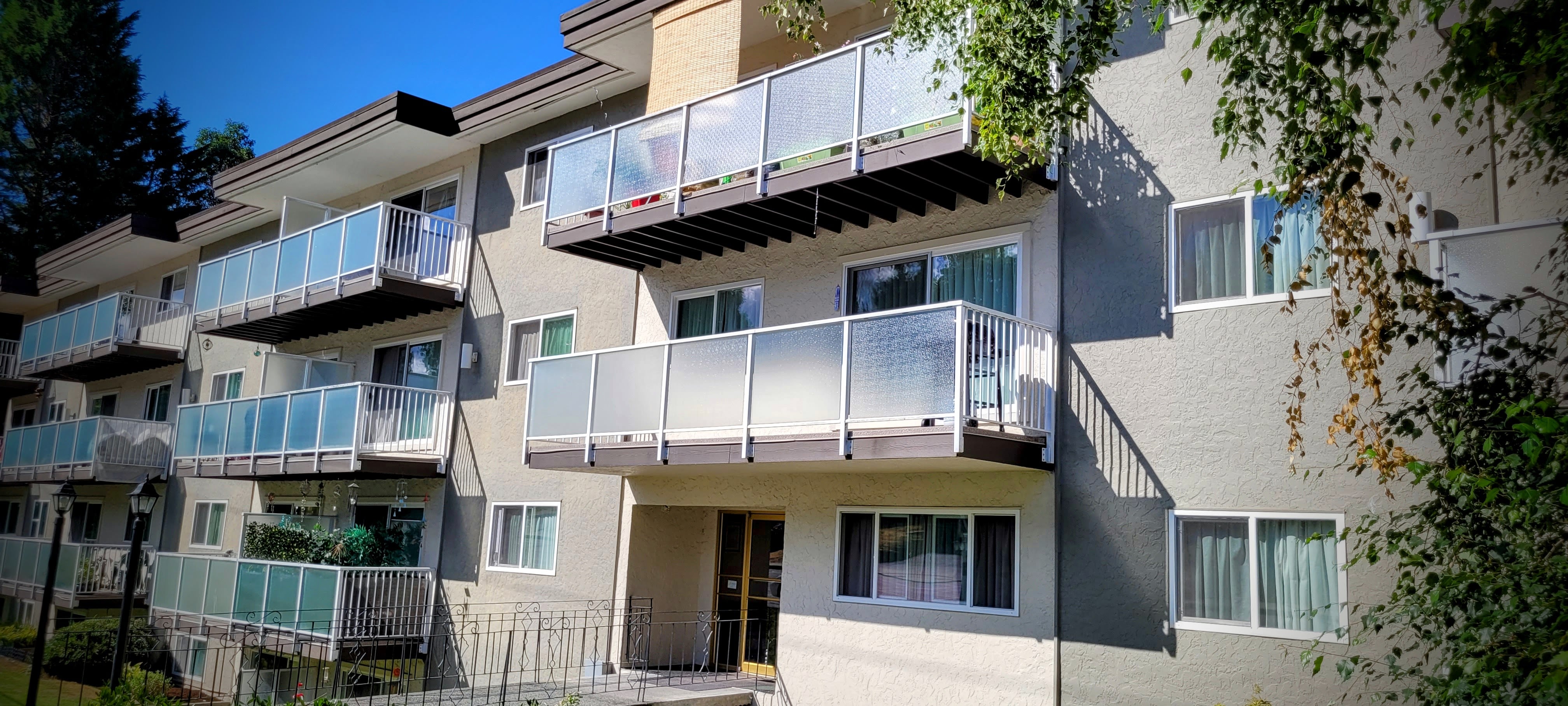
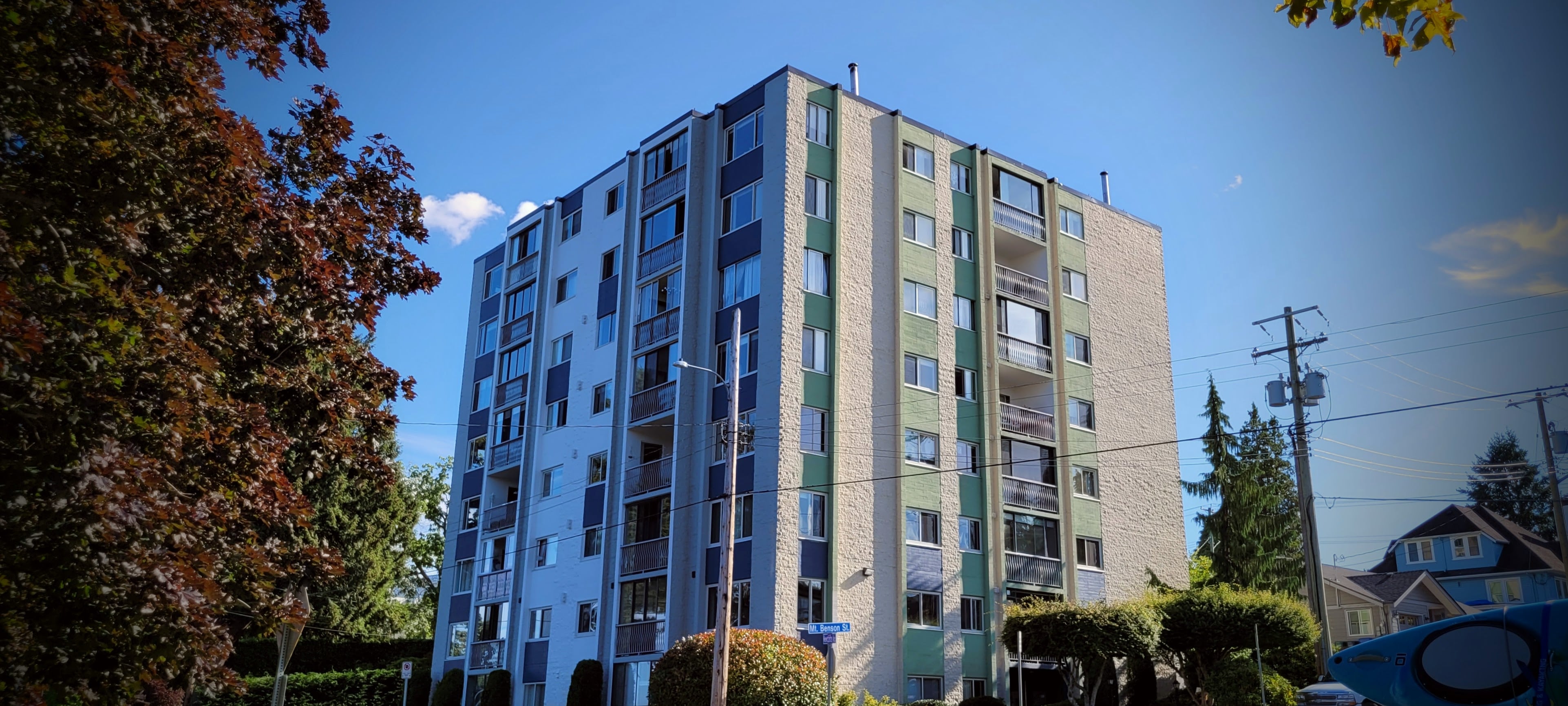
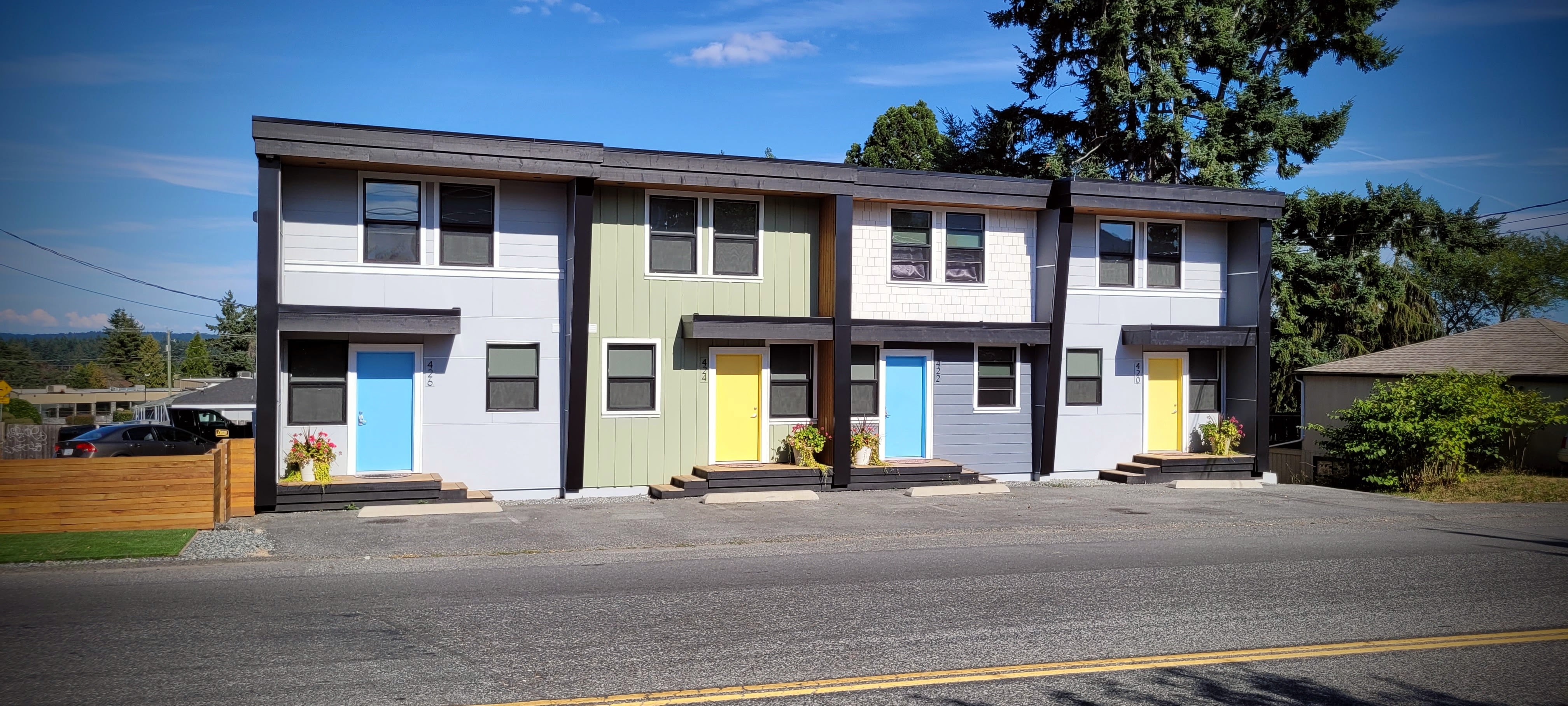
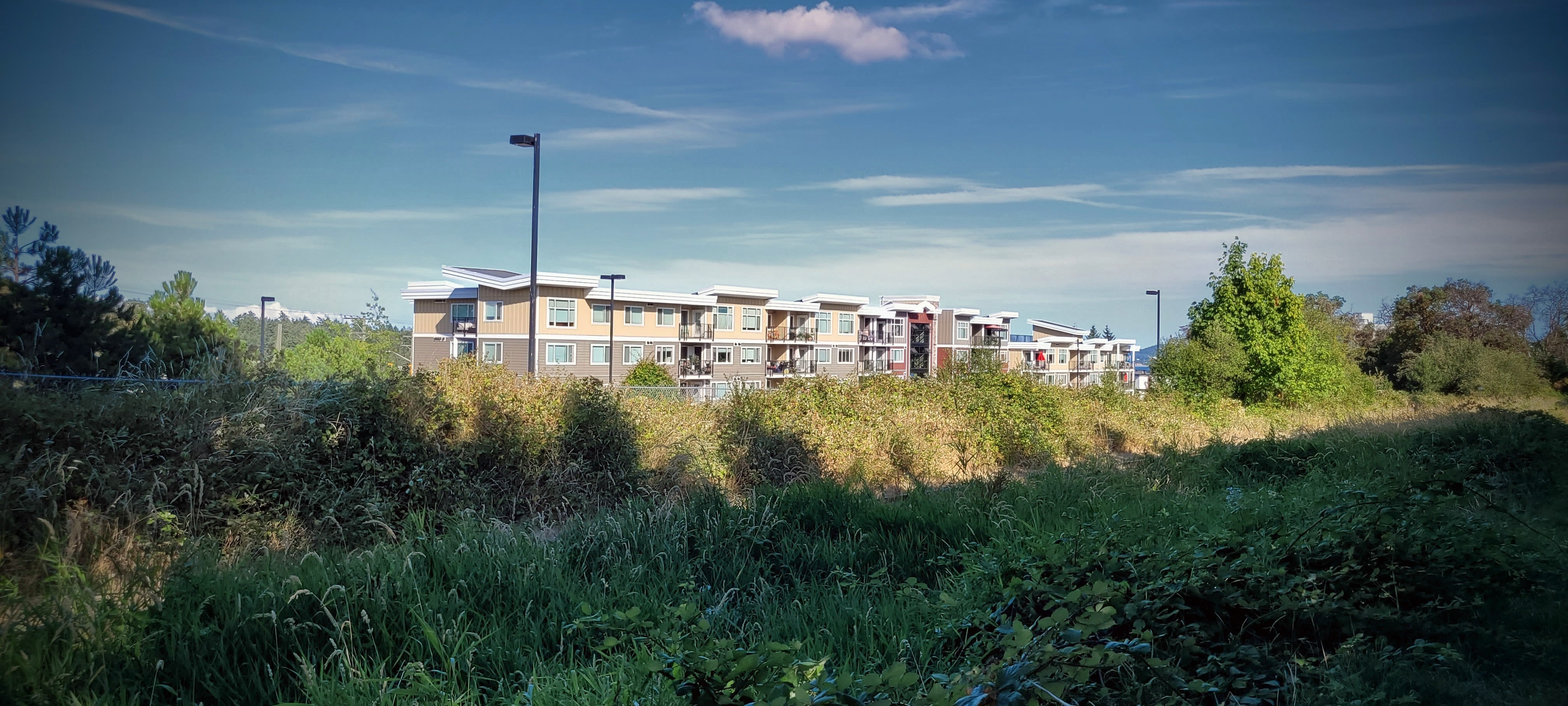
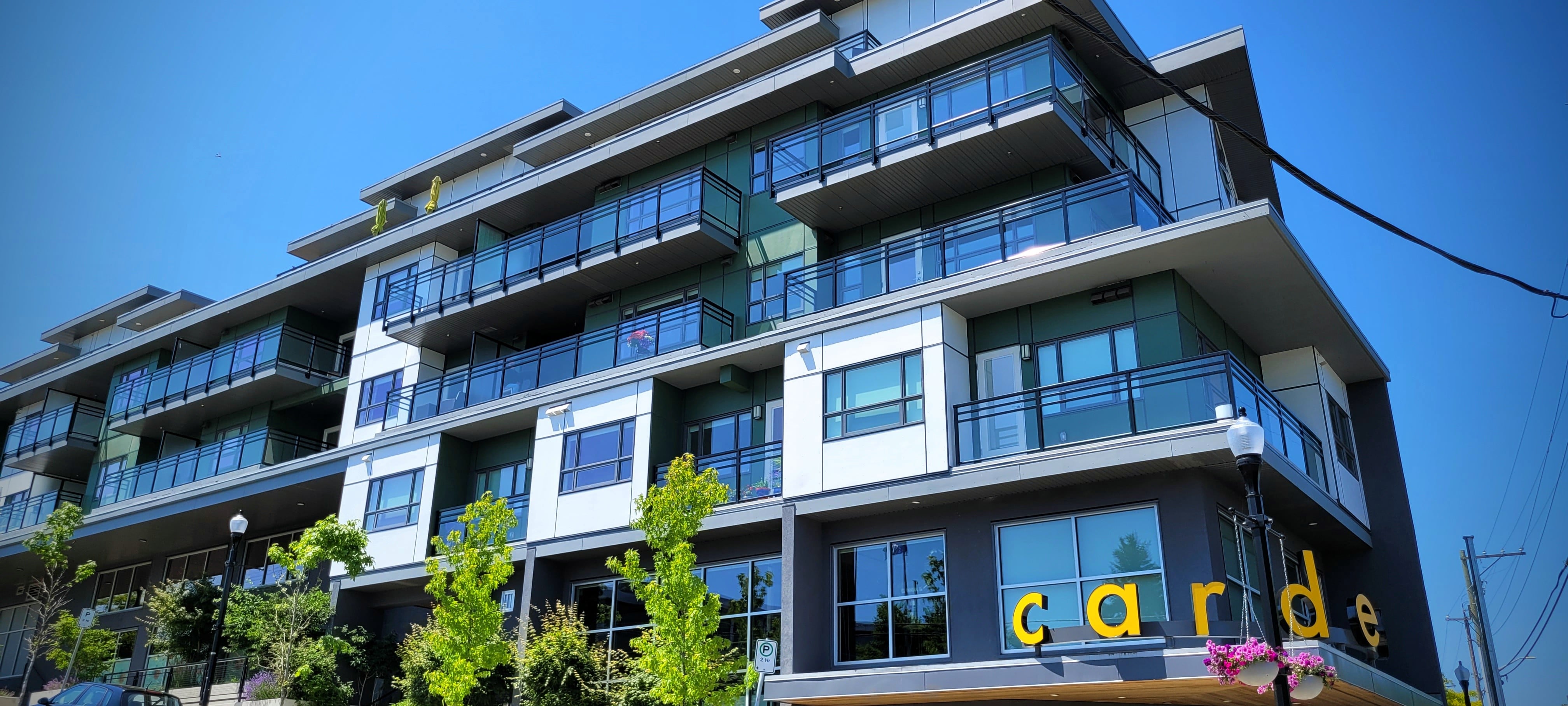
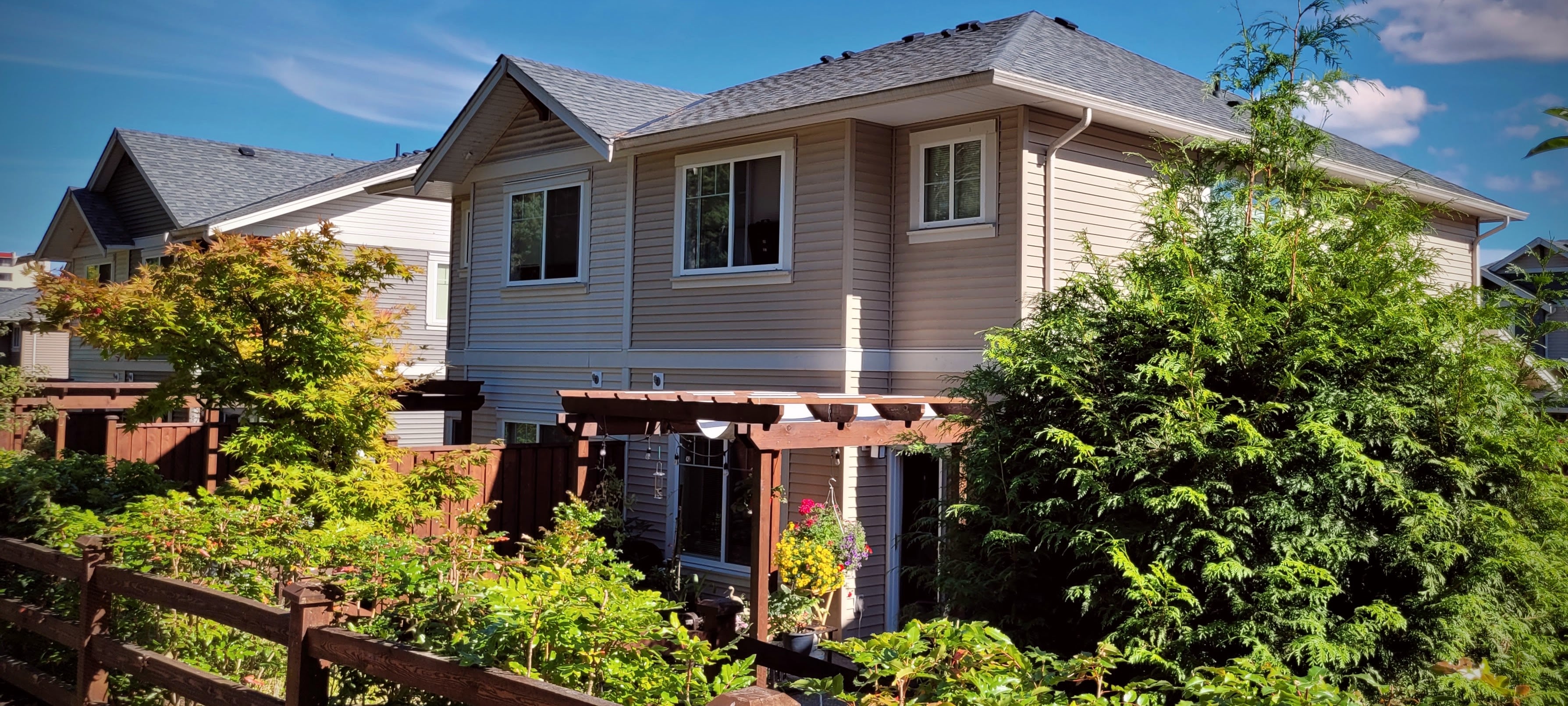
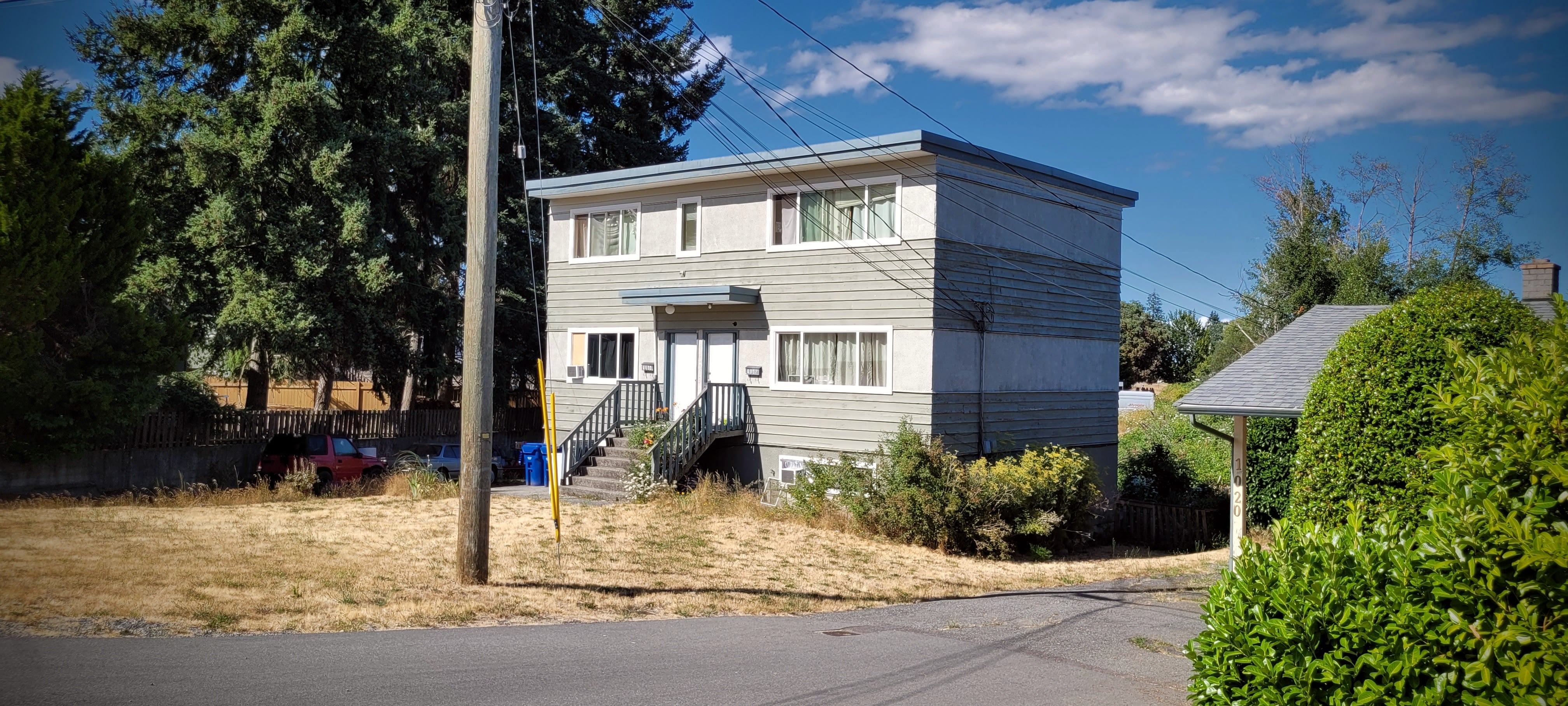
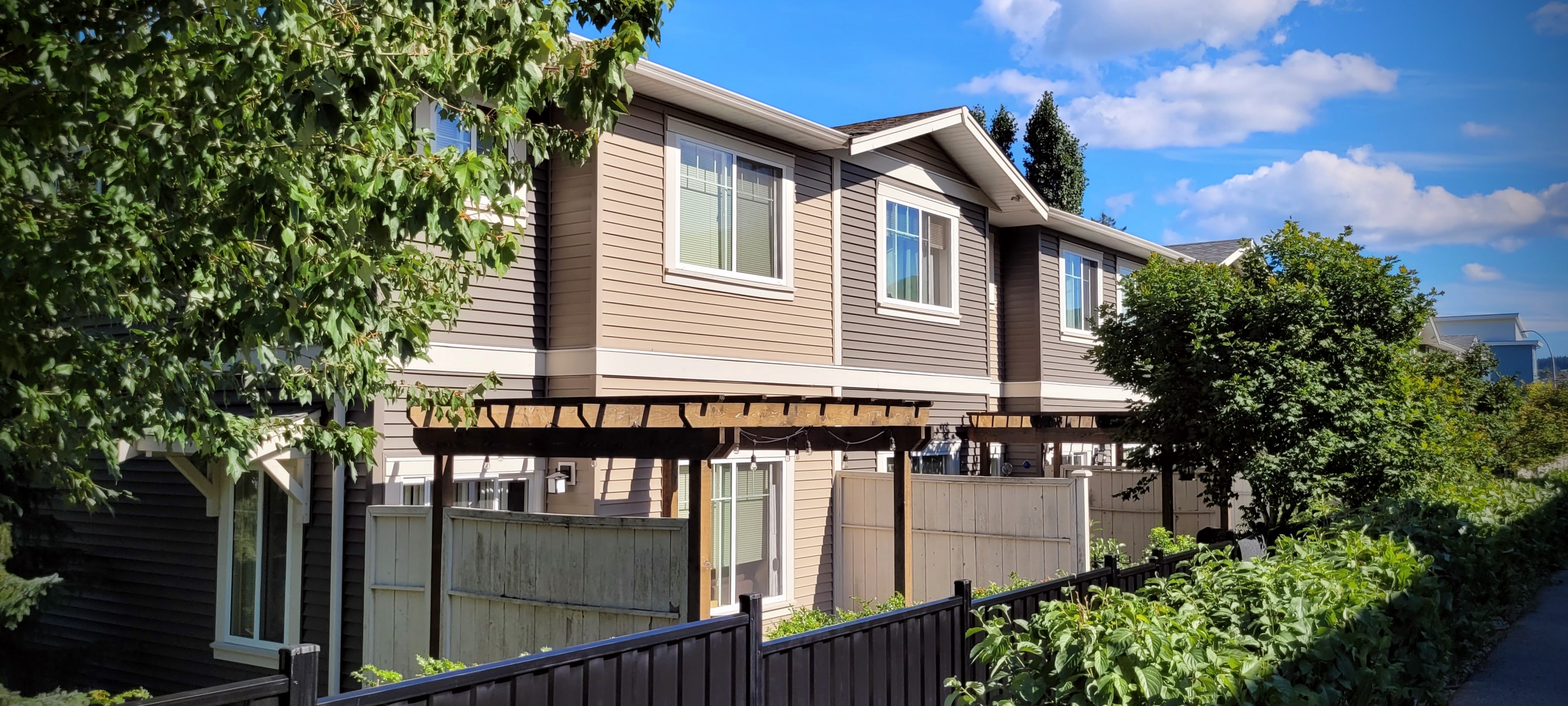
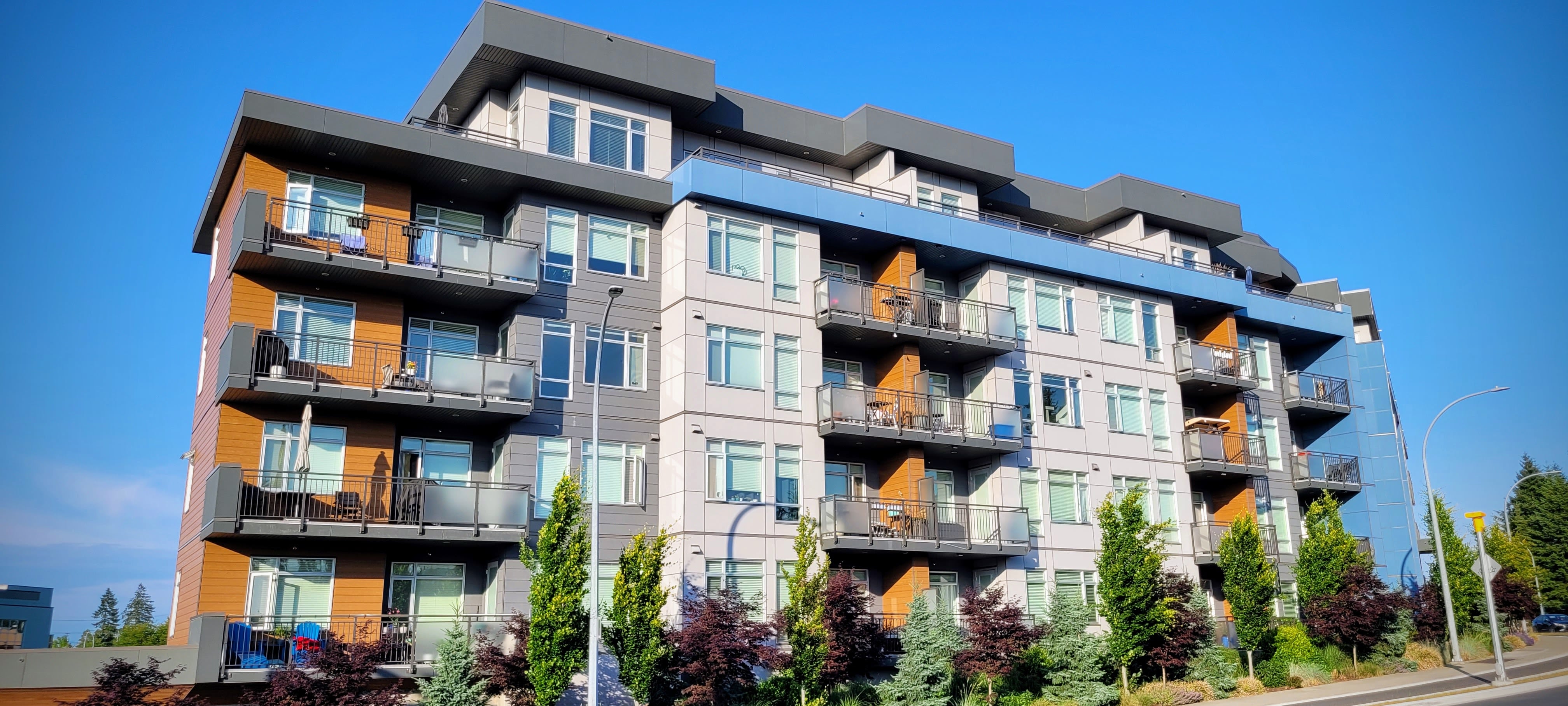

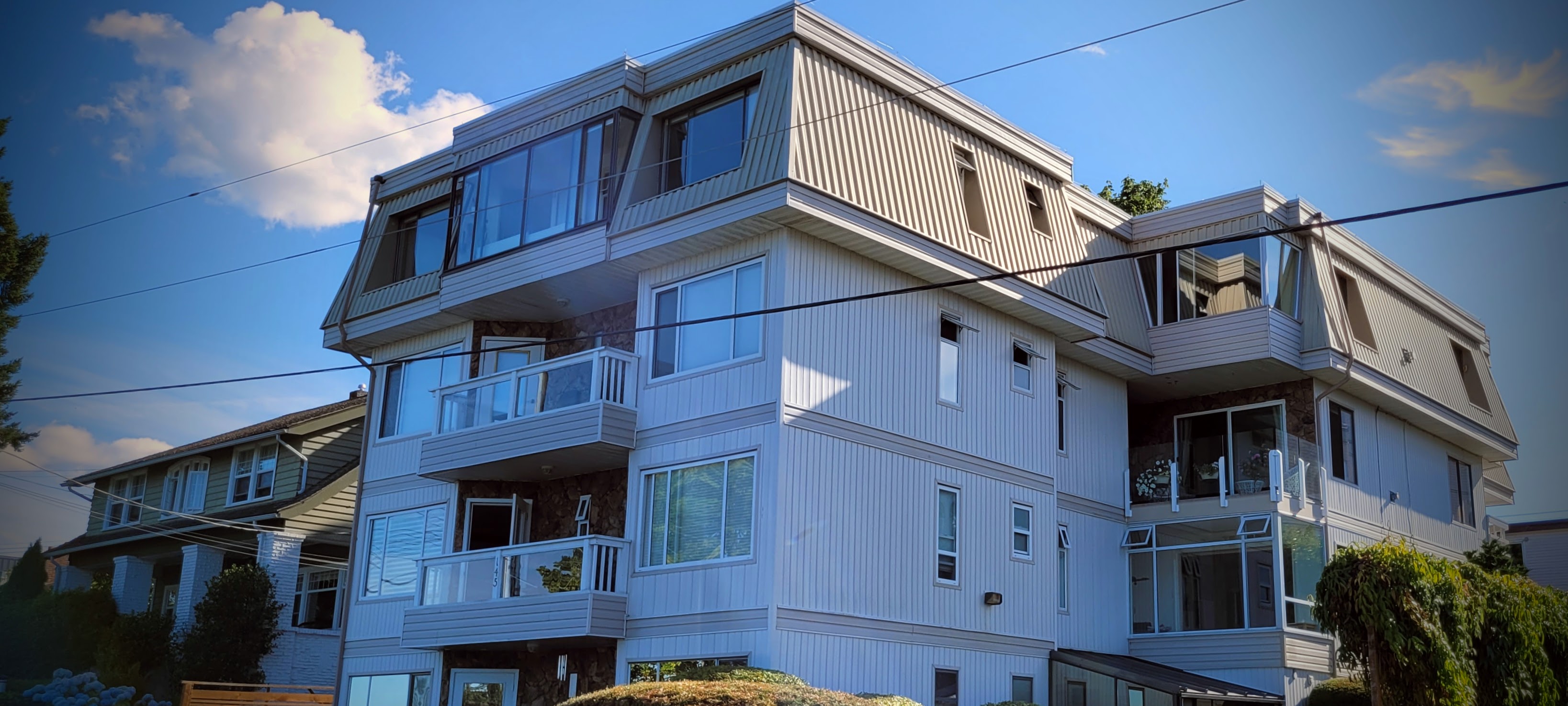
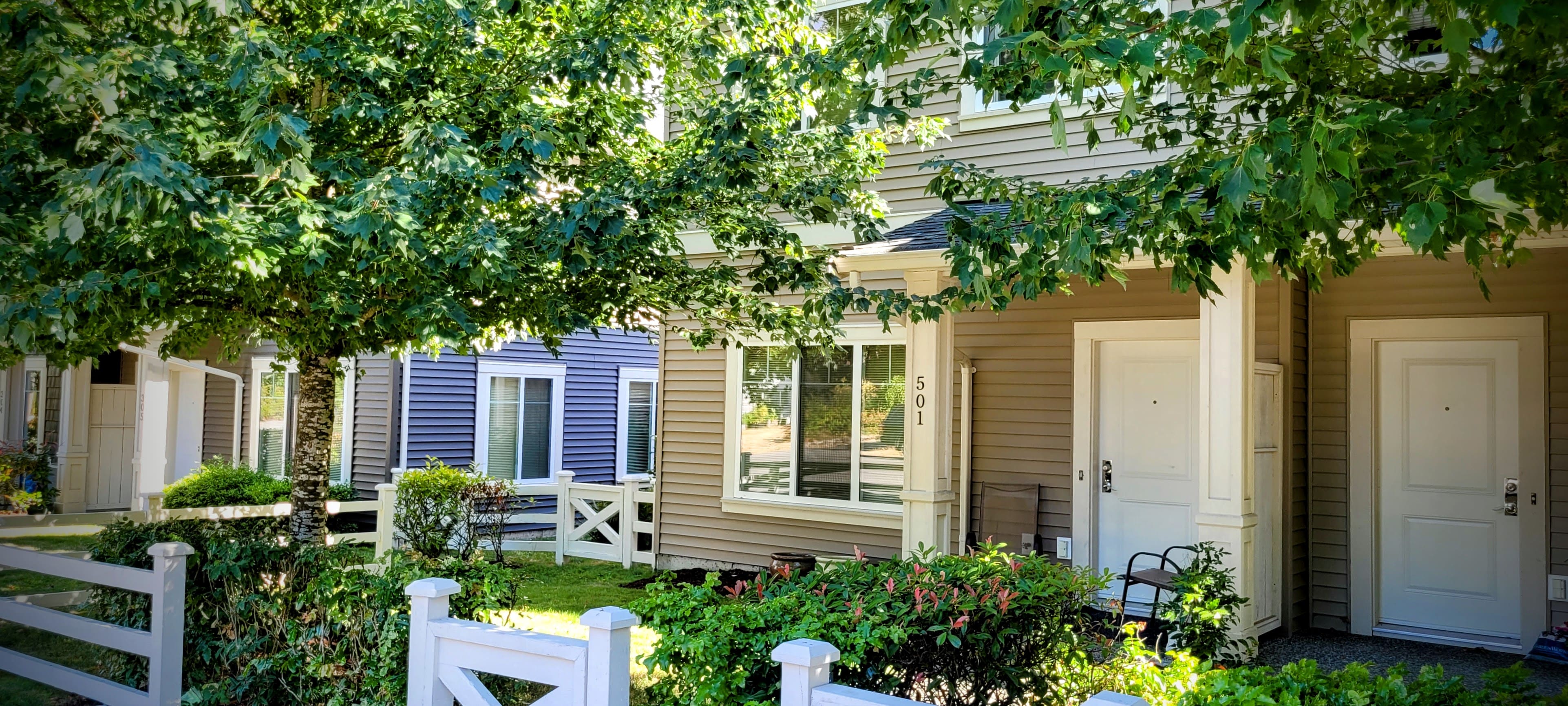
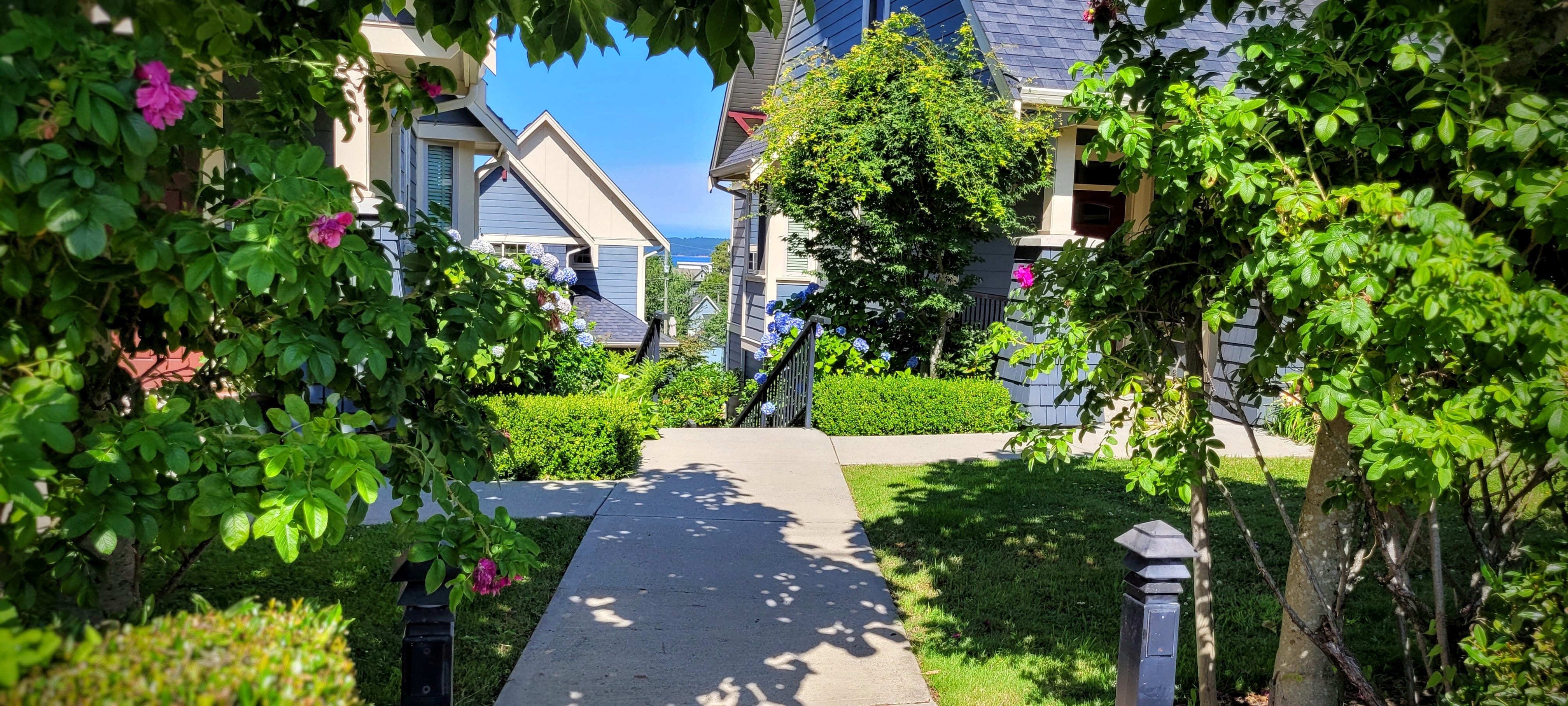
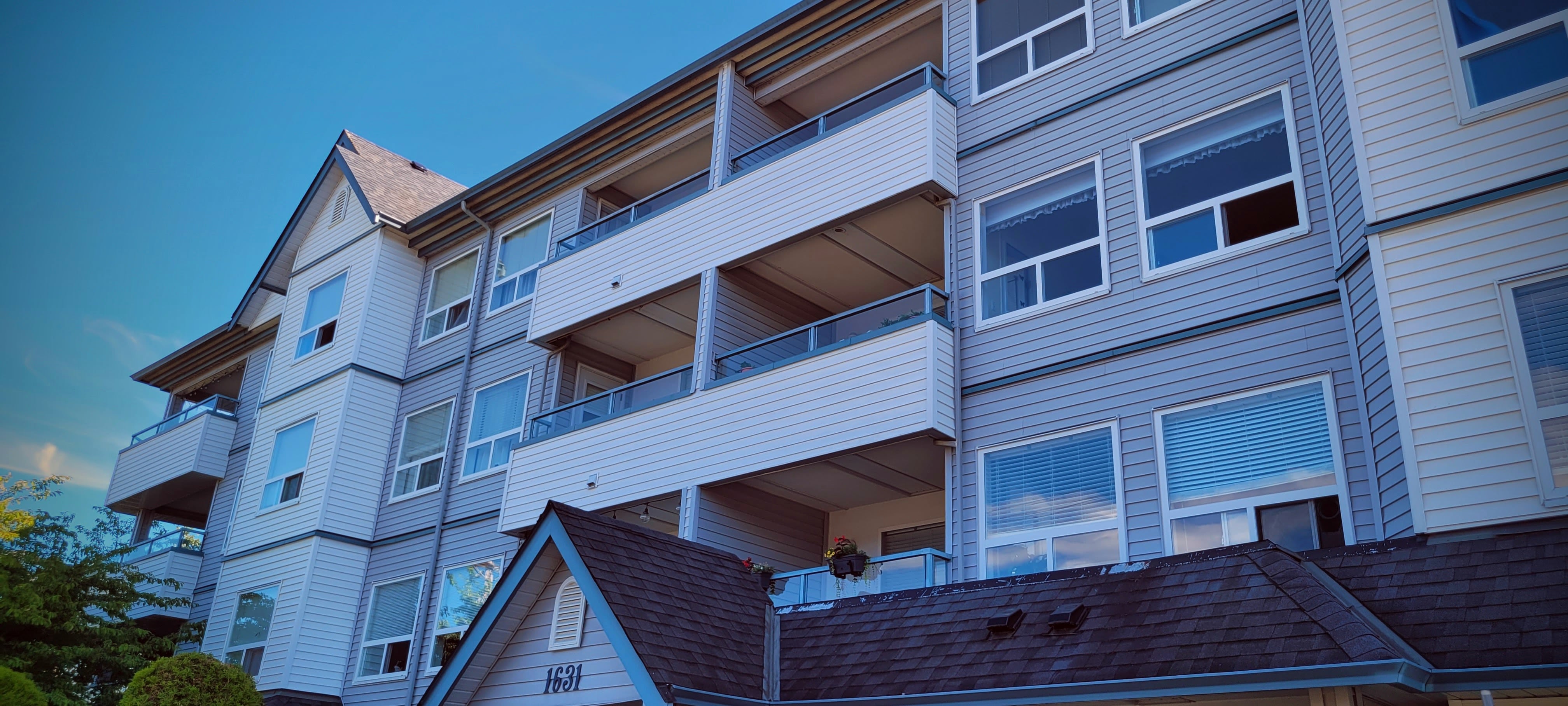
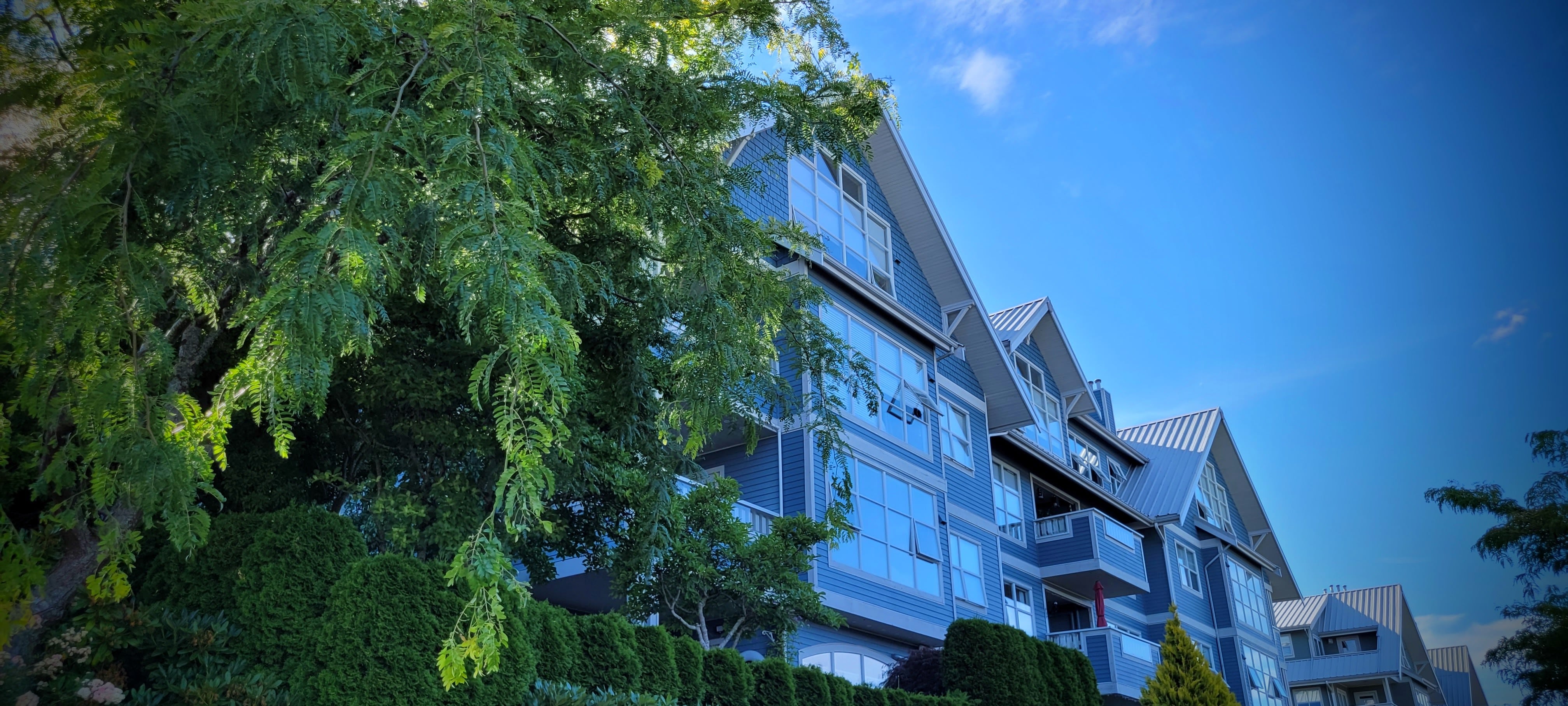
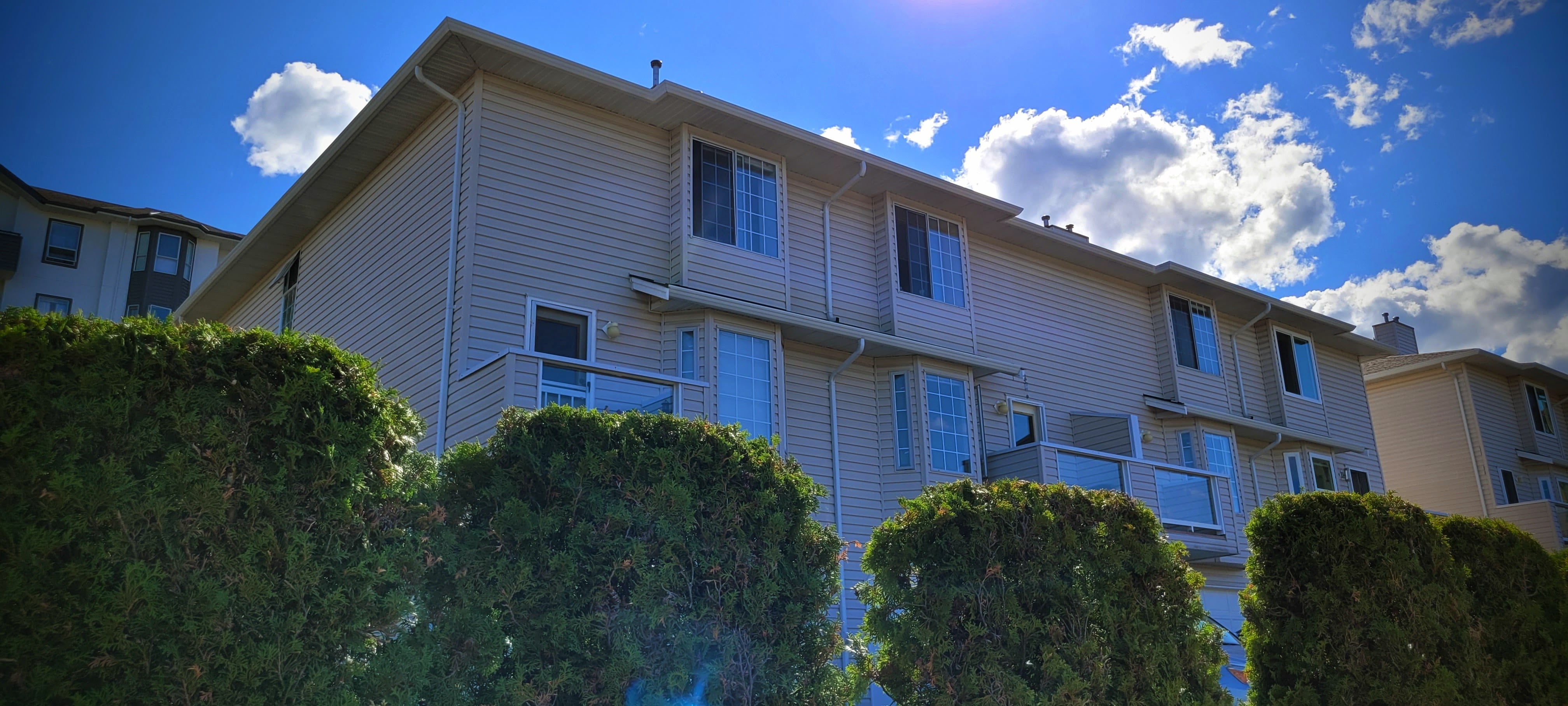
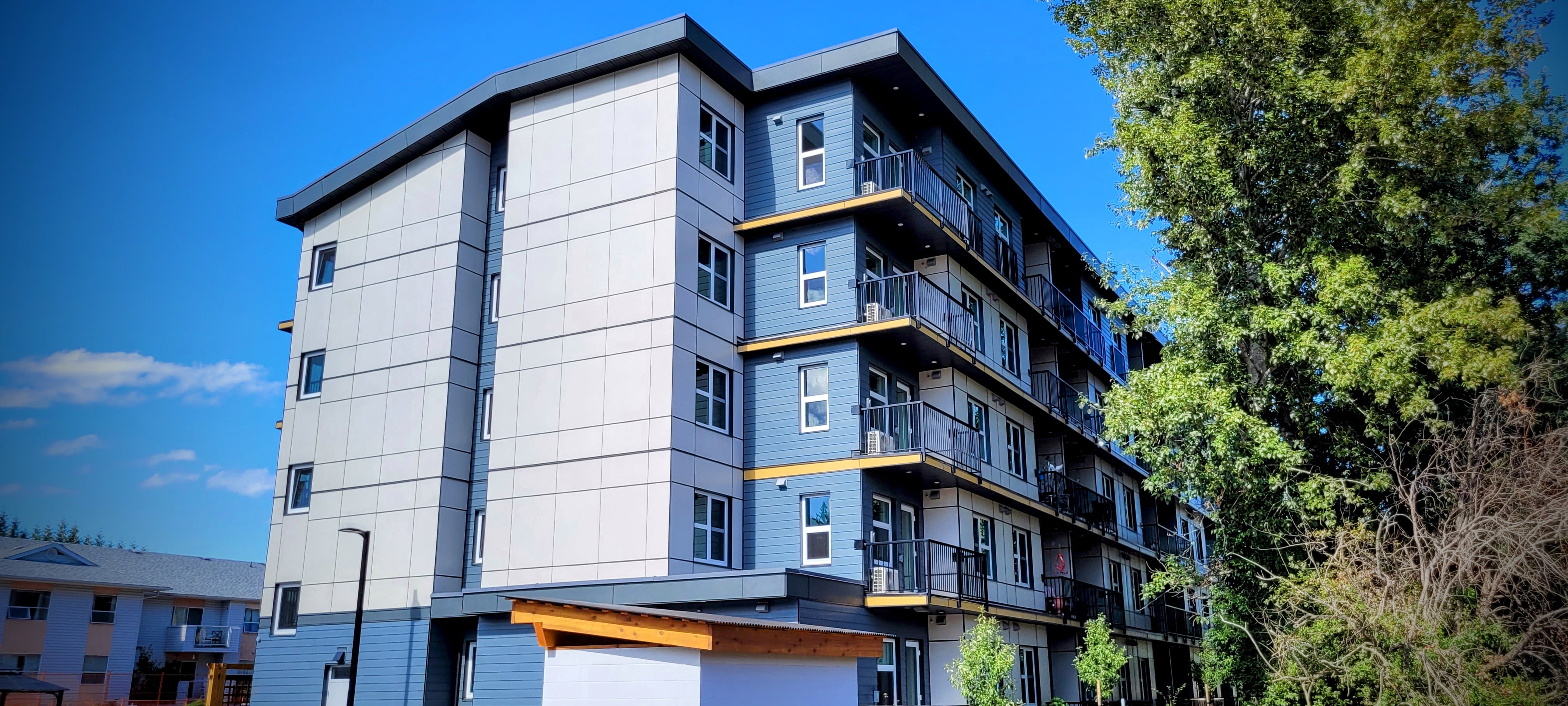
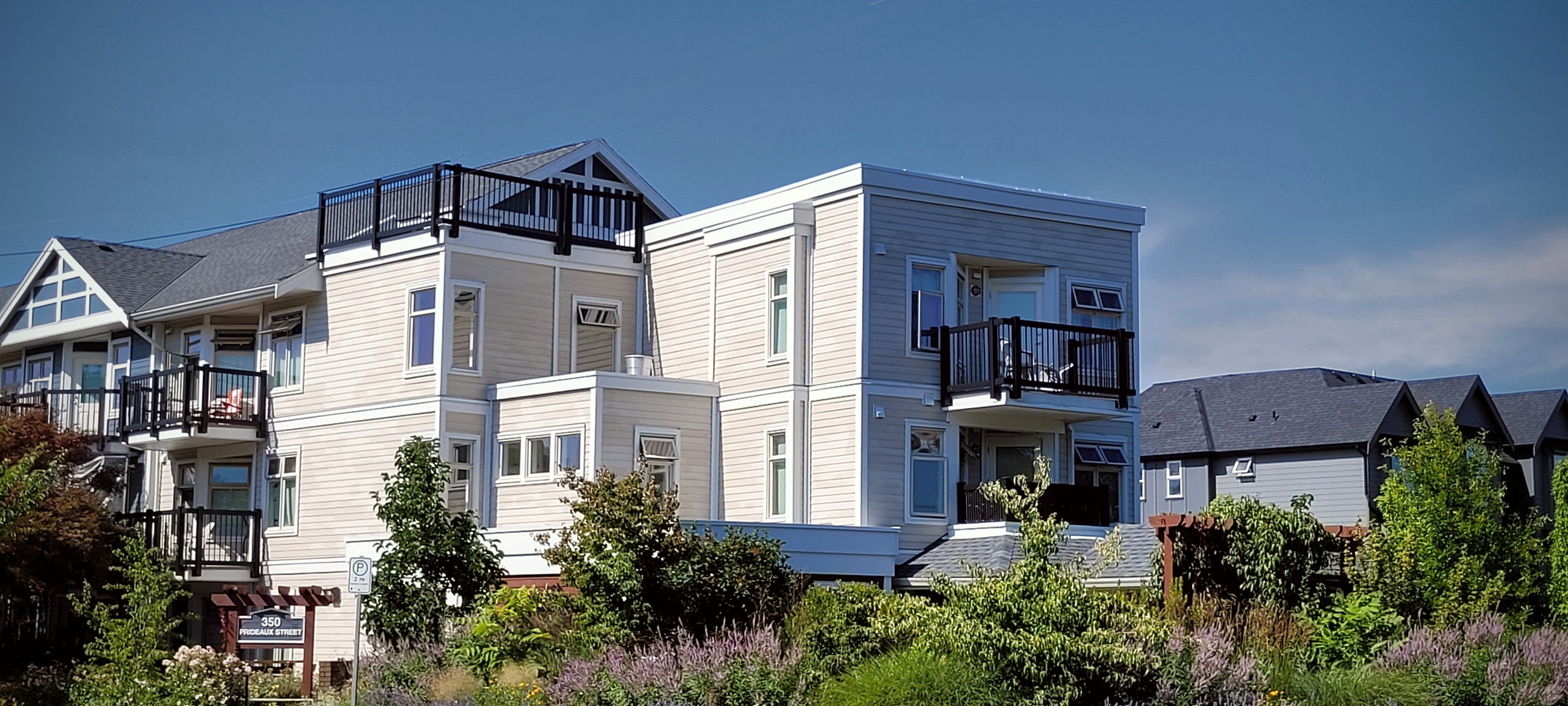
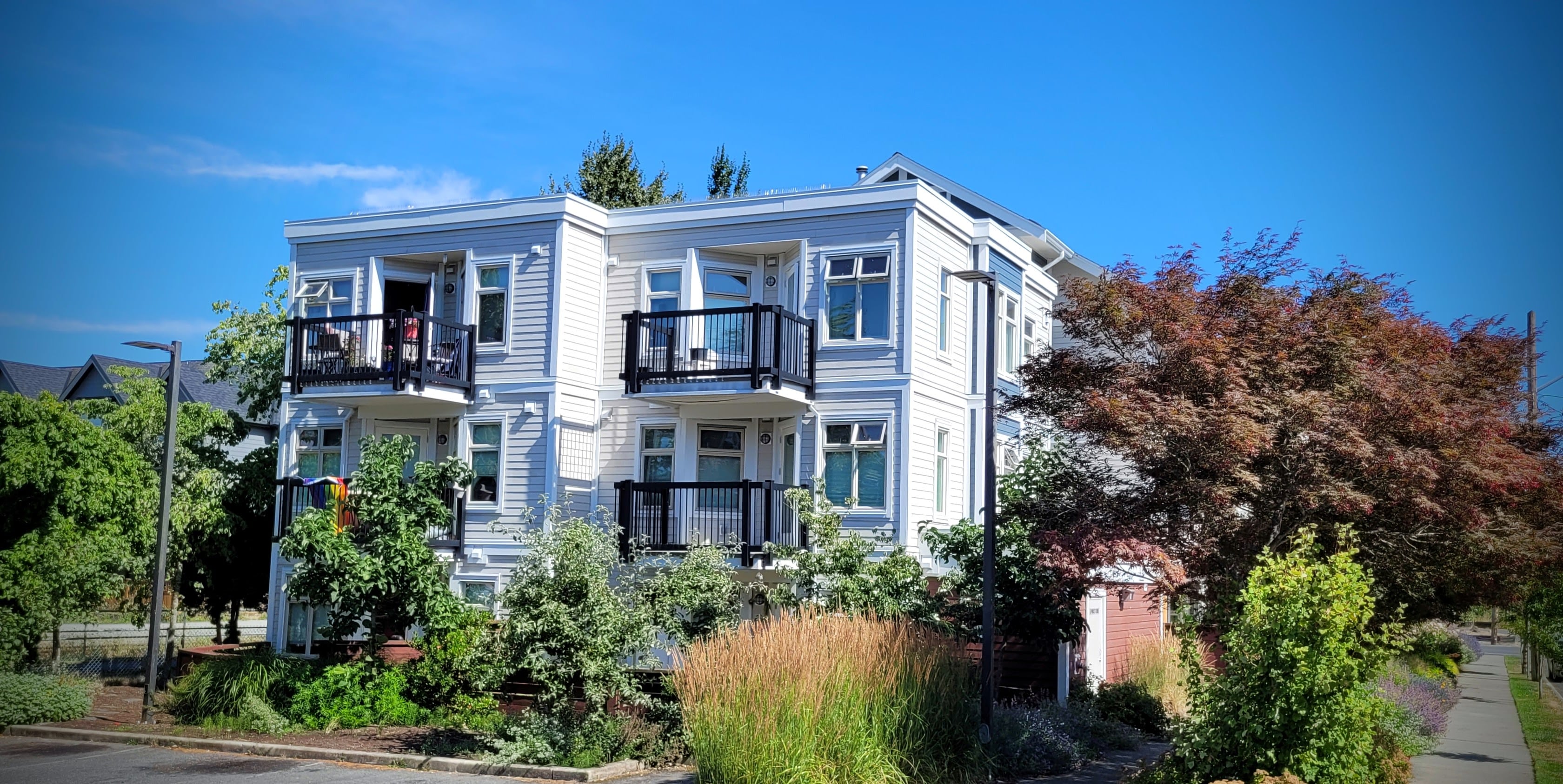
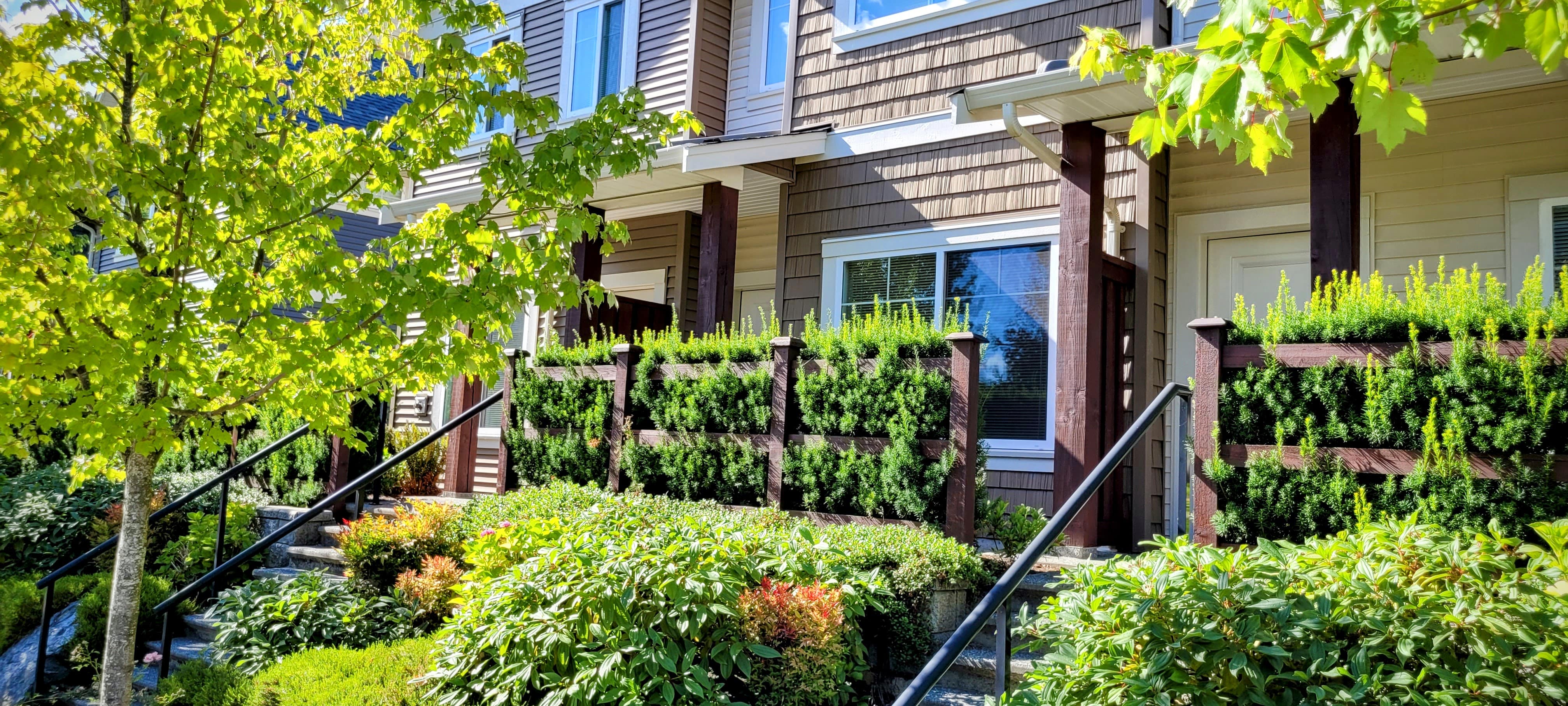
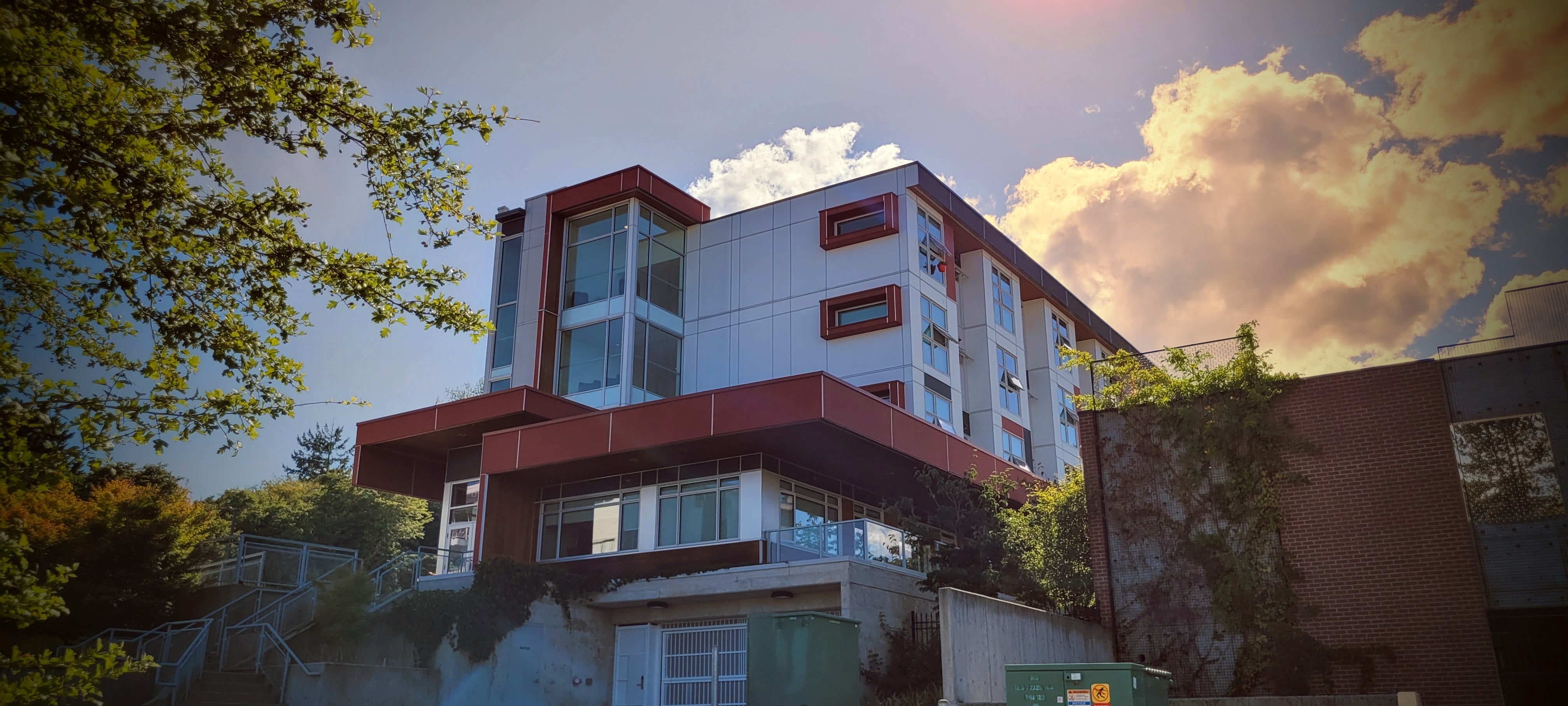
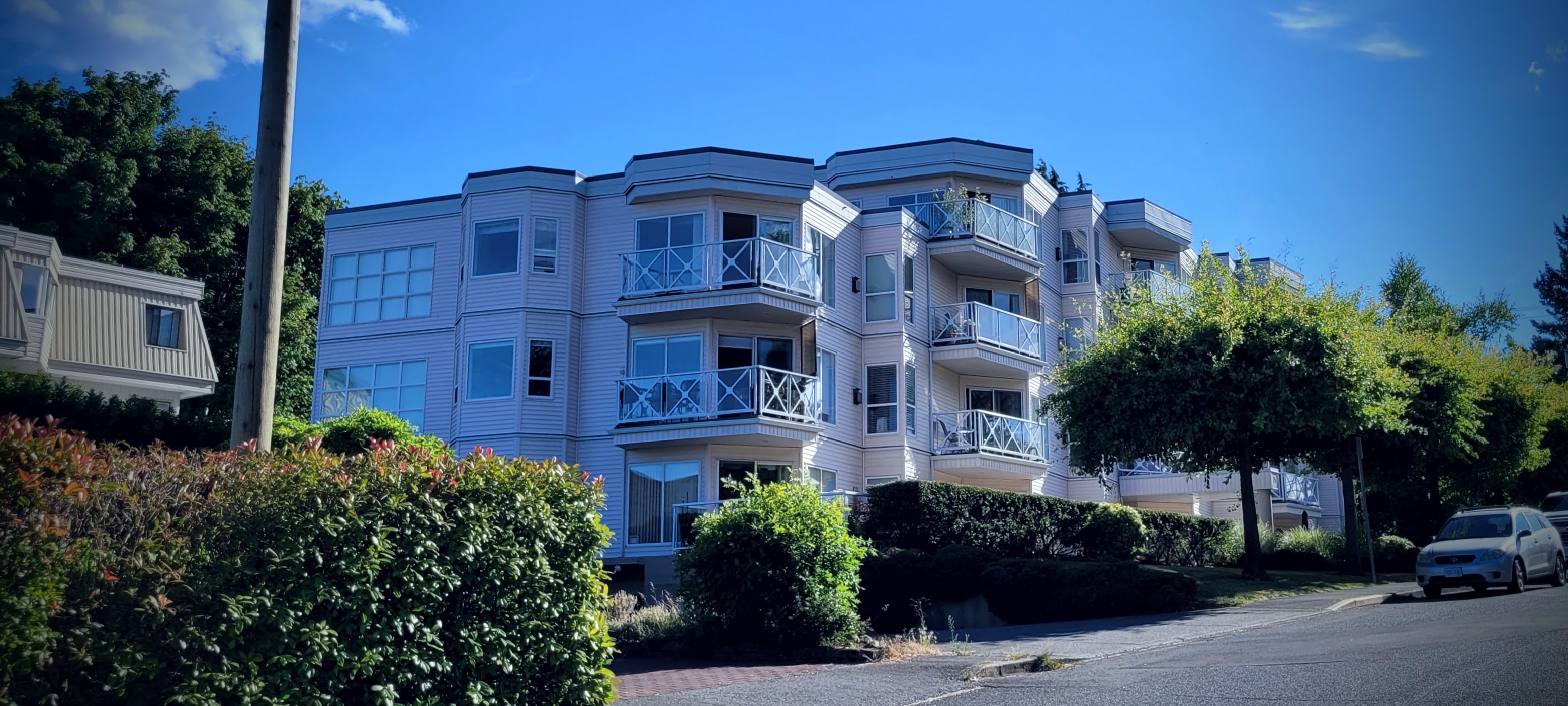
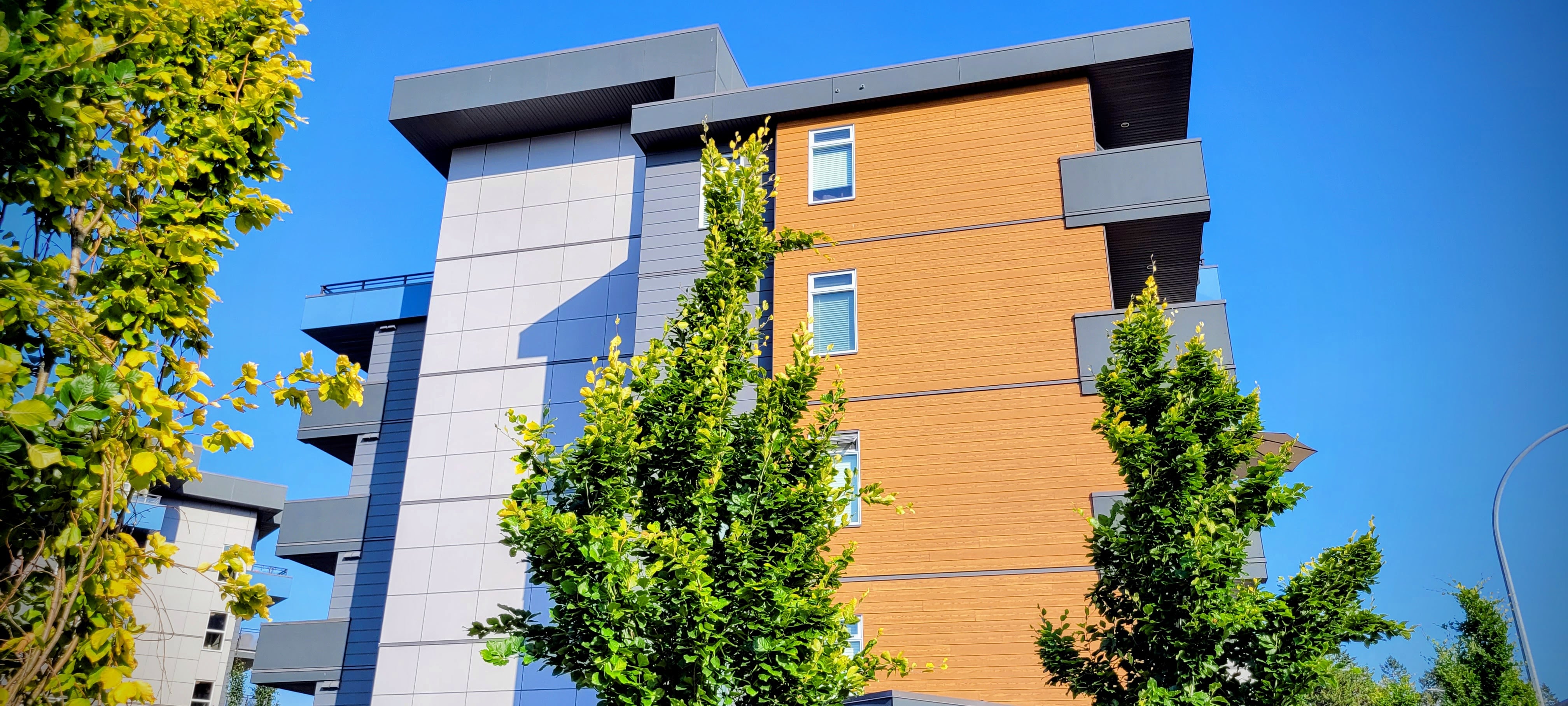
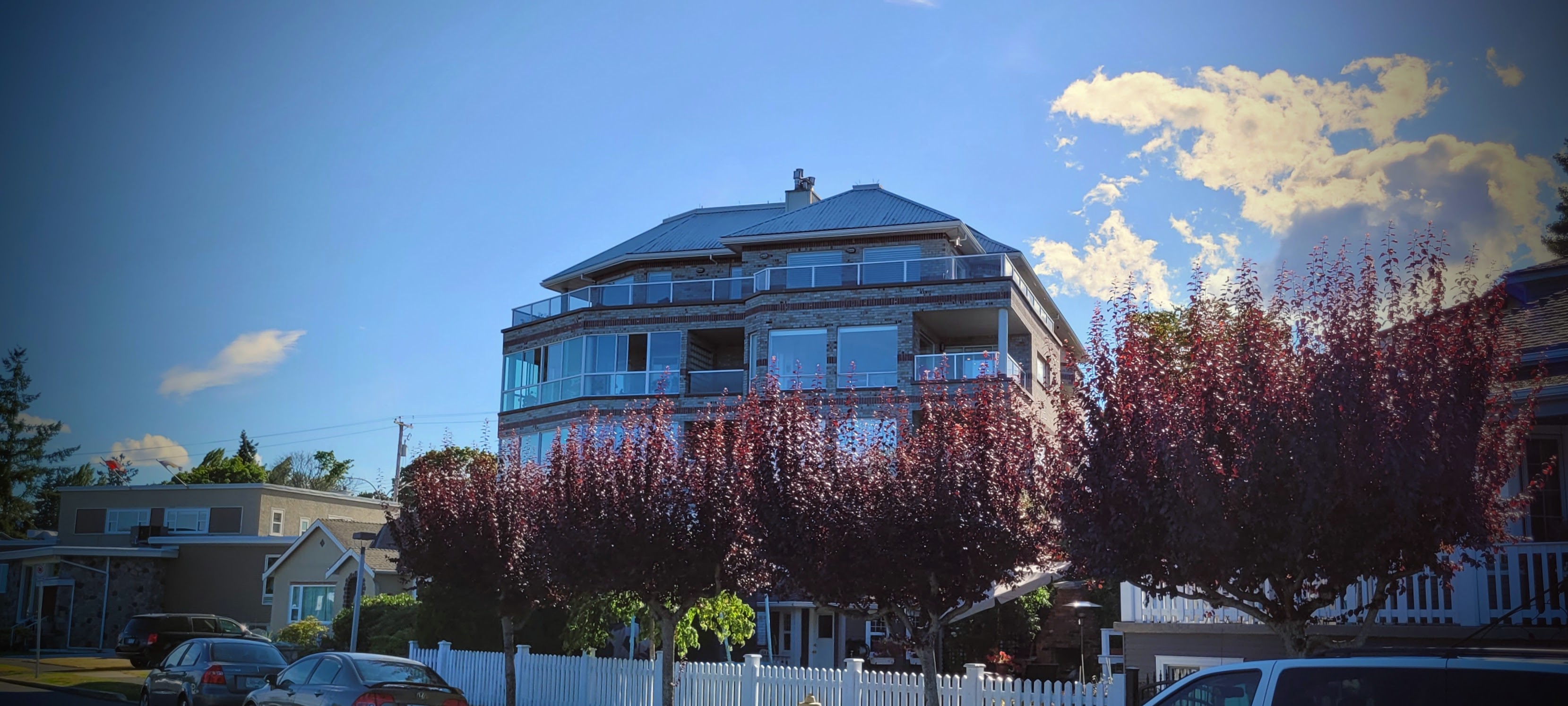
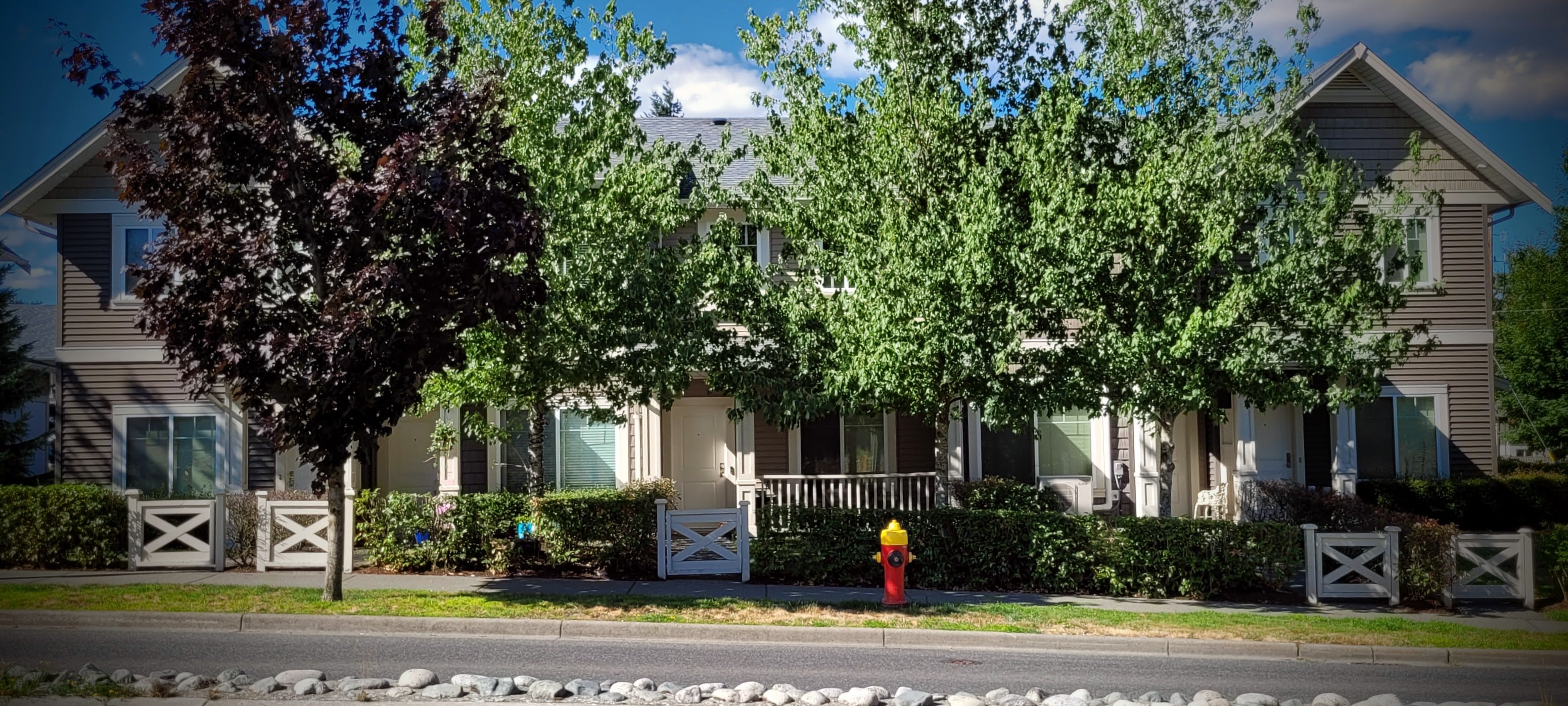
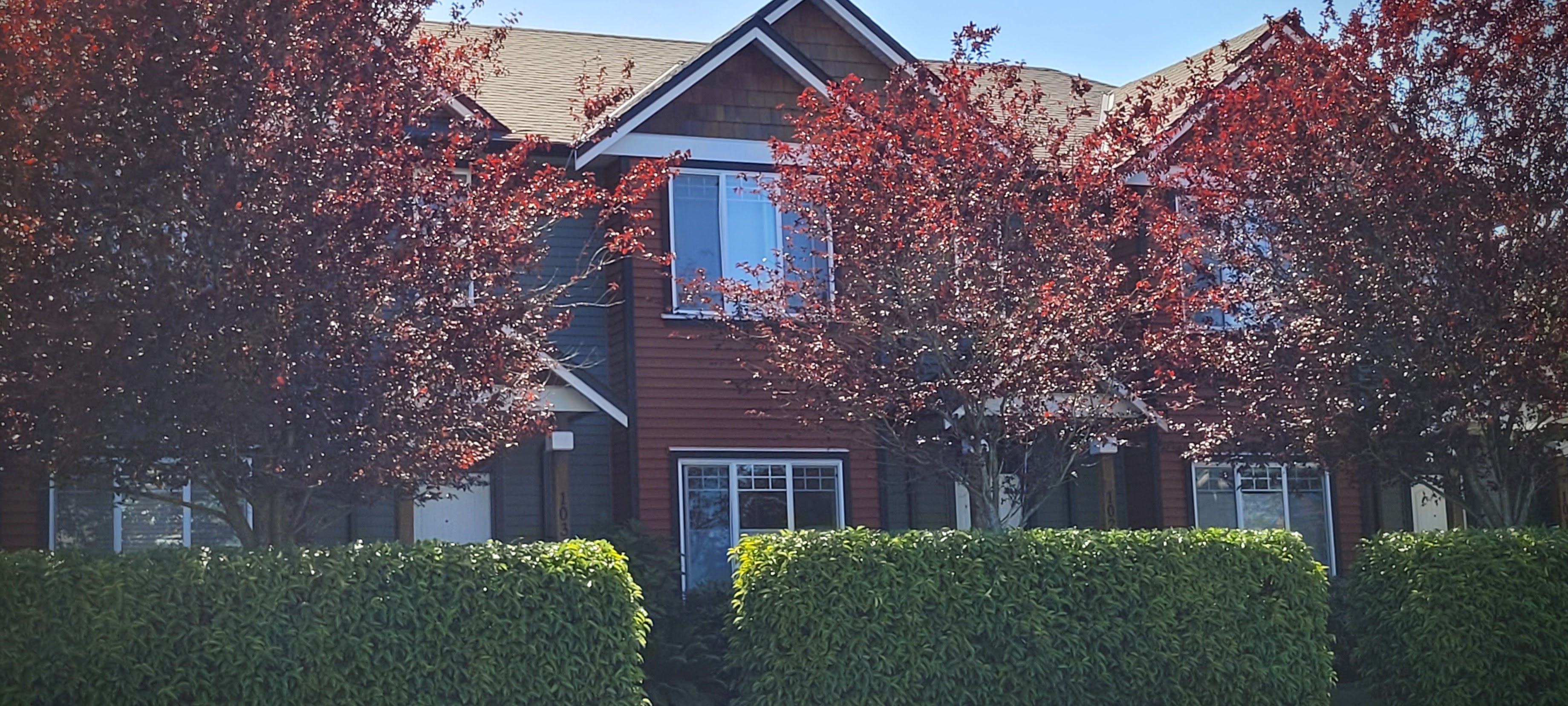
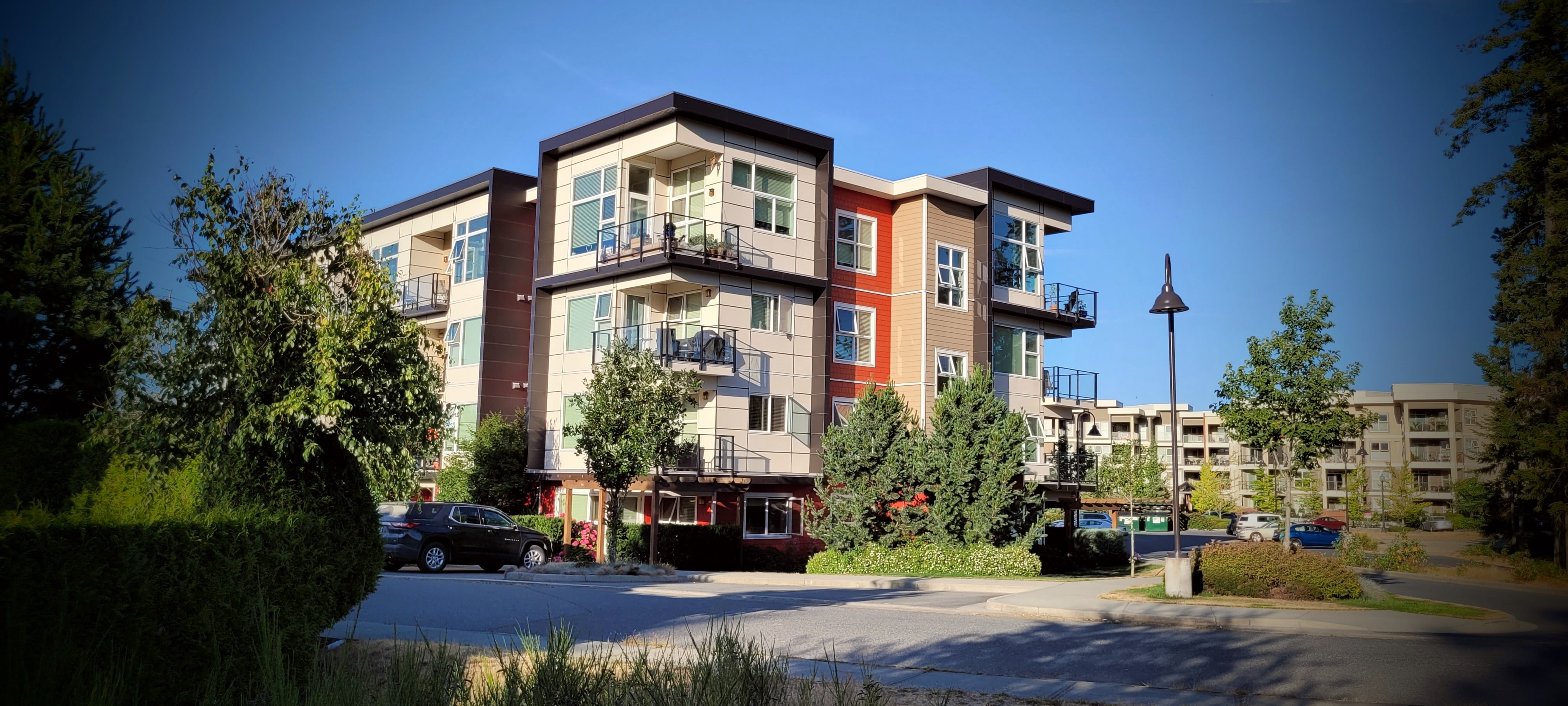
Having a larger variety of housing forms in your neighbourhood can bring about numerous benefits that enhance the overall quality of life for residents and contribute to a more vibrant and inclusive community. Different housing forms allow for architectural variety and a harmonious blend of old and new structures. This can help preserve the historic character of the neighbourhood while embracing modern design principles.
Missing Middle Map
If you jot down where the best and most beautiful missing middle housing stock is, you’ll notice a trend. They’re all in the denser, older core of the city. Harewood, the Hospital, the South End, Downtown, Brechin Hill. All were neighbourhoods established well before cars hit the scene and it shows. Walkable, denser, and more visually interesting than neighbourhoods built after WWII. This is not an exhaustive list.
The dots in North Nanaimo are mostly along busy, loud arterial corridors. Somewhere along the way, we decided that the loudest, most dangerous streets in town need to host our apartments and townhomes resulting in sparse single-family detached homes being “shielded” from the sounds and smells of roads by apartments.
Nanaimo Neighbourhood Gallery
Individual homes make up the diverse tapestry of a neighbourhood. No single housing form is better than any other; our ugliest urban spaces are those forced to look the same. Homogeneous spaces are unpleasant and inequitable. Our oldest neighbourhoods do this best, interweaving a diverse number of housing forms to create an inclusive, affordable, and exciting urban space. You can click/tap on any image to enlarge it.
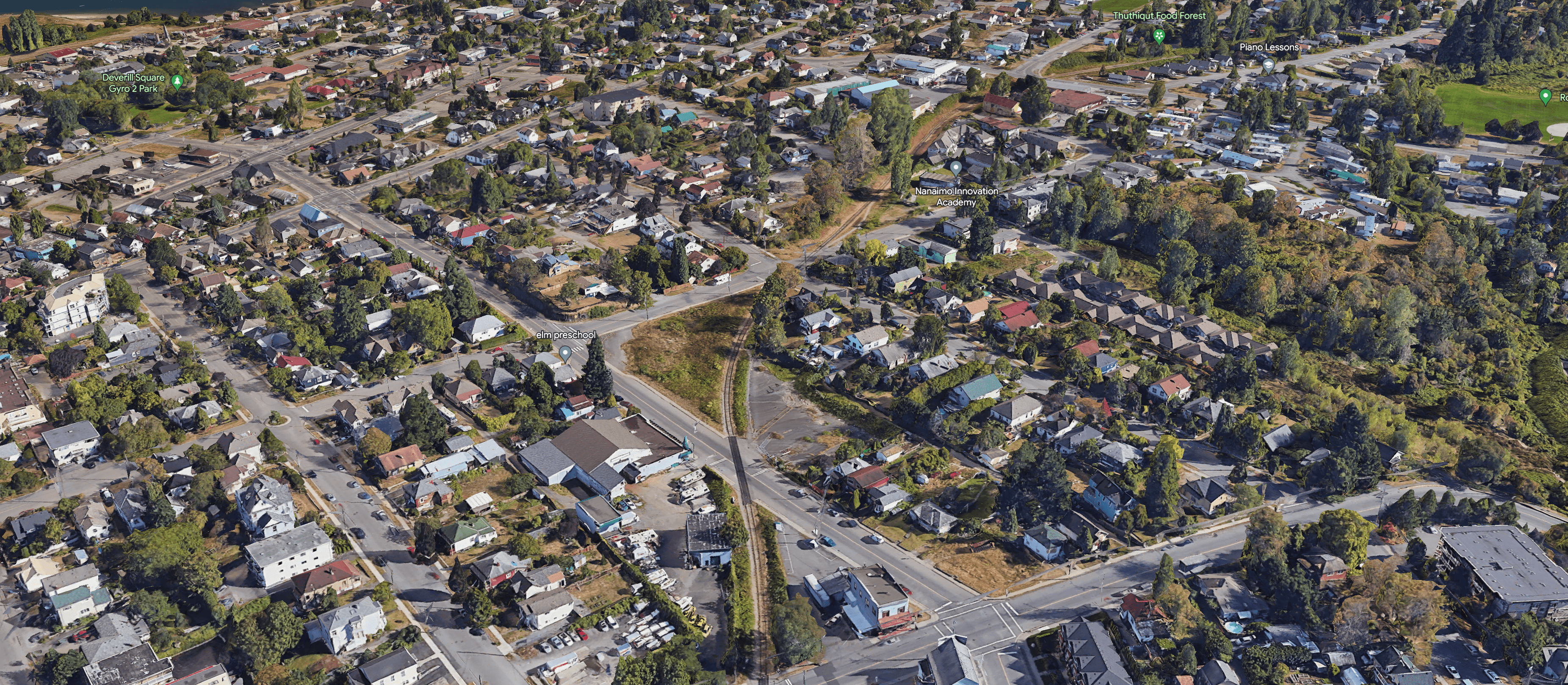
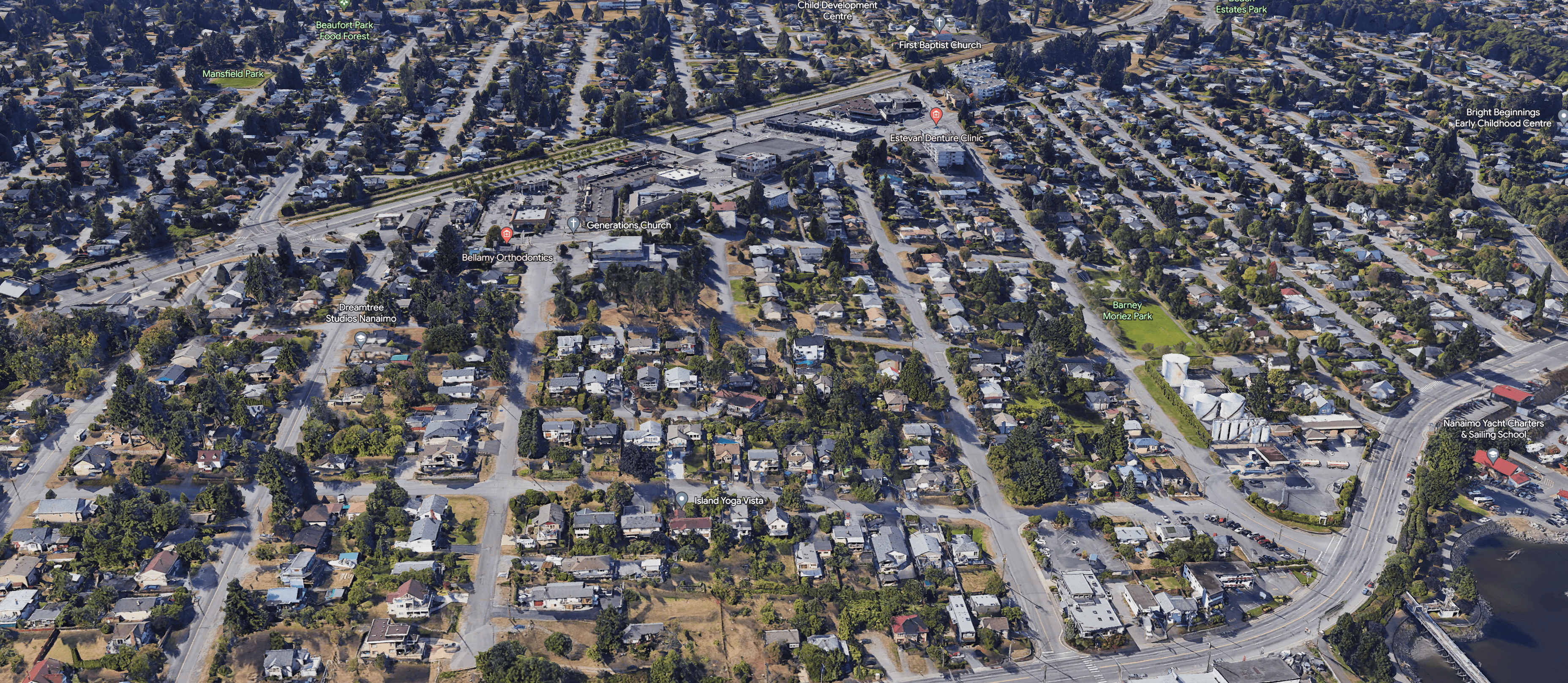
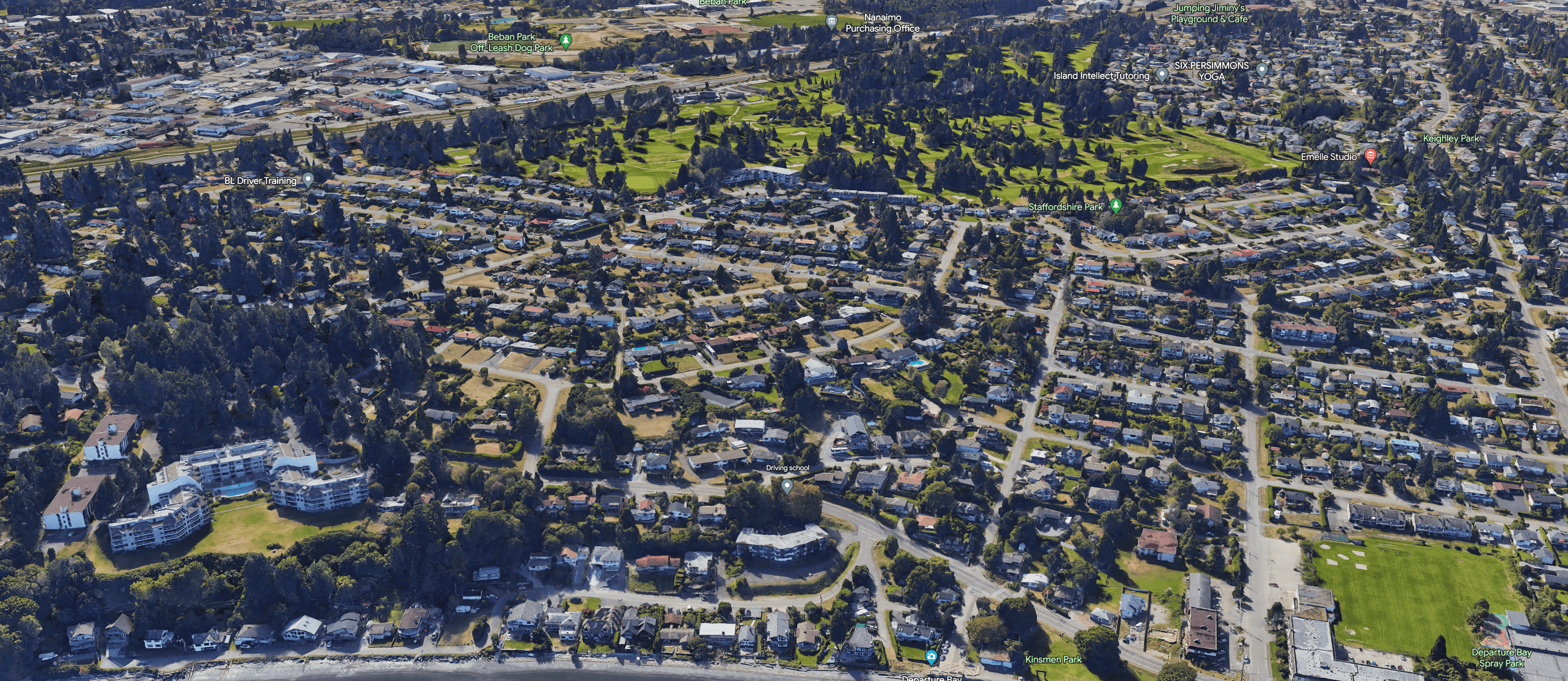
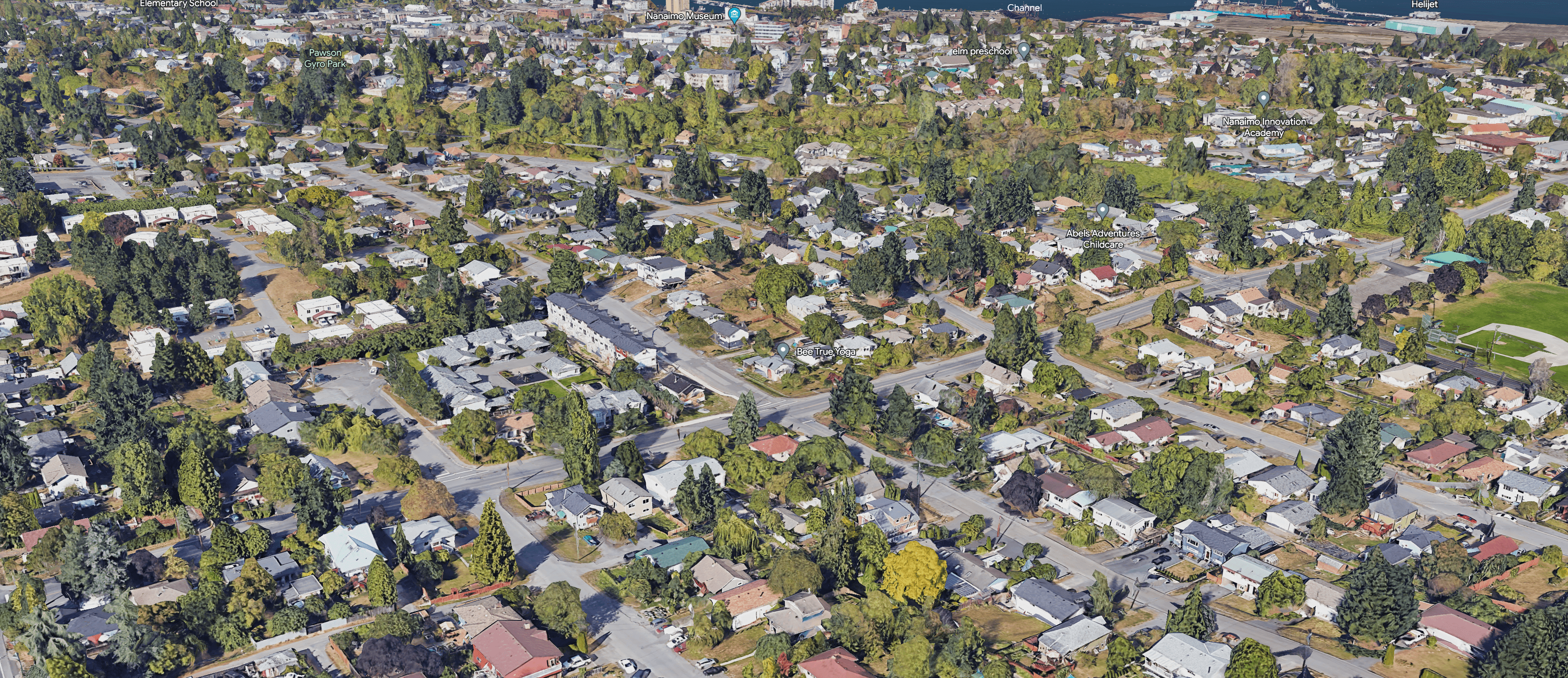
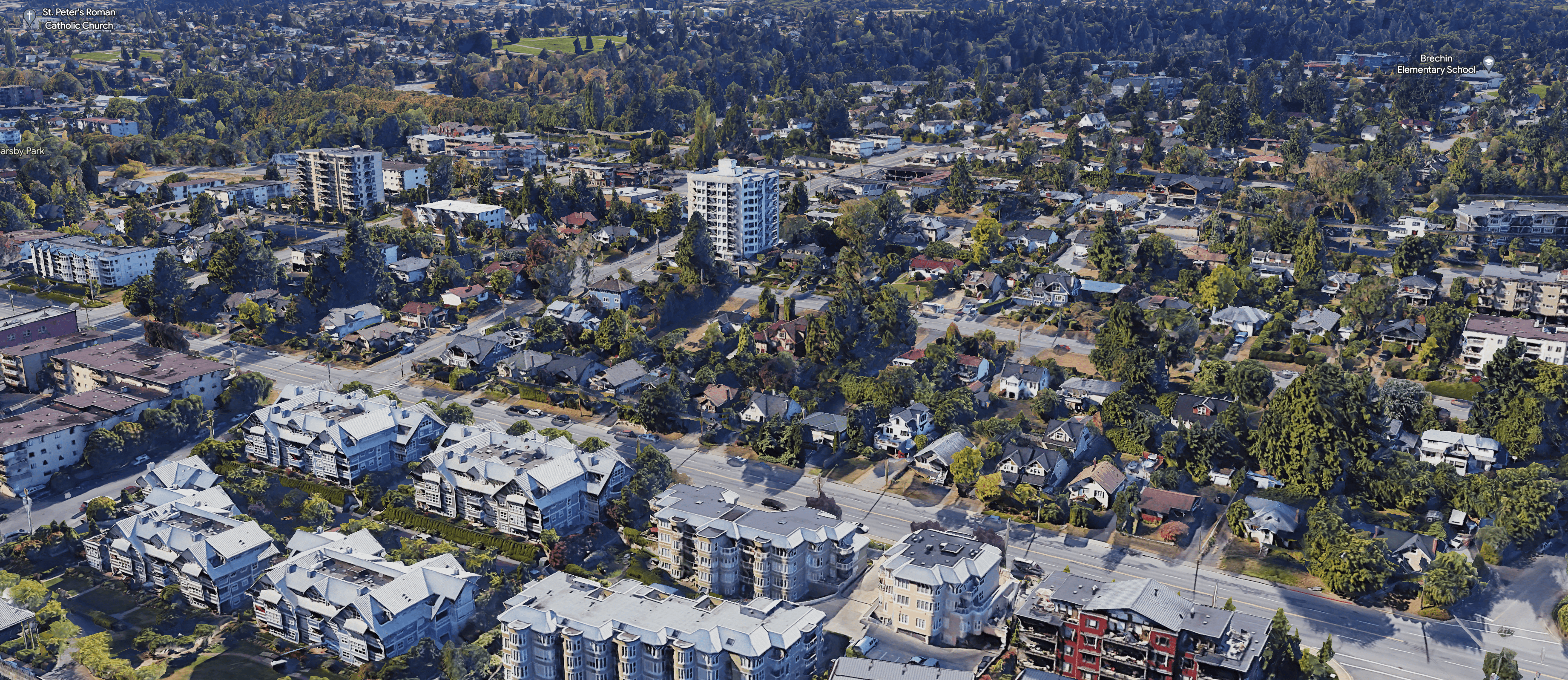
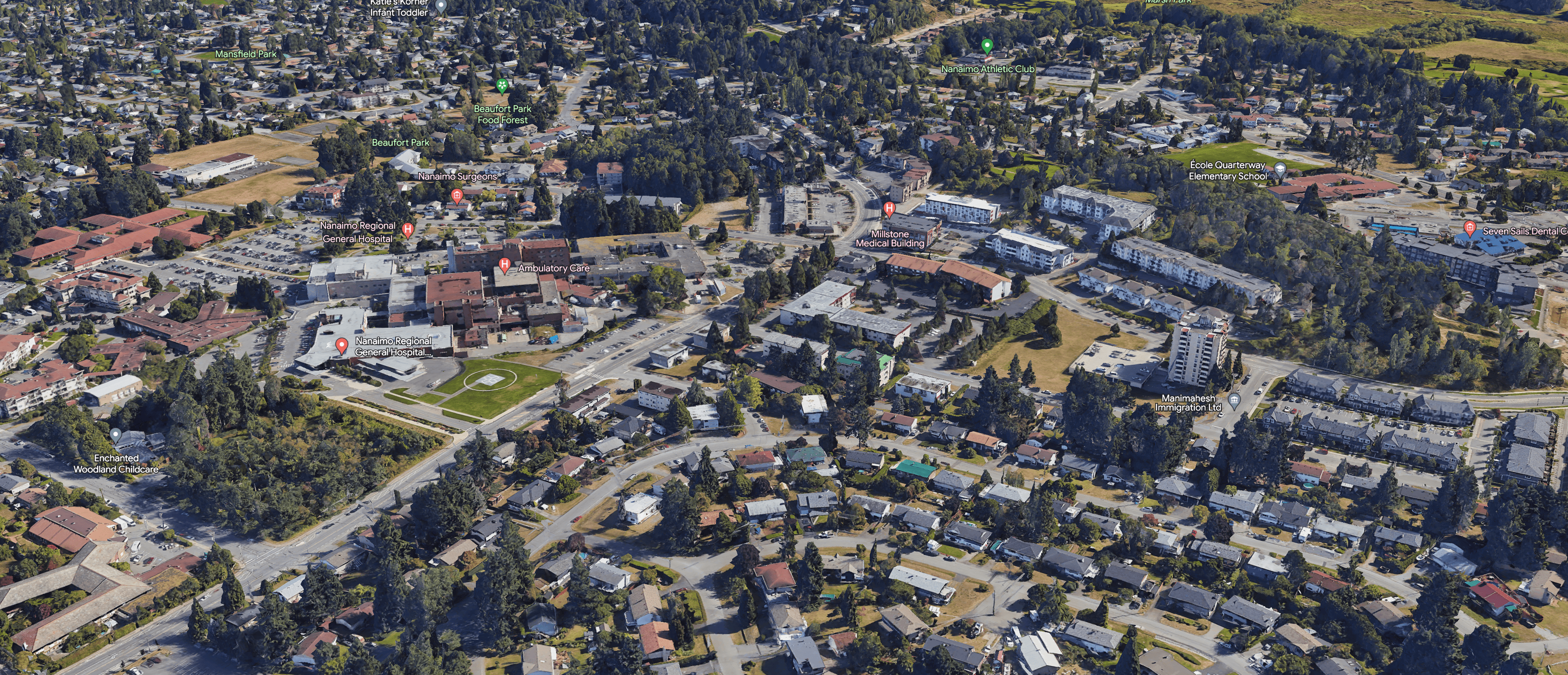
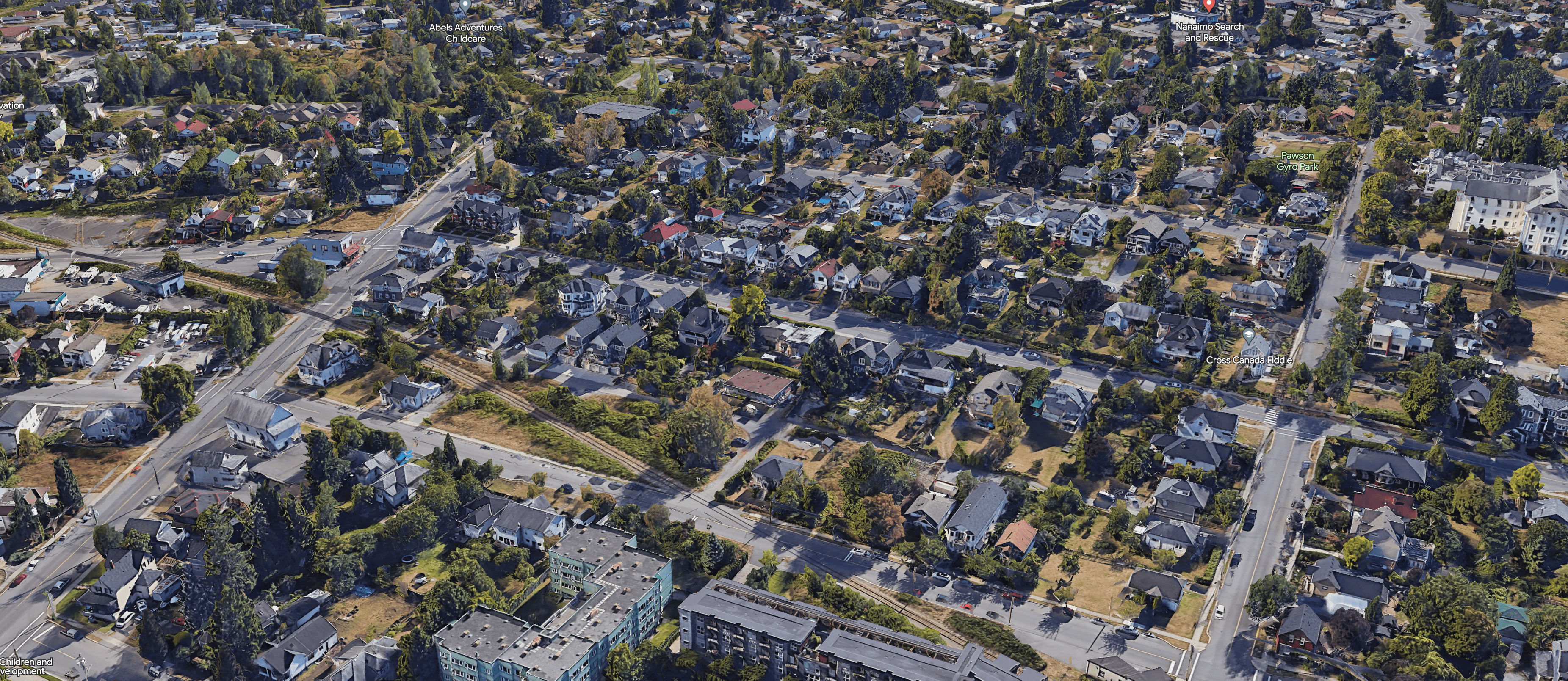
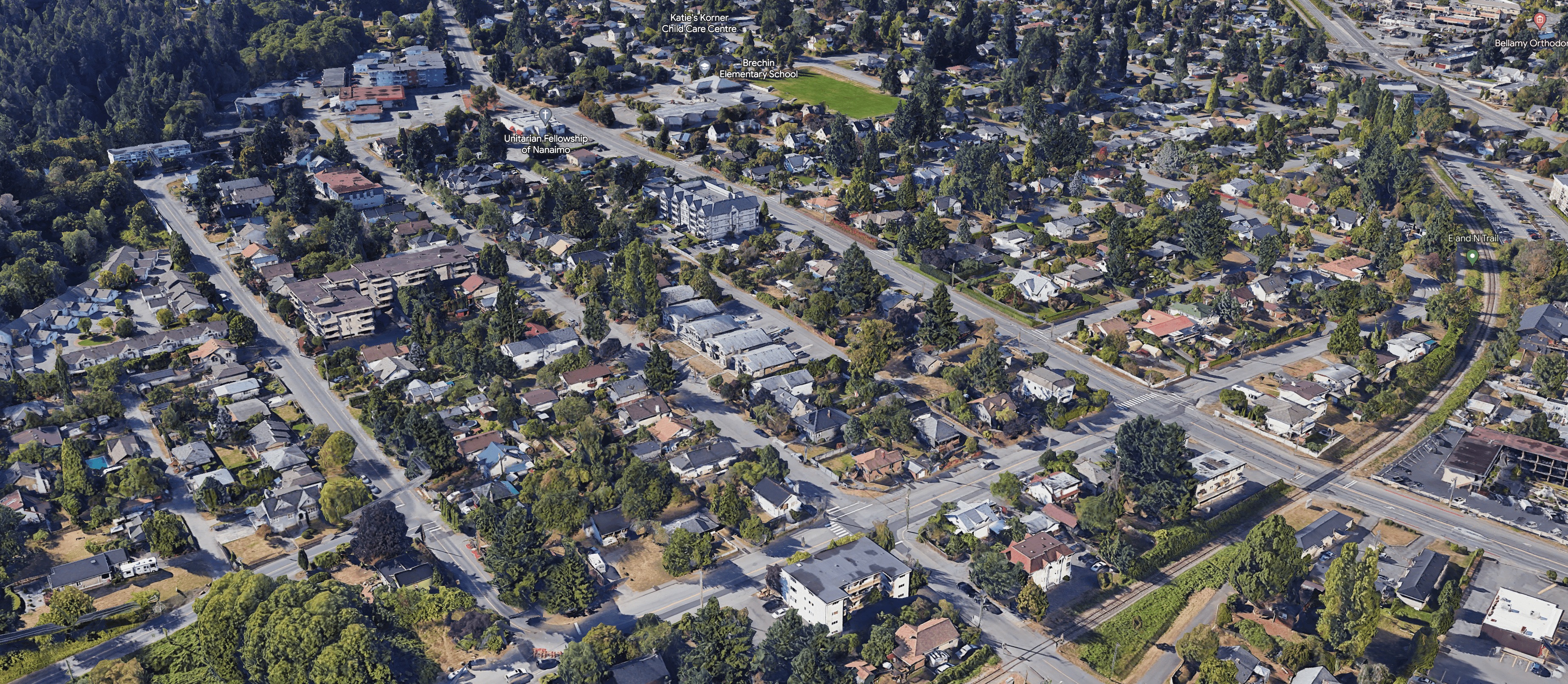
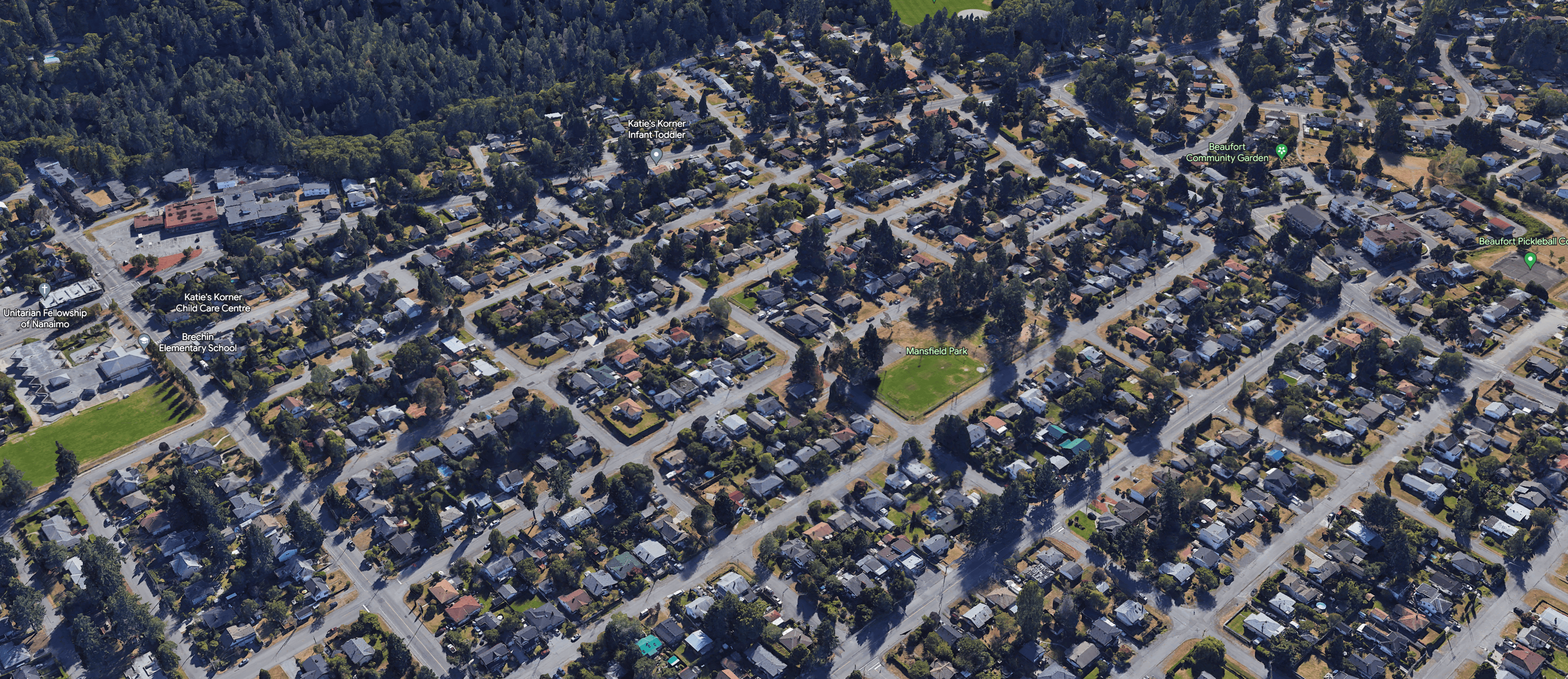
Diverse housing forms within walkable neighbourhoods make it more convenient for residents to use public transportation. This reduces car dependency and traffic congestion, contributing to a more sustainable and environmentally friendly community.
